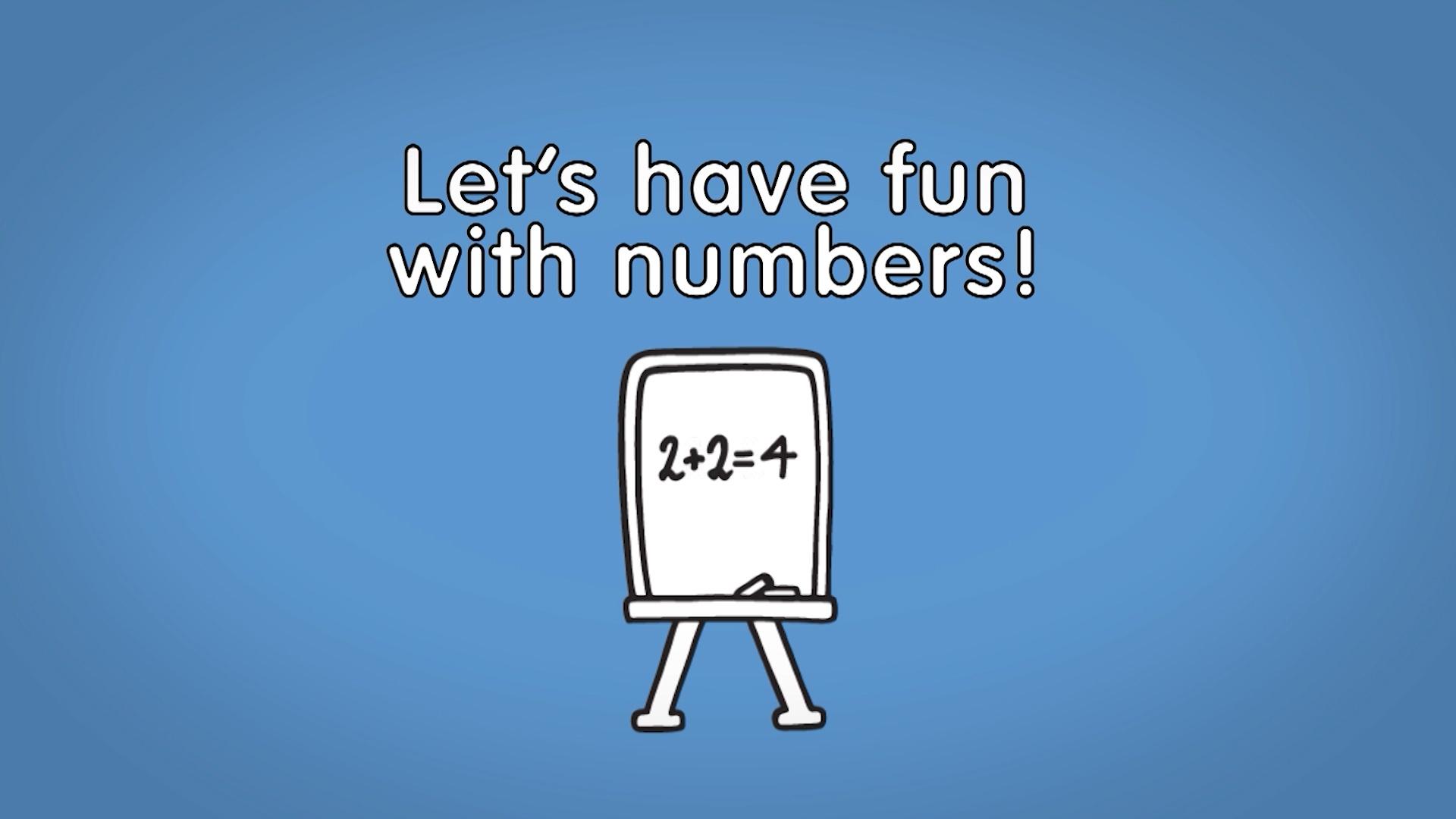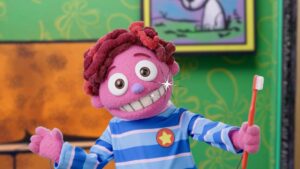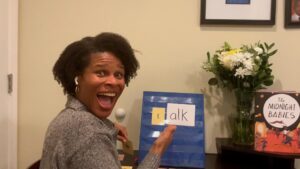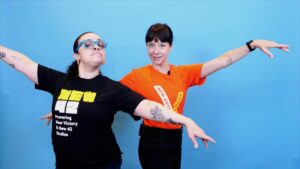November 16, 2020
THE SECRET HIDDEN NUMBER
Lily Fincher and Omar Etman play a game to help children develop a mental number line. Students use more than/less than clues to determine a number between 1 and 20."
Related Clips
-
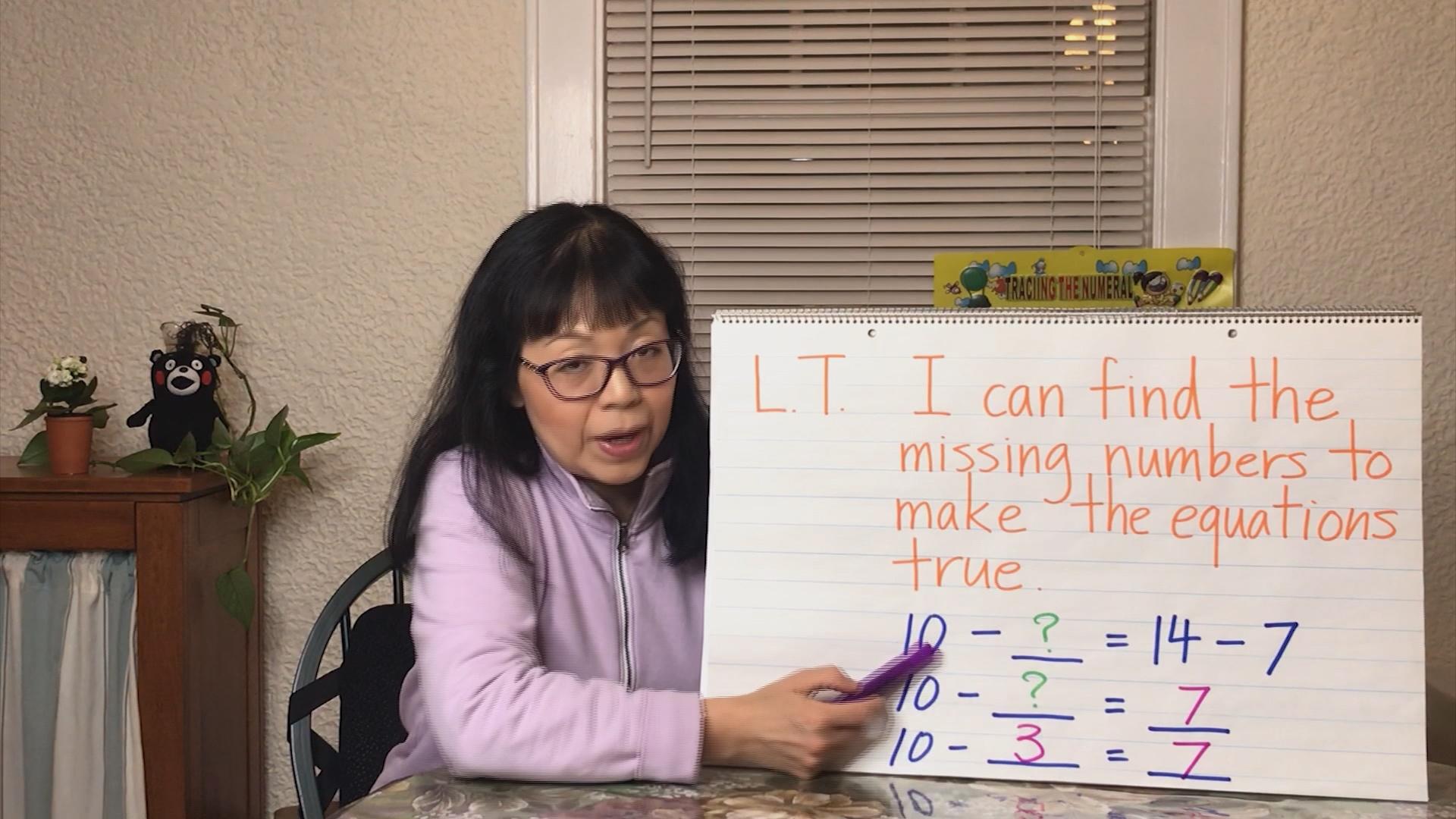
Find the Missing number
Yasuko Yamaguchi helps students find missing numbers to make equations true.
-
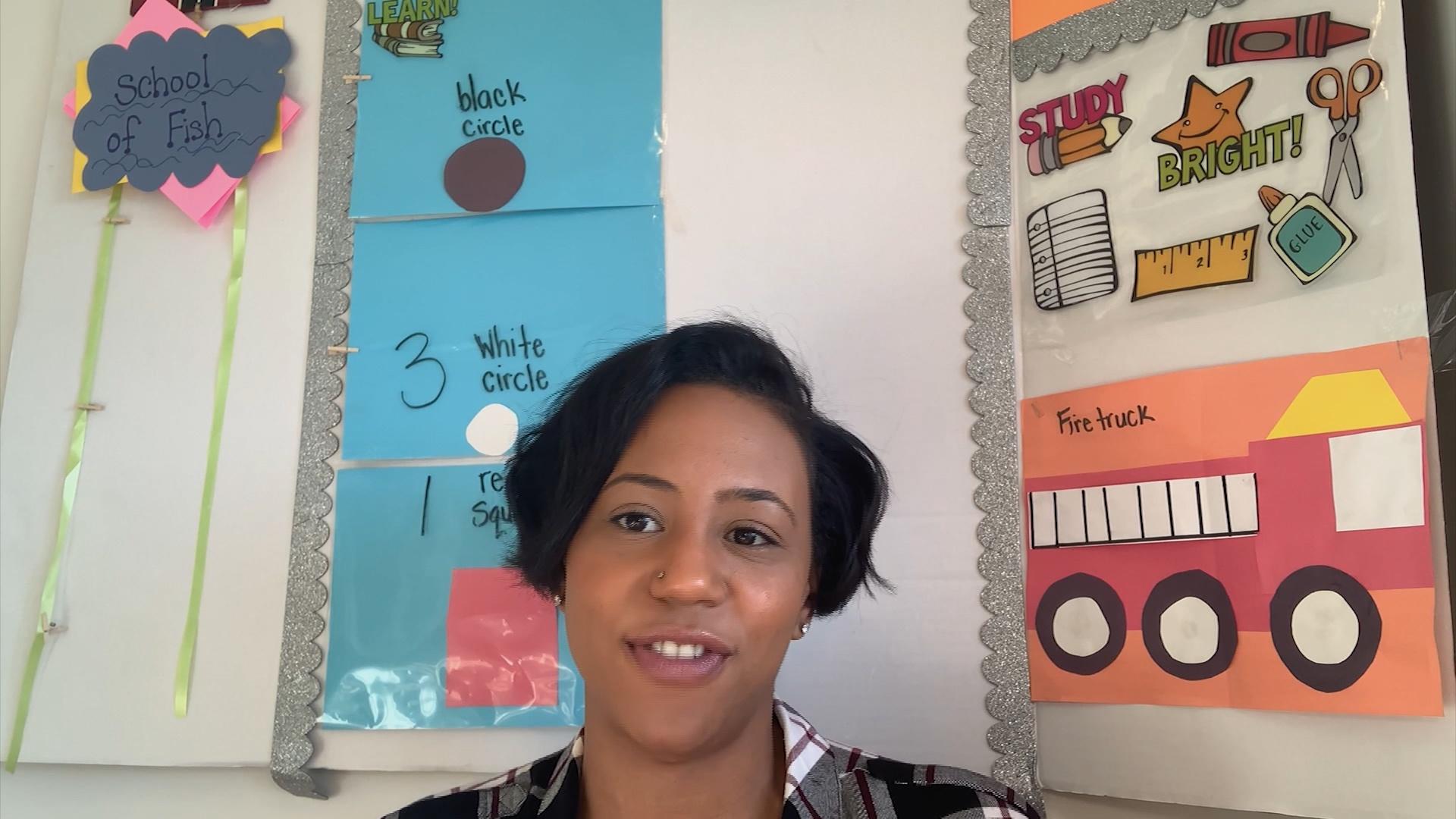
EXPLORING NUMBERS AND ORAL COUNTING
Shana Davis helps students explore numbers 0-5.
-
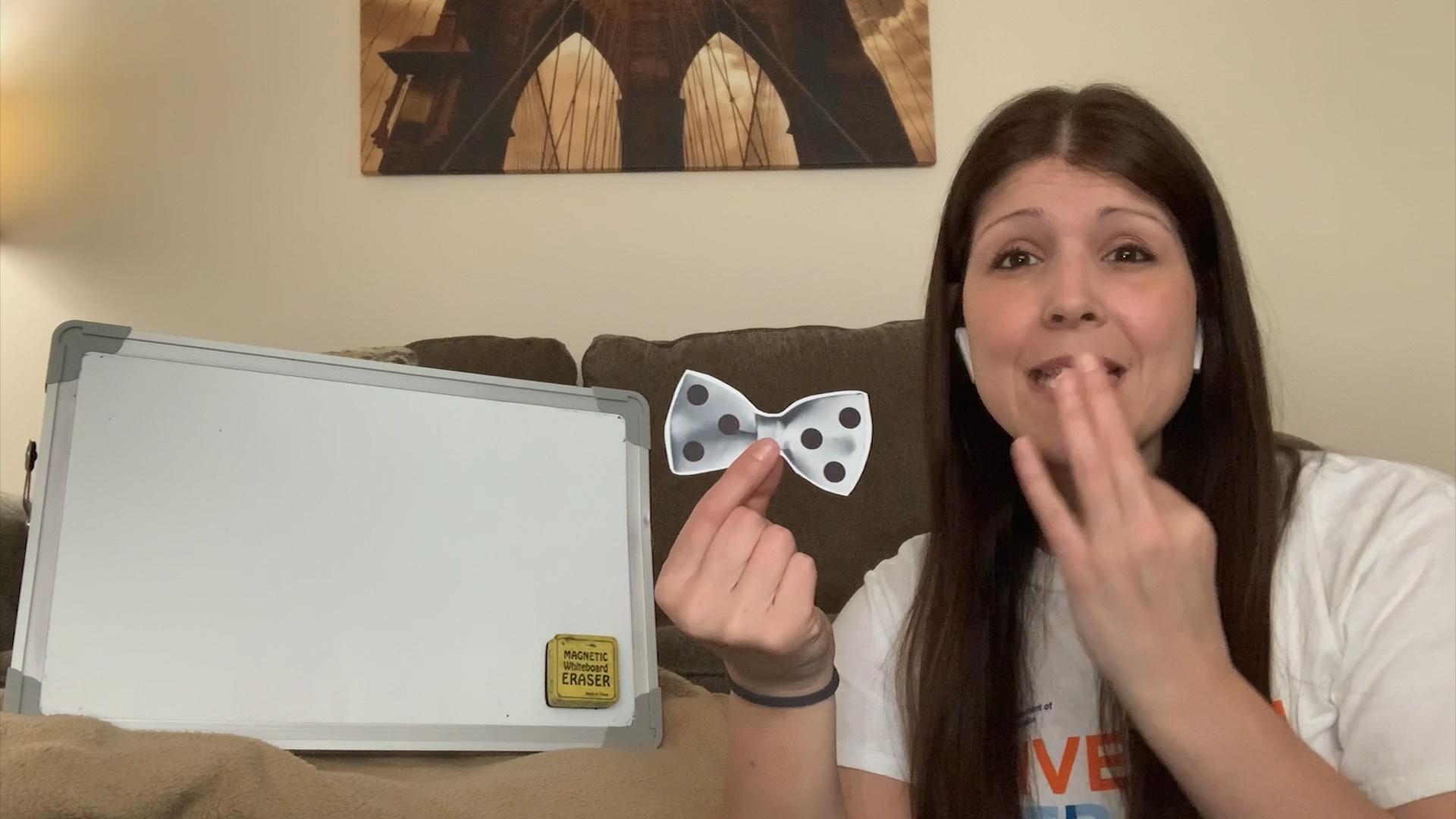
ALL ABOUT THE NUMBER 10
Lauren Olivieri helps students learn all about the number 10.
-
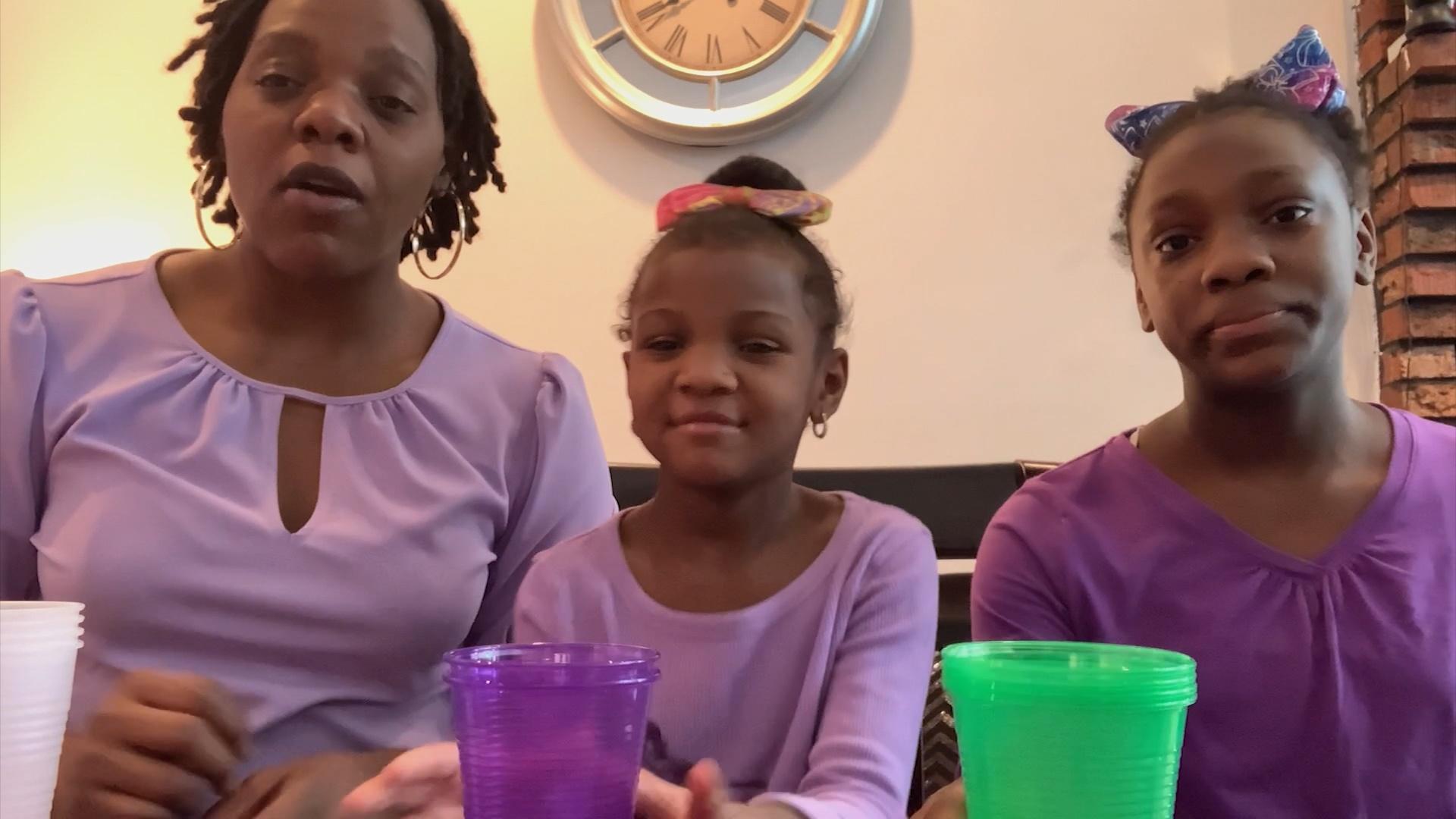
ADD THREE NUMBERS
Trinettte Carruthers helps students add 3 numbers in 3 different ways.
-
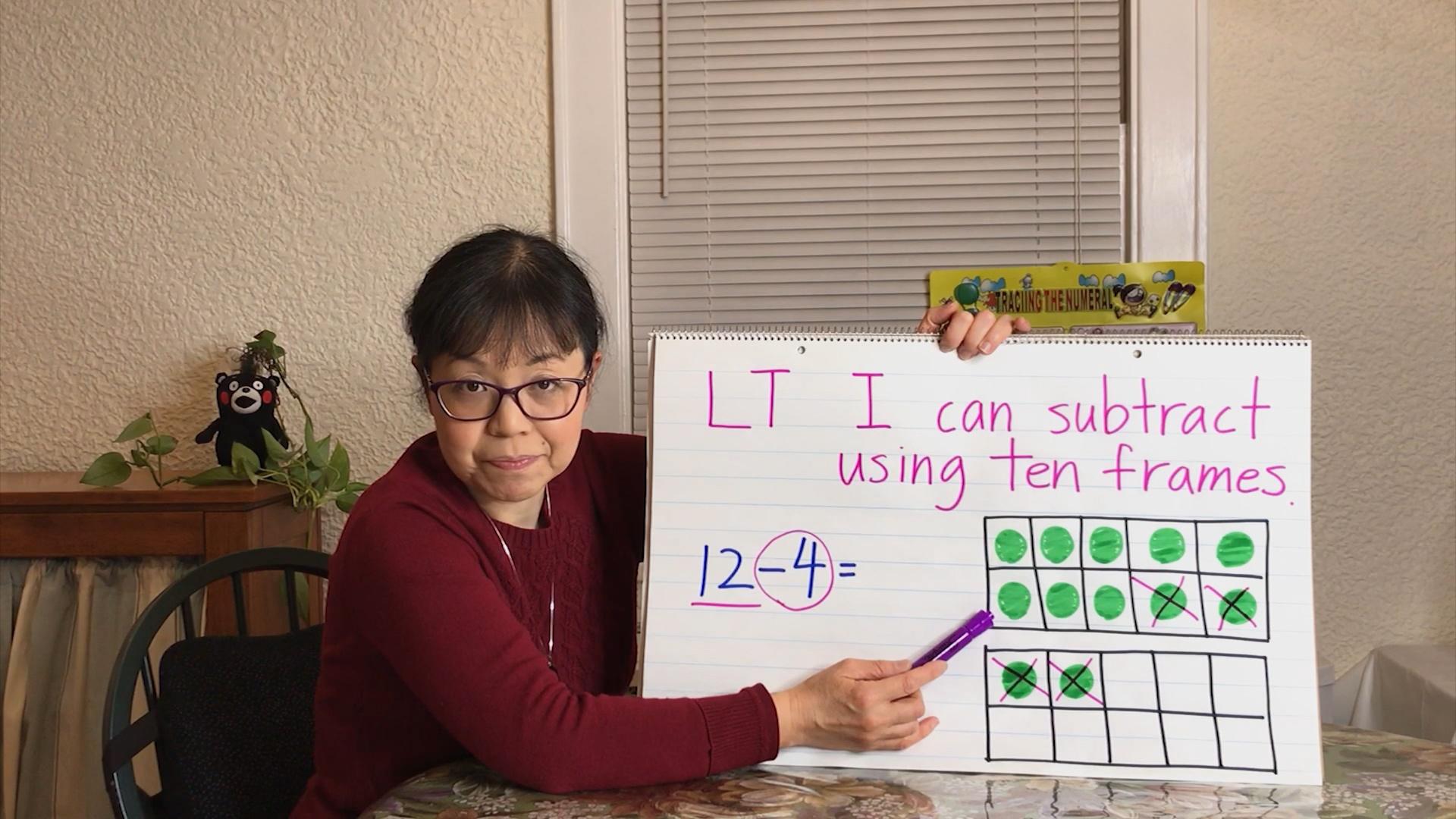
SUBTRACT USING 10 FRAMES
Yasuko Yamaguchi helps students subtract using 10 frames.
-
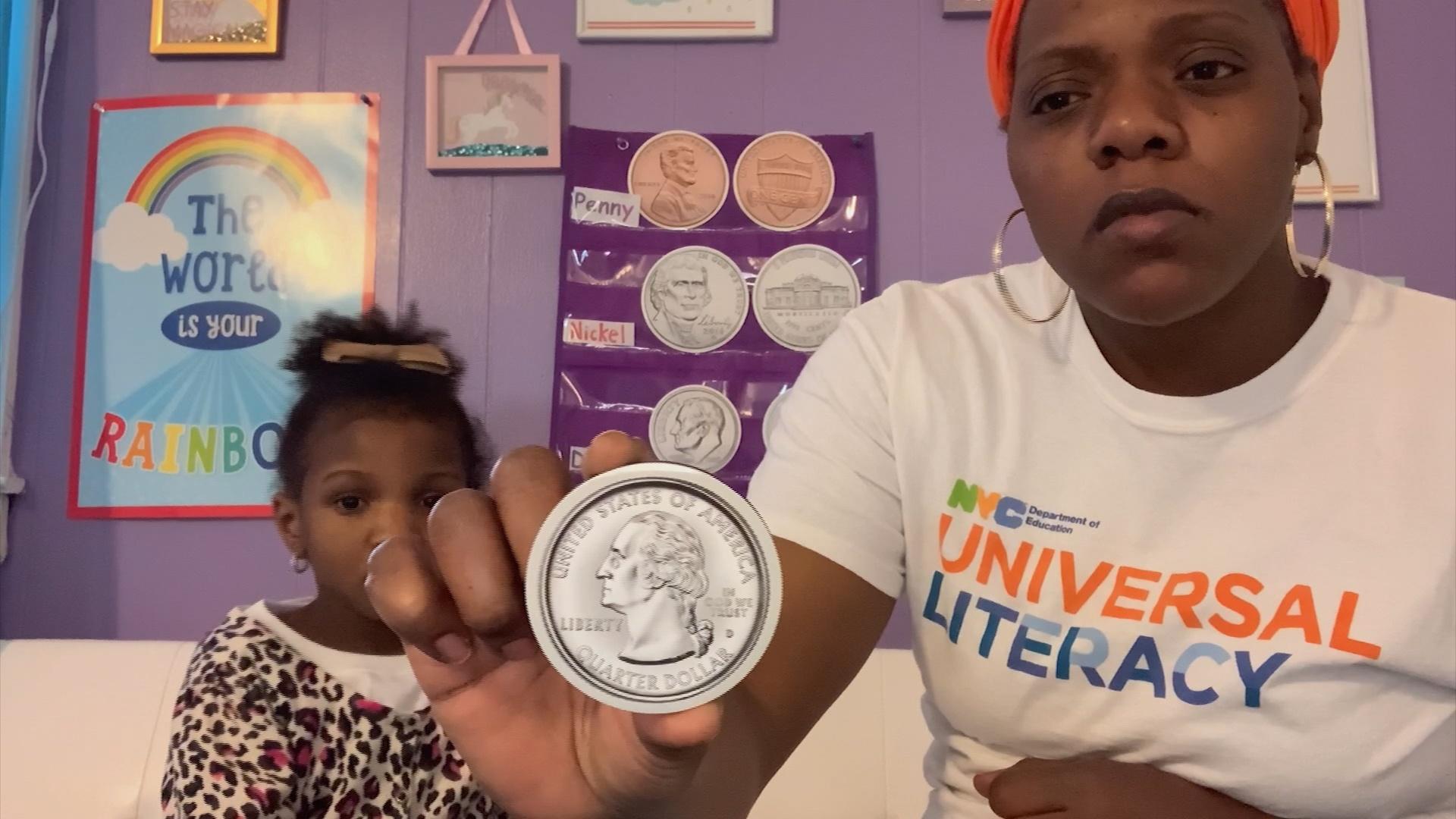
EXPLORE & IDENTIFY COINS
Trinette Carruthers introduces students to a coins and their value.
-
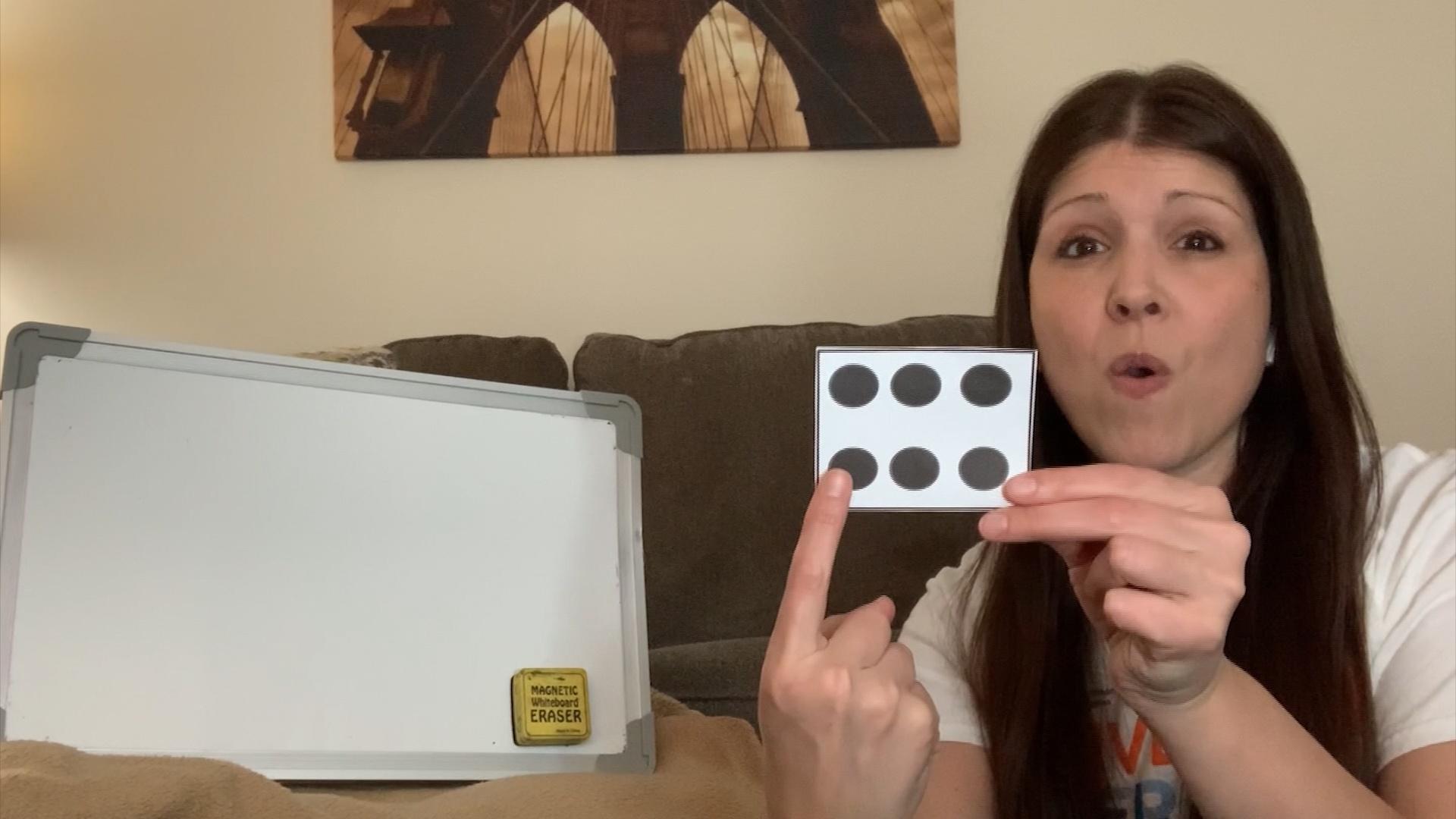
LEARN ALL ABOUT THE NUMBER 9
Lauren Olivieri helps students decompose the number 9.
-
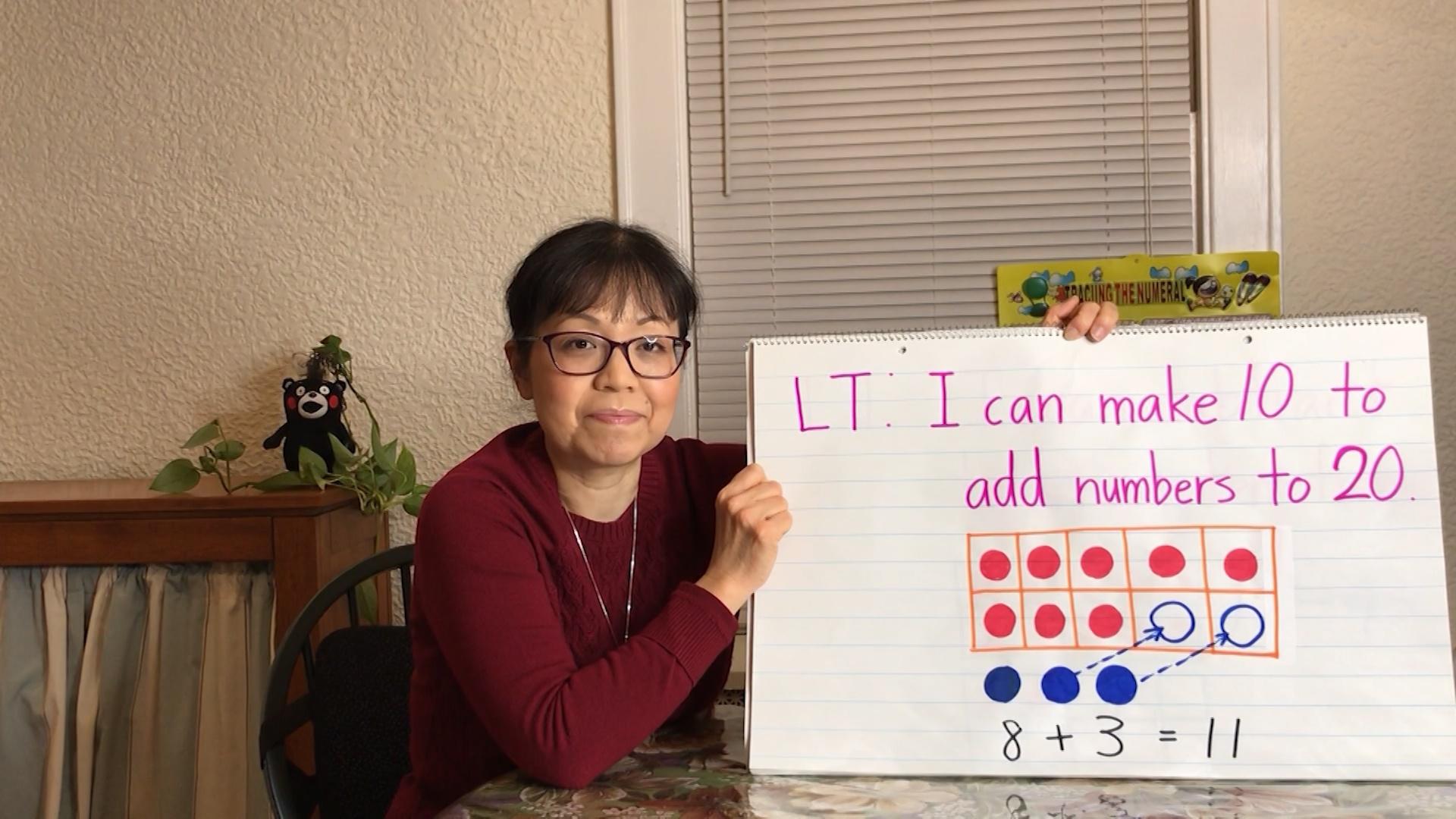
MAKE 10 TO ADD NUMBERS TO 20
Yasuko Yamaguchi helps students add numbers to 20.
-

COUNTING SHELLS
Steve Sherman from MoMath helps students count shells.
-
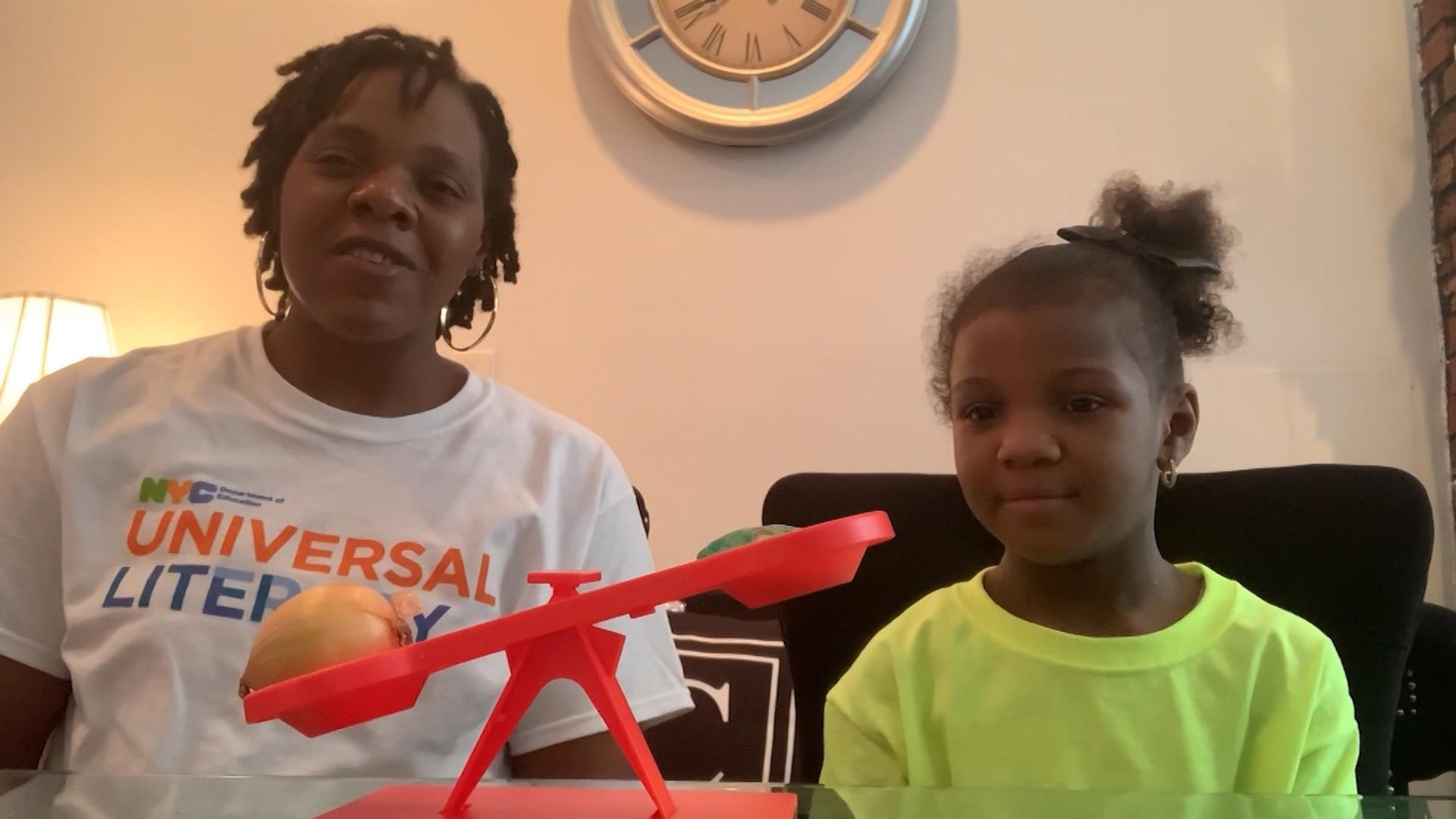
COMPARE BY WEIGHT
Trinette Carruthers helps students to compare weights of objects with a pan balance.
-
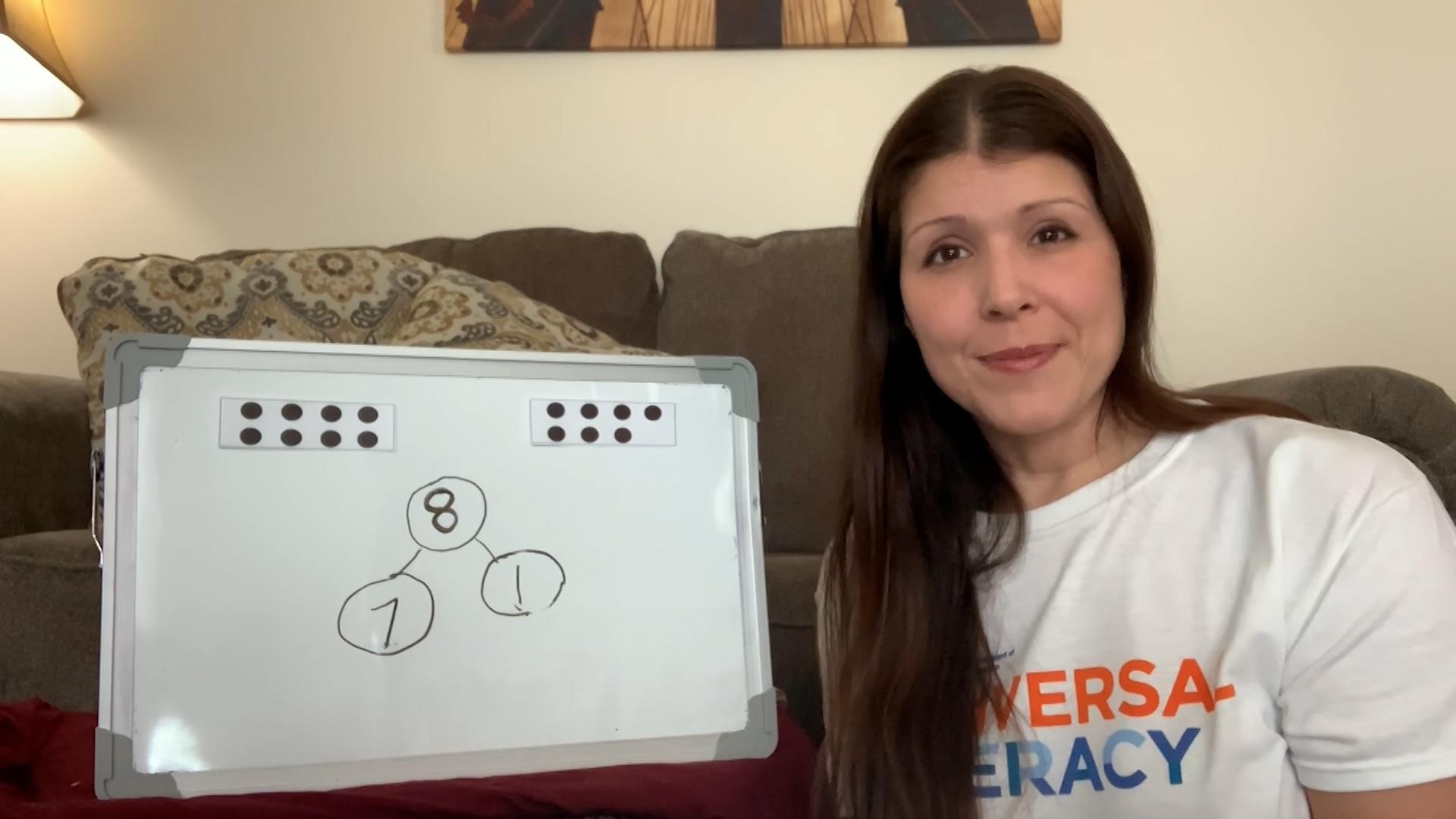
LEARN ALL ABOUT THE NUMBER 8
Lauren Olivieri helps student learn about different ways to decompose the number 8.
-
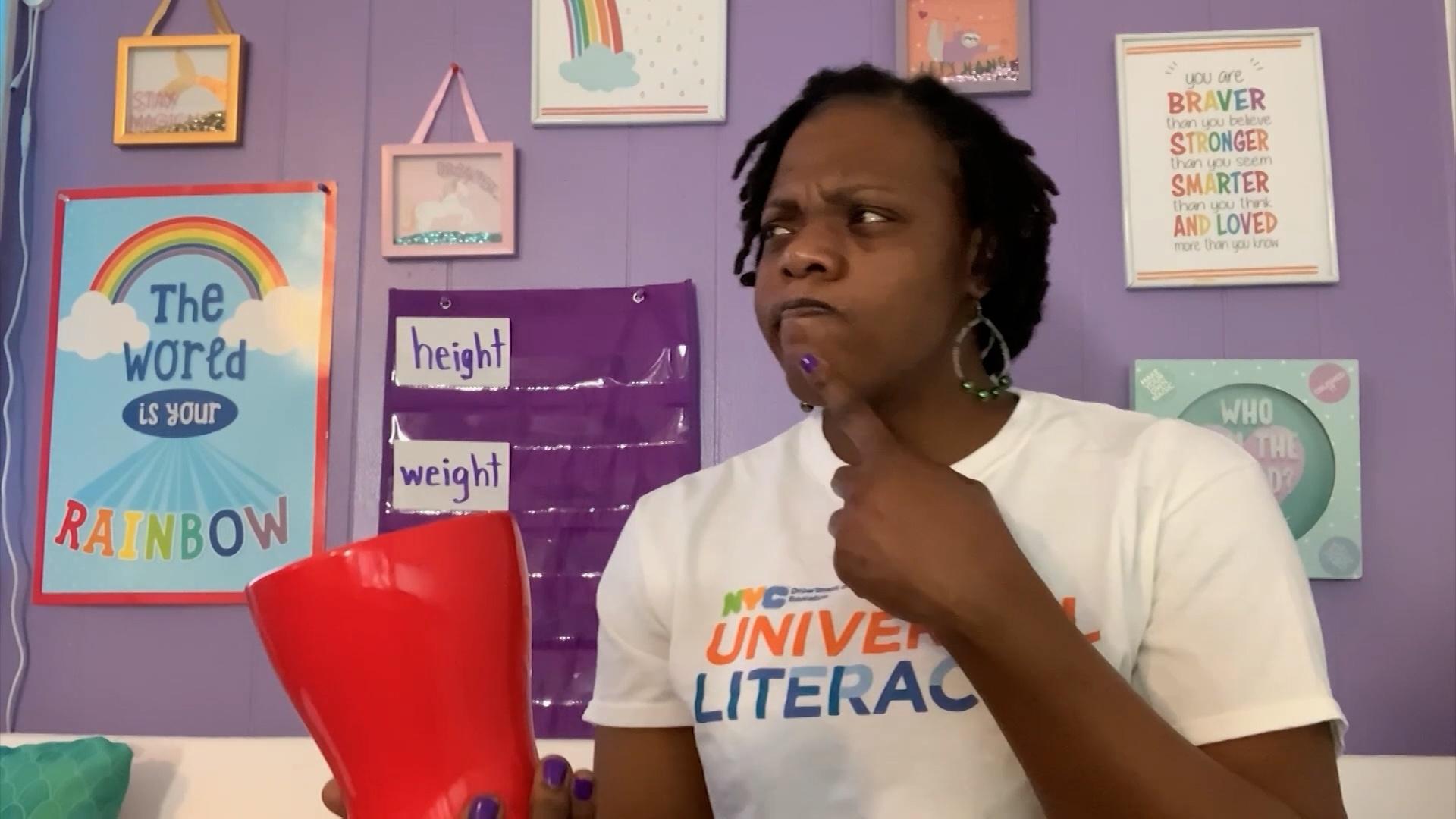
DESCRIBE OBJECTS BY THEIR ATTRIBUTES
Trinette Carruthers helps students describe objects by their attributes.
-
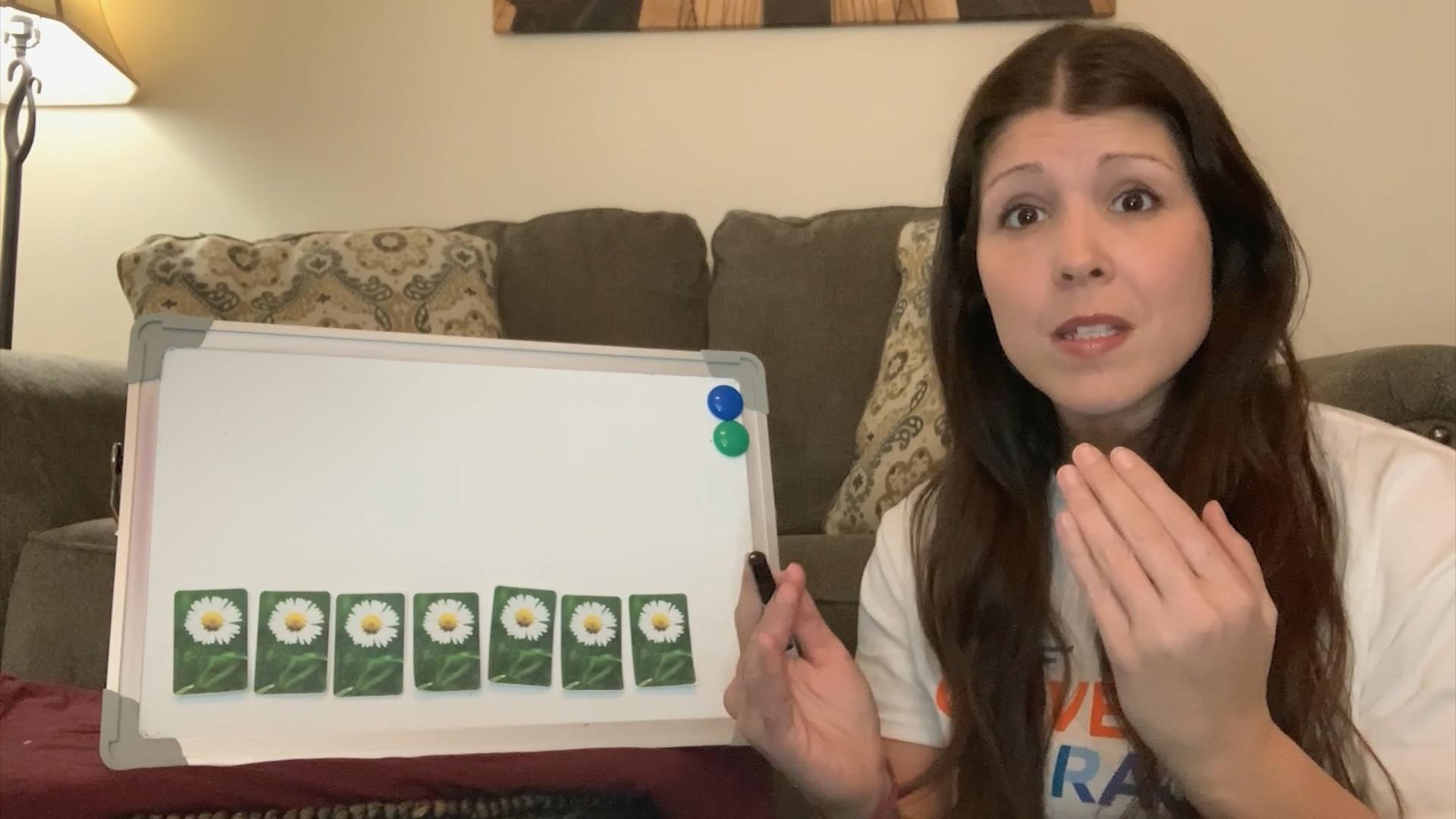
ALL ABOUT THE NUMBER 7
Lauren Olivieri helps students represent the number 7 in various ways.
-
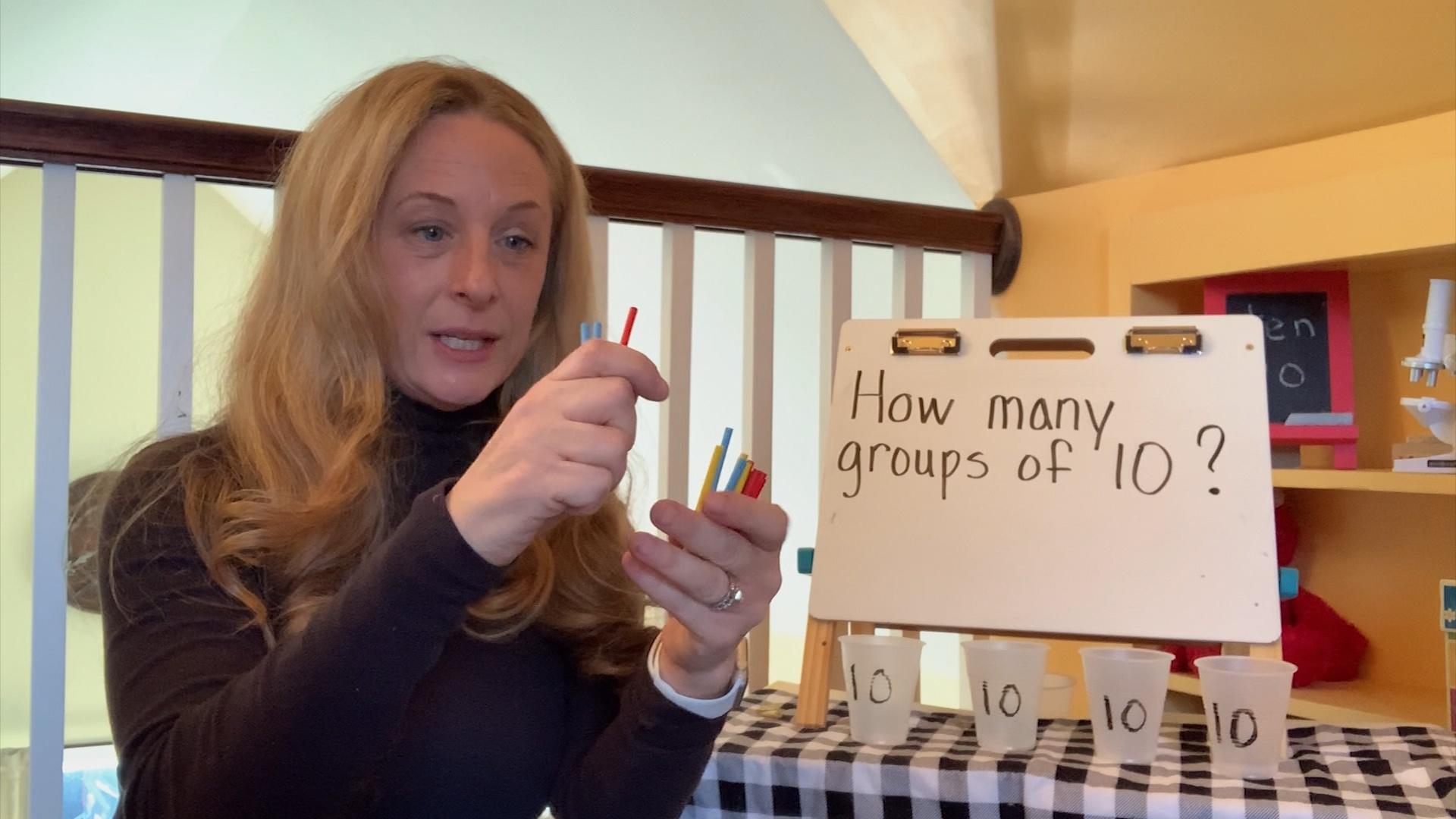
COUNTING 10-20
Nicole Treanor helps students count 10-20 objects from around their home.
-
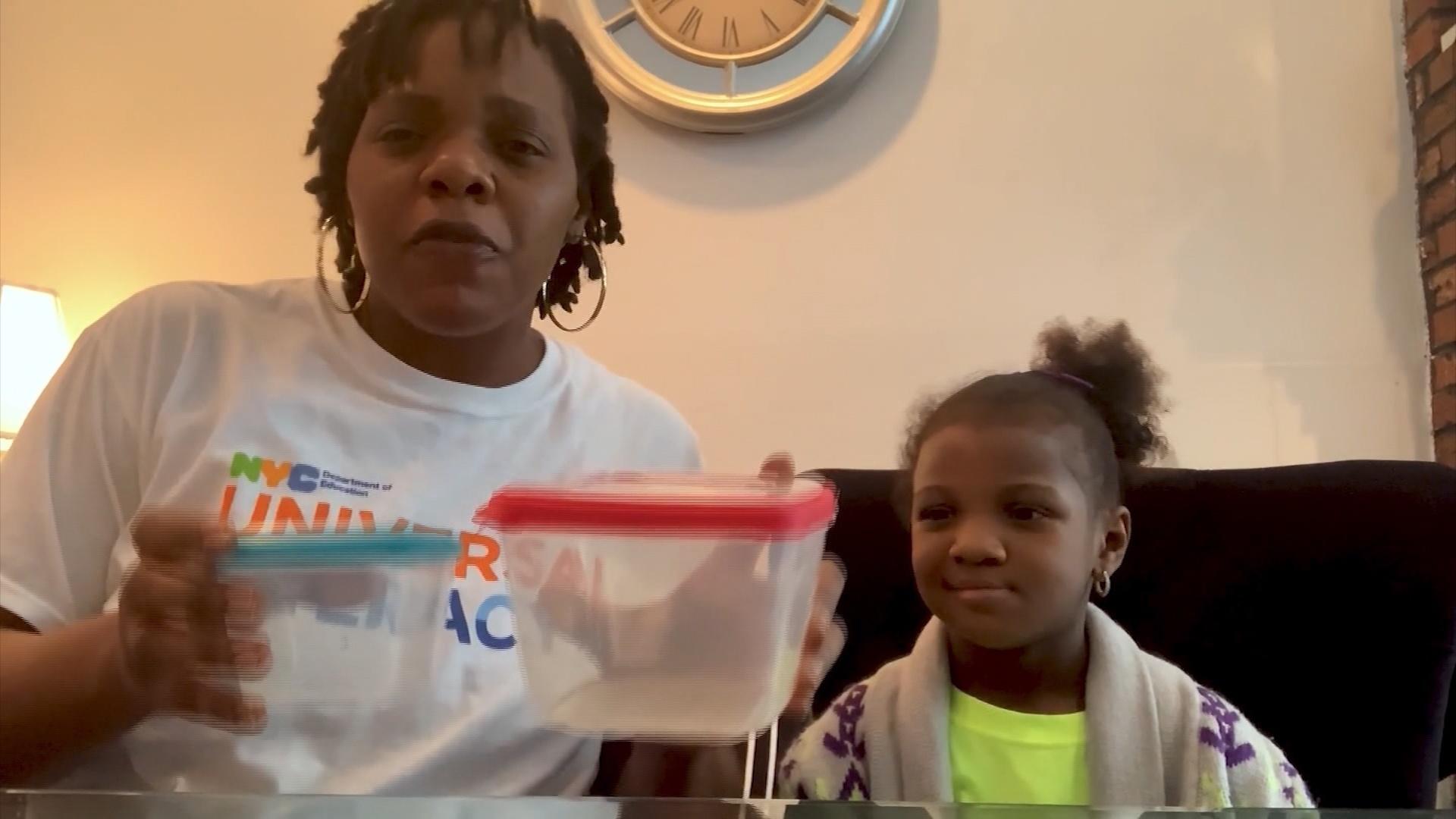
COMPARE BY CAPACITY
Trinette Carruthers explores the comparative capacity of different sized containers.
-
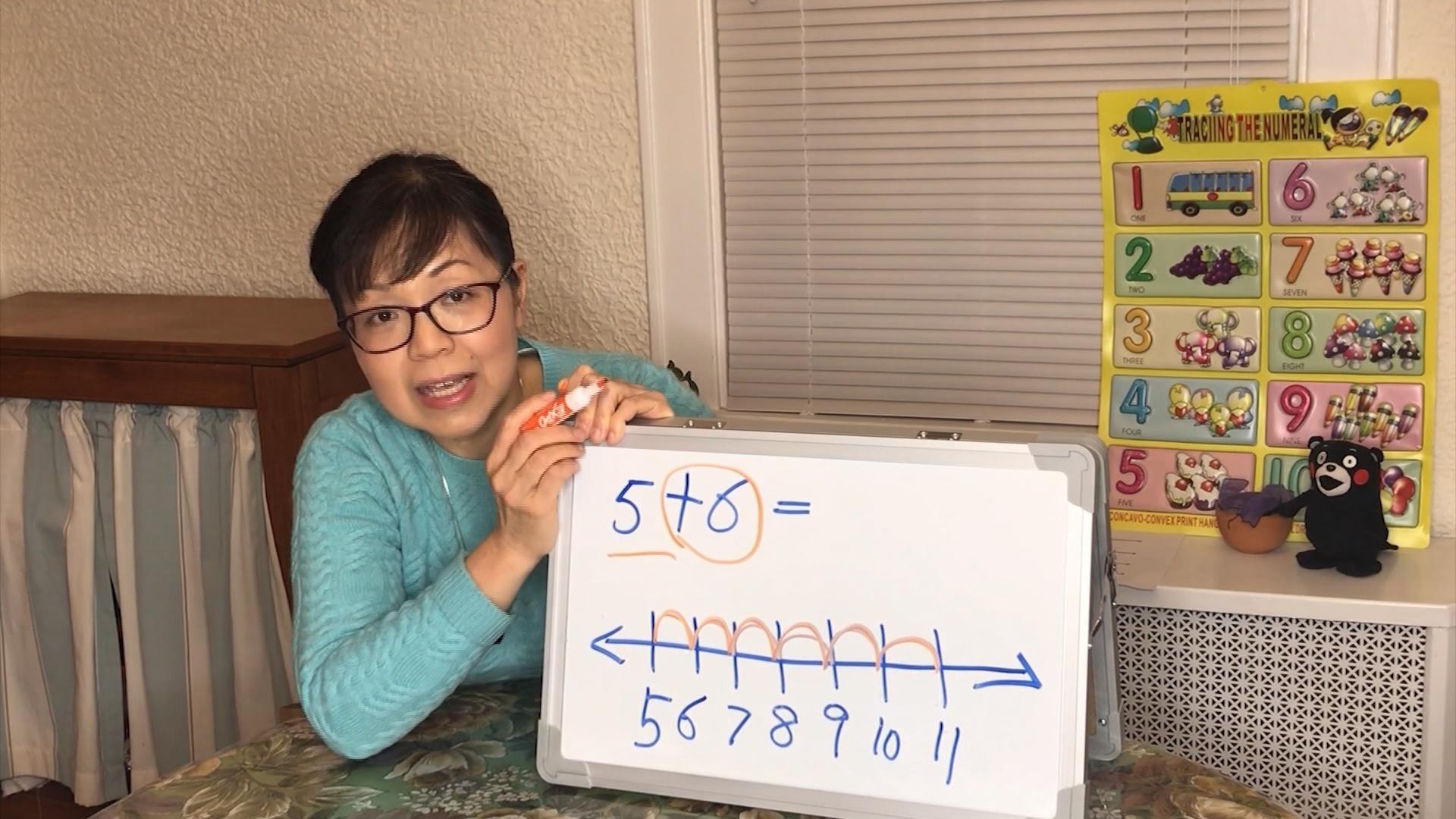
ADD USING AN OPEN NUMBER LINE
Yasuko Yamaguchi helps students add two numbers using an open number line.
-
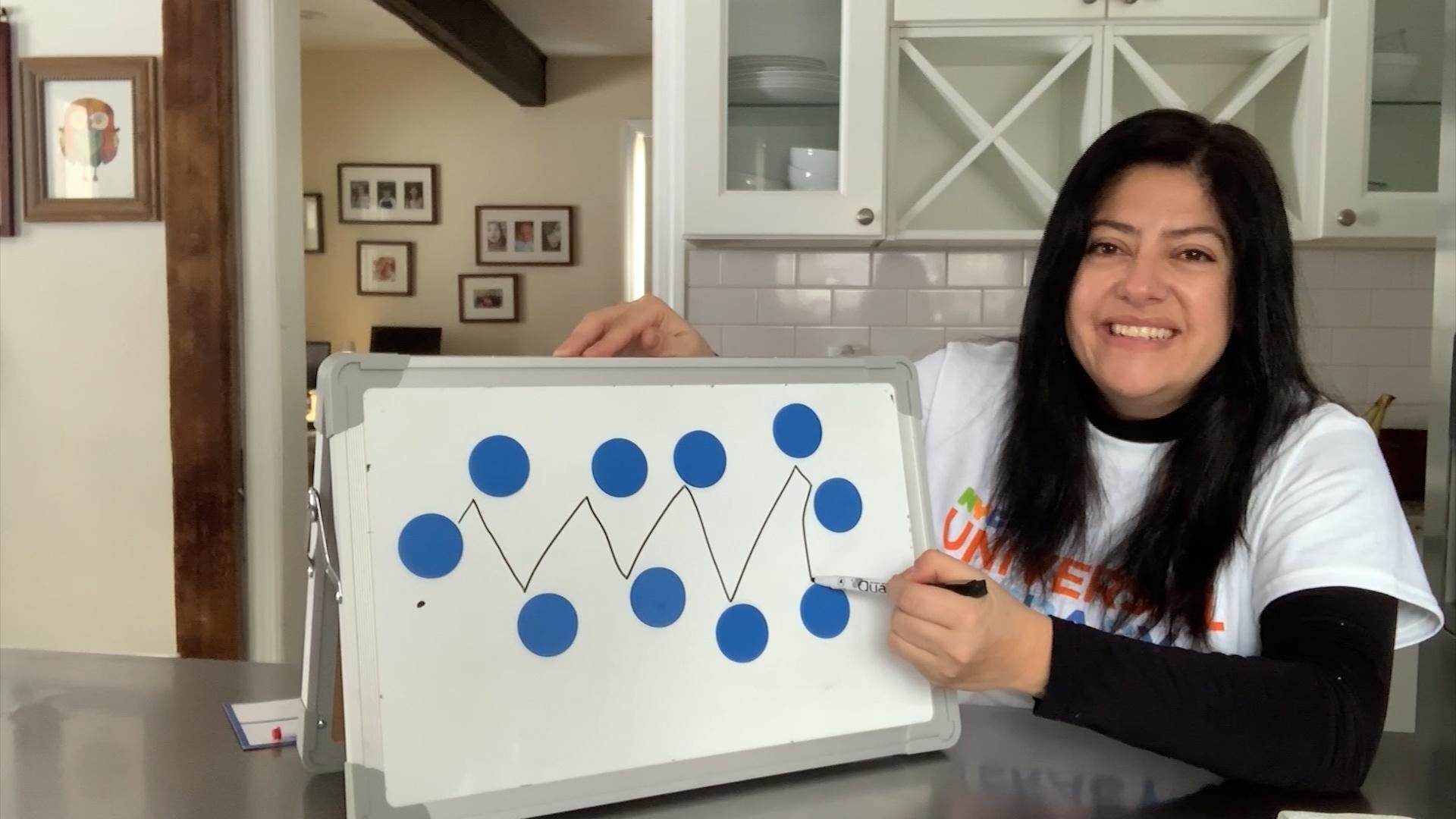
COUNT TO 10 IN DIFFERENT WAYS
Layla Munson helps students count to 10 in different ways
-
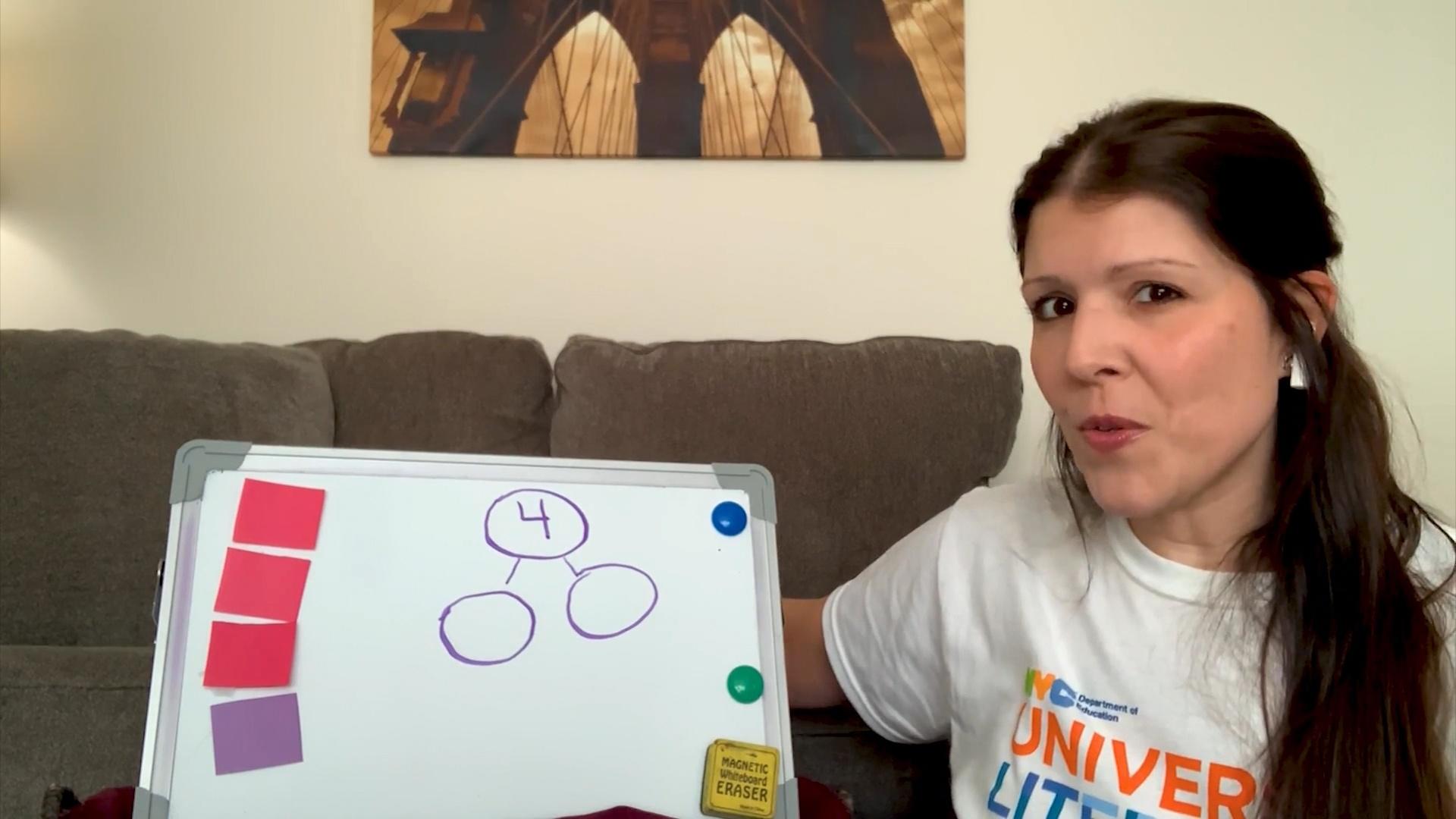
ALL ABOUT THE NUMBER 6
Lauren Olivieri helps students learn different ways to make the number 6.
-
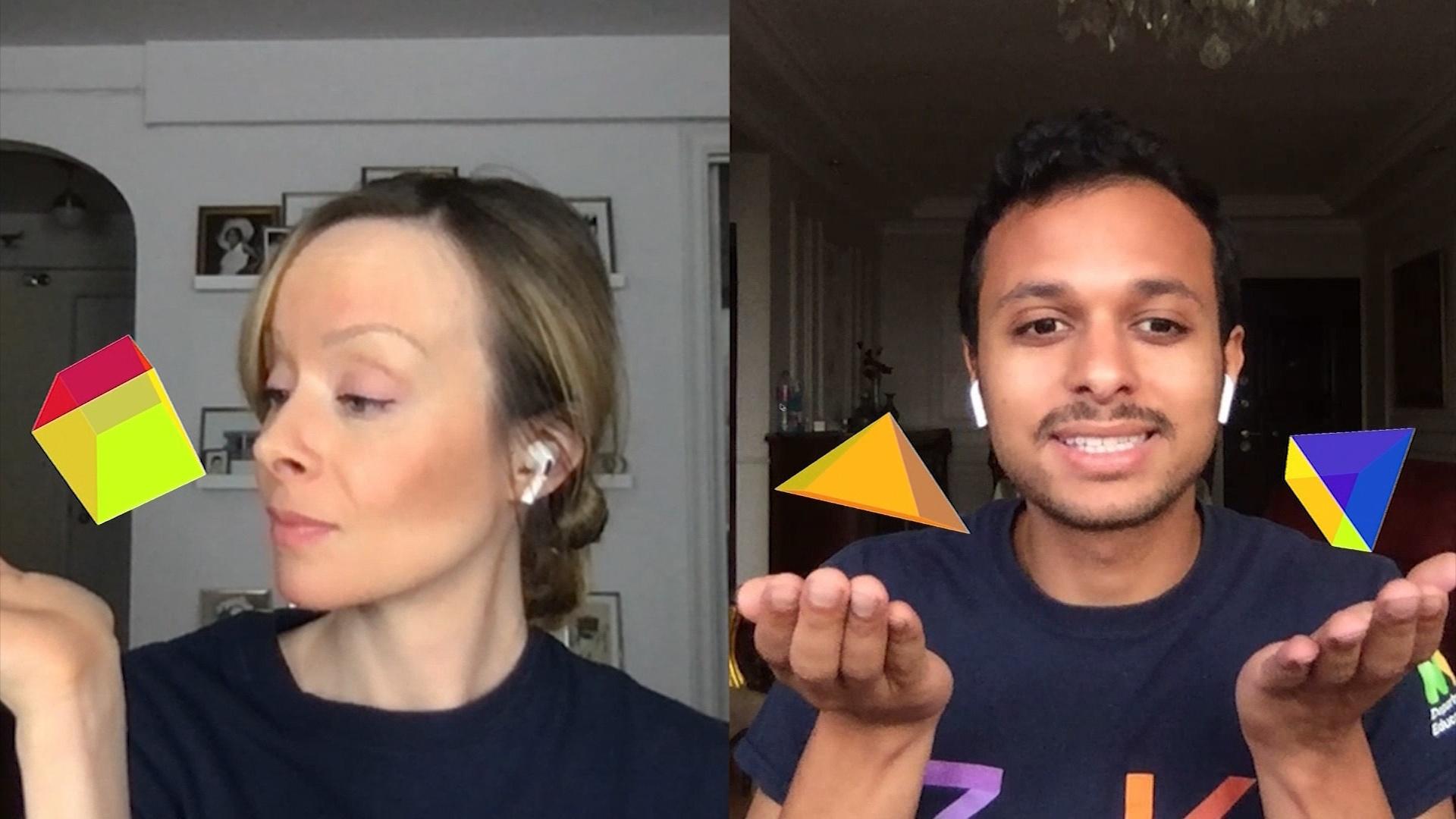
3D SHAPES
Lily Fincher and Omar Etman help students explore 3-D shapes.
-
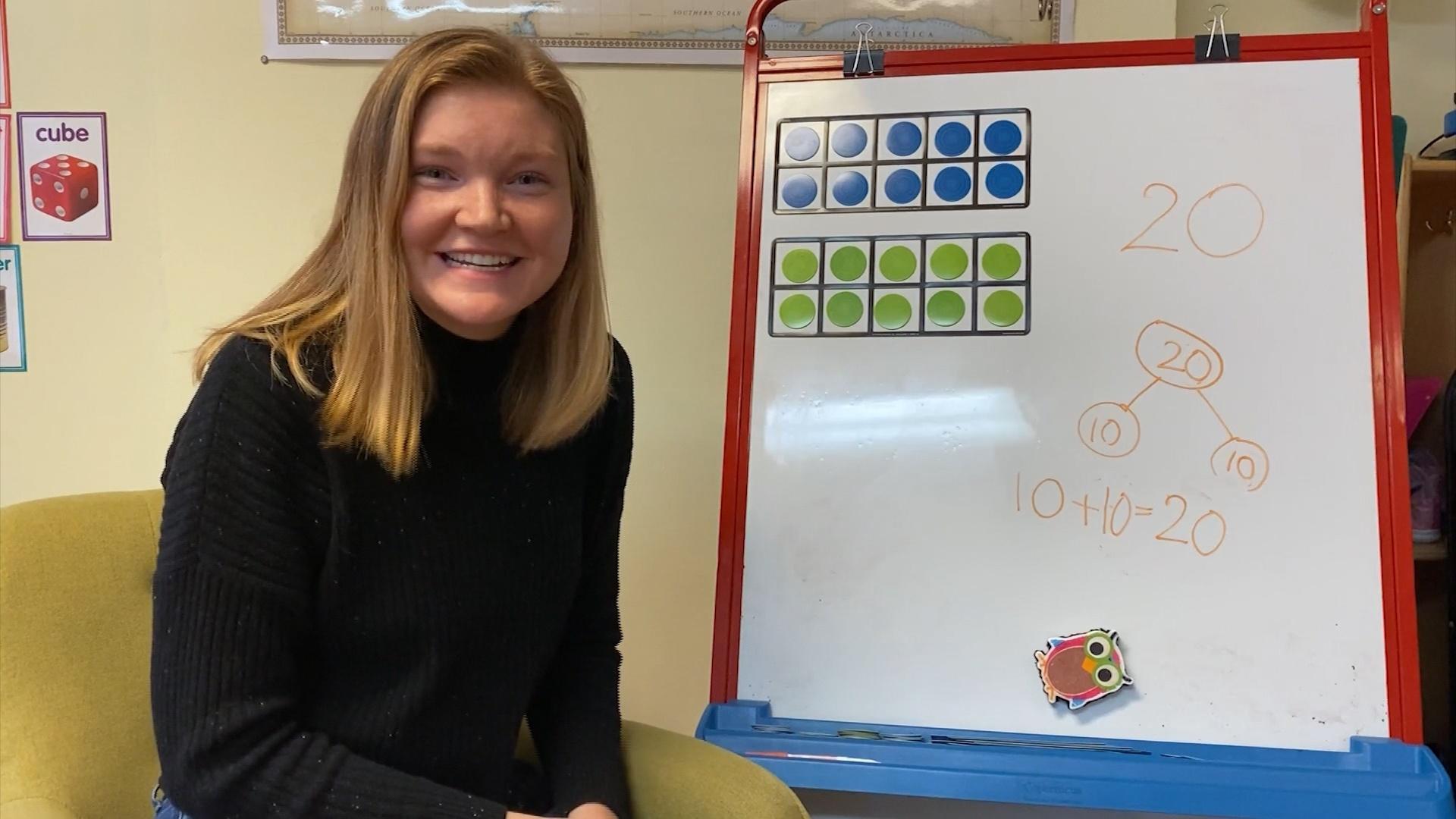
TEEN NUMBERS
Courtney Colletta explores teen numbers.
-
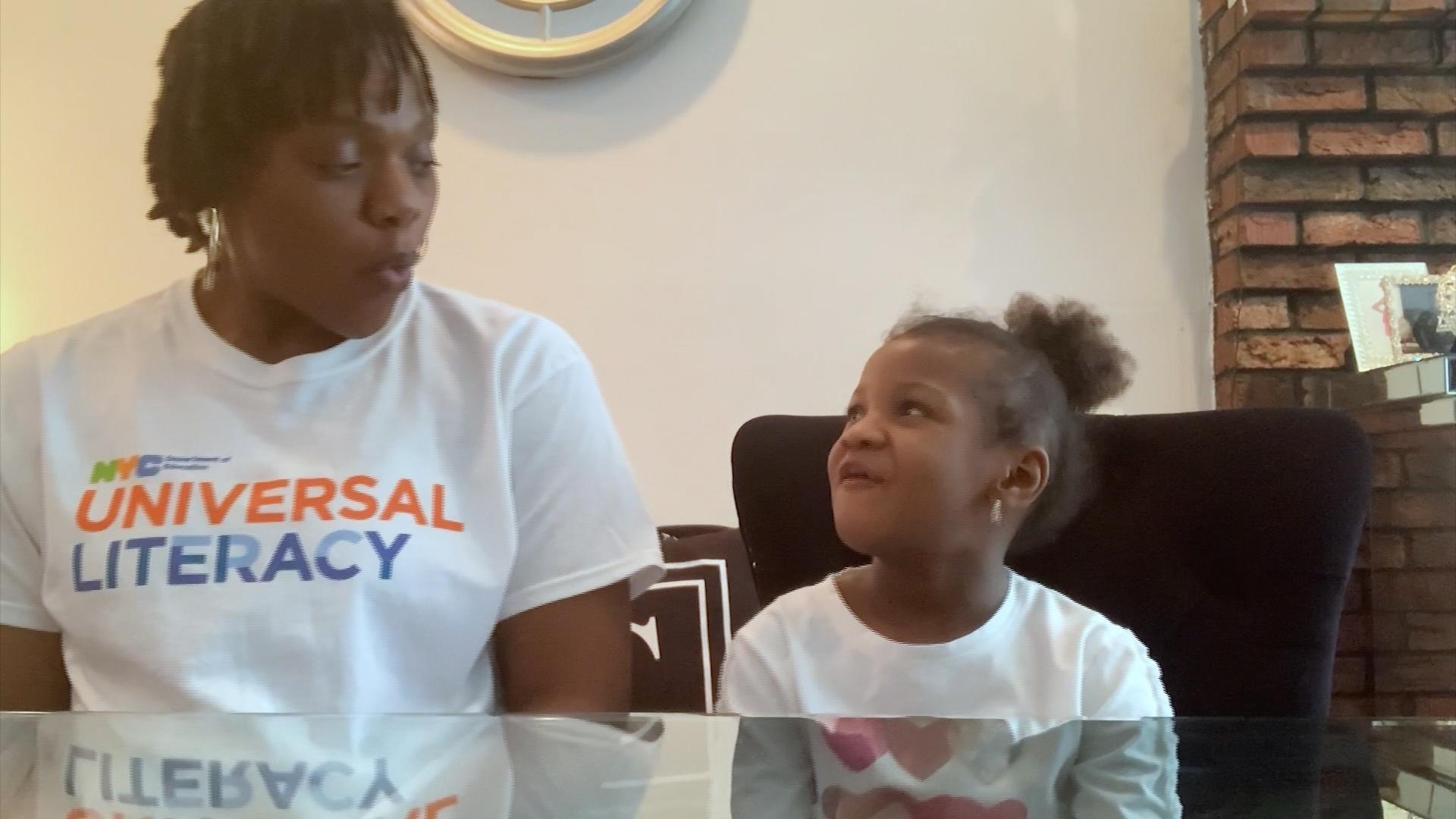
COMPARE BY LENGTH AND HEIGHT
Trinette Carruthers and her daughter compare objects by length and height.
-
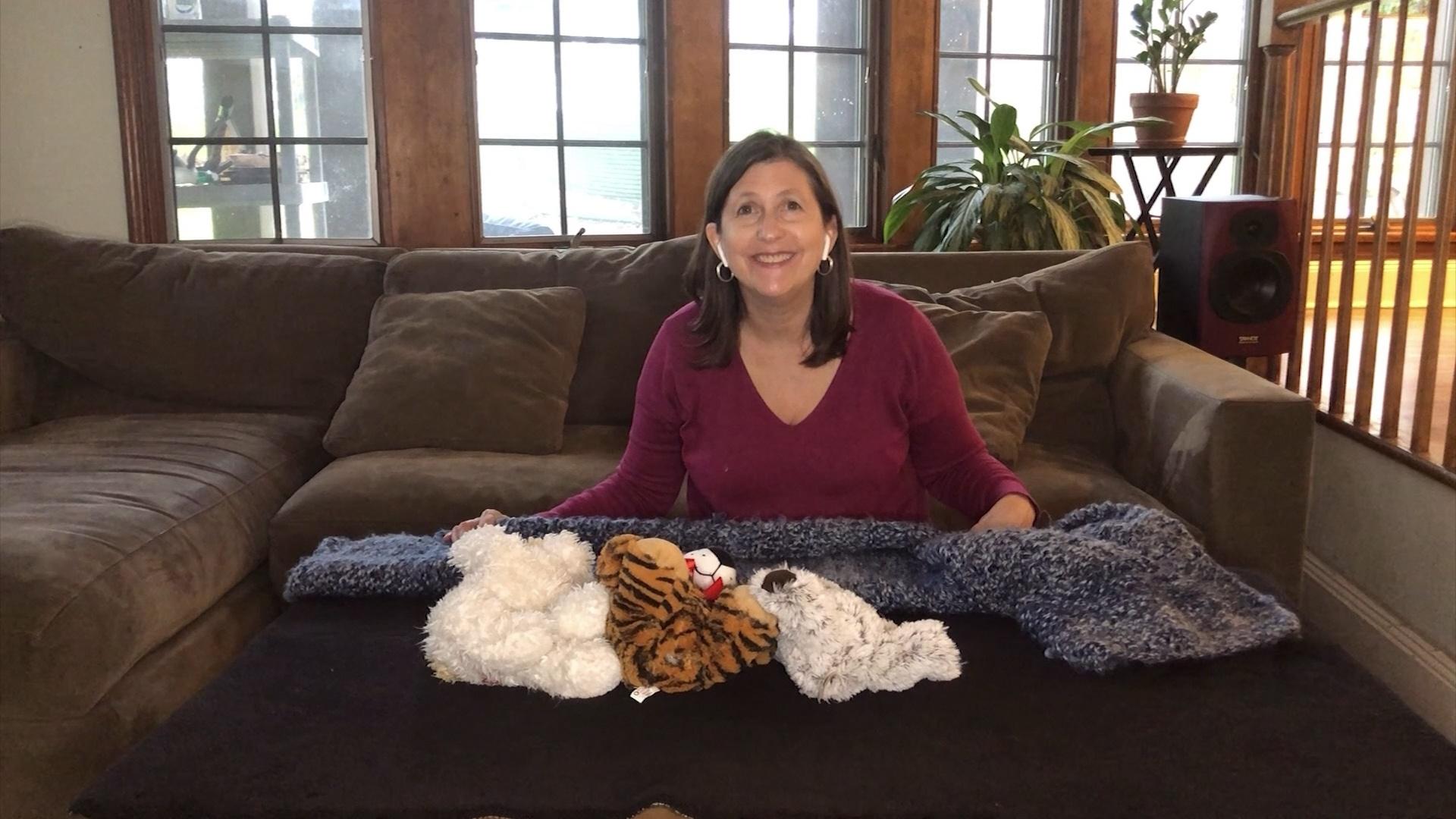
ON AND OFF THE BUS (TRANSPORTATION NUMERACY)
Jenny Ottinger explores numeracy as stuffed animals get on and off a cardboard box bus.
-
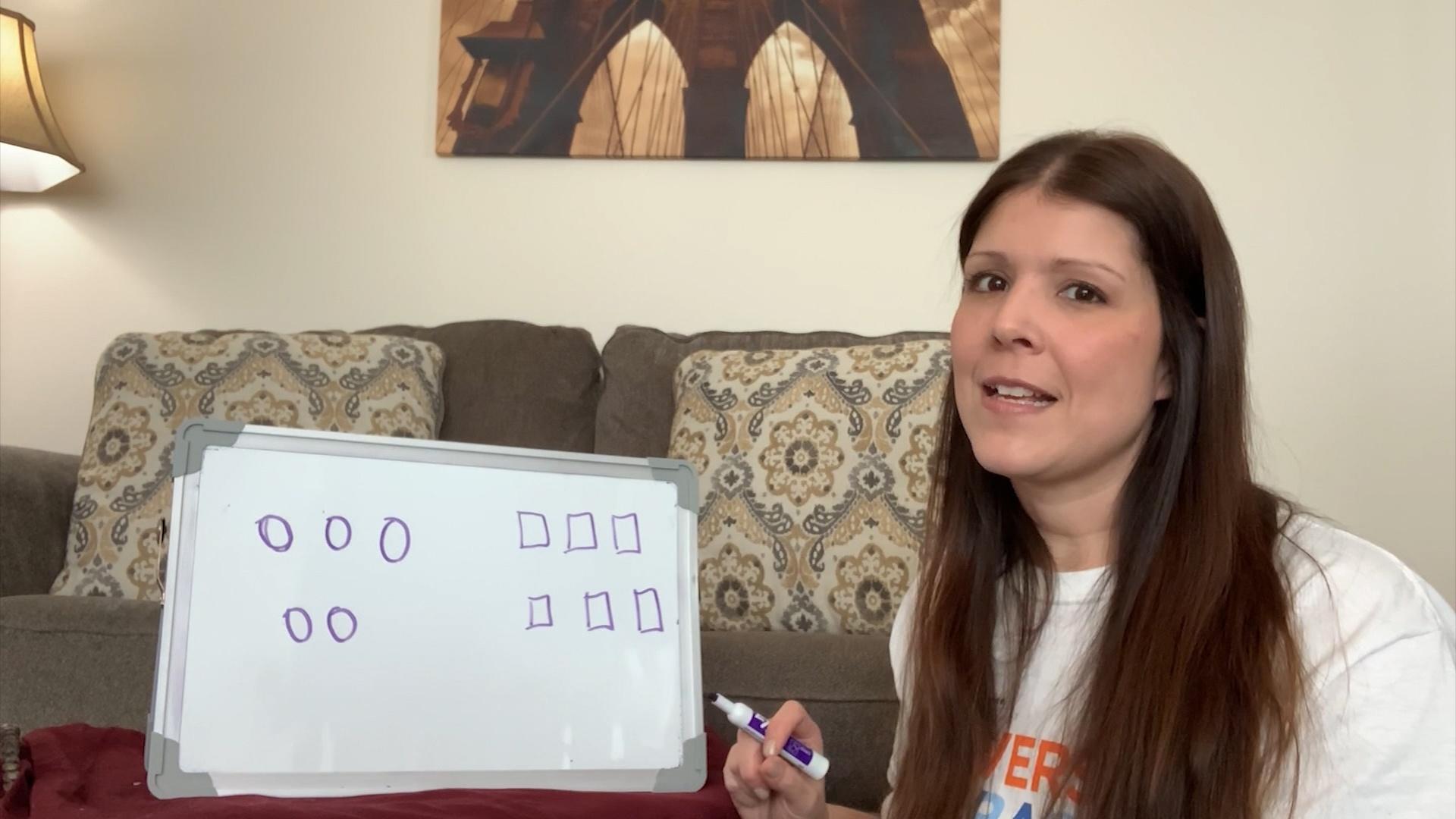
CREATE SETS THAT HAVE 1 MORE
Lauren Olivieri helps students create sets that have 1 more.
-
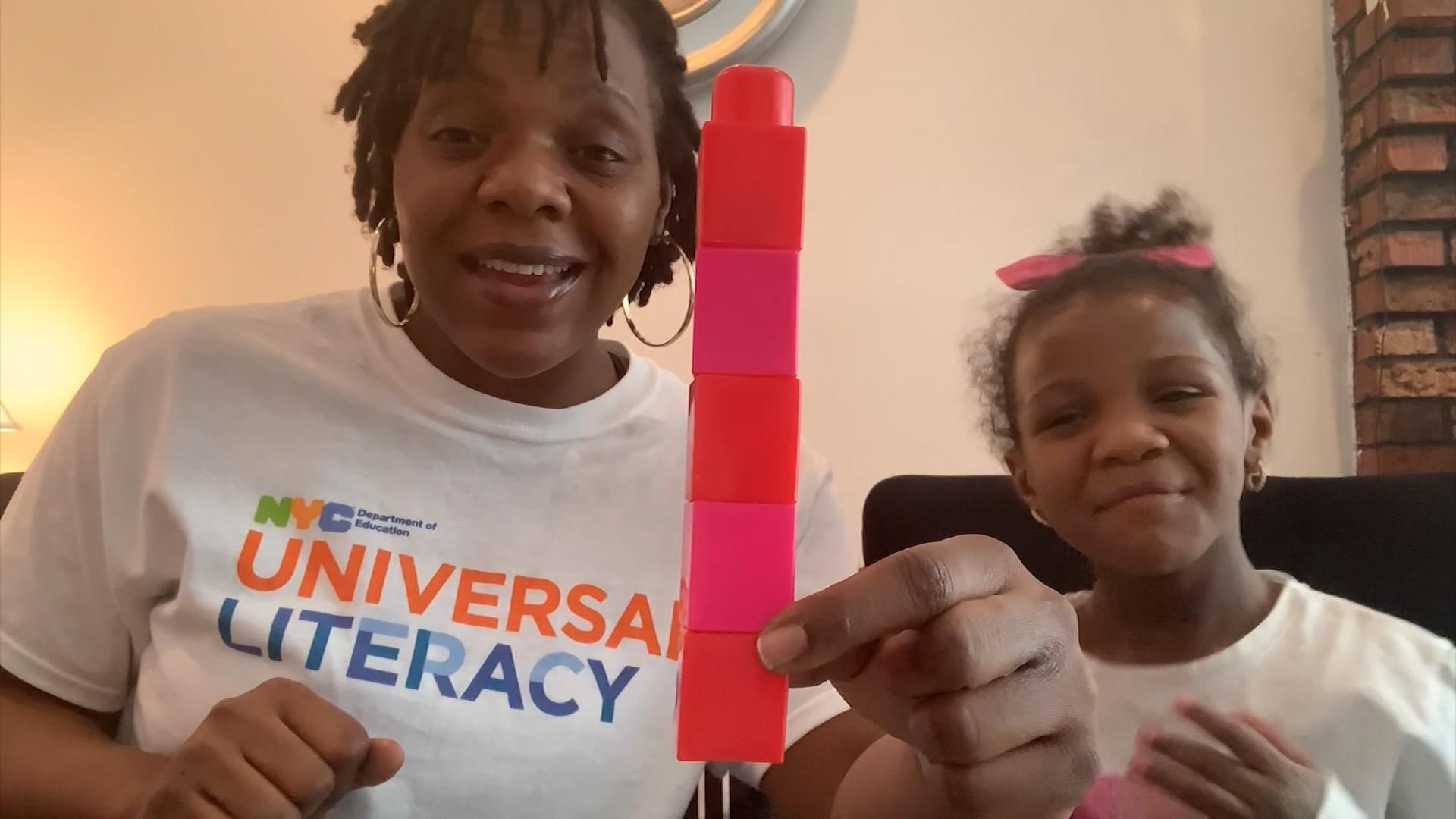
WORKING WITH PATTERNS
Trinette Carruthers and her daughter explore a variety of patterns.
-
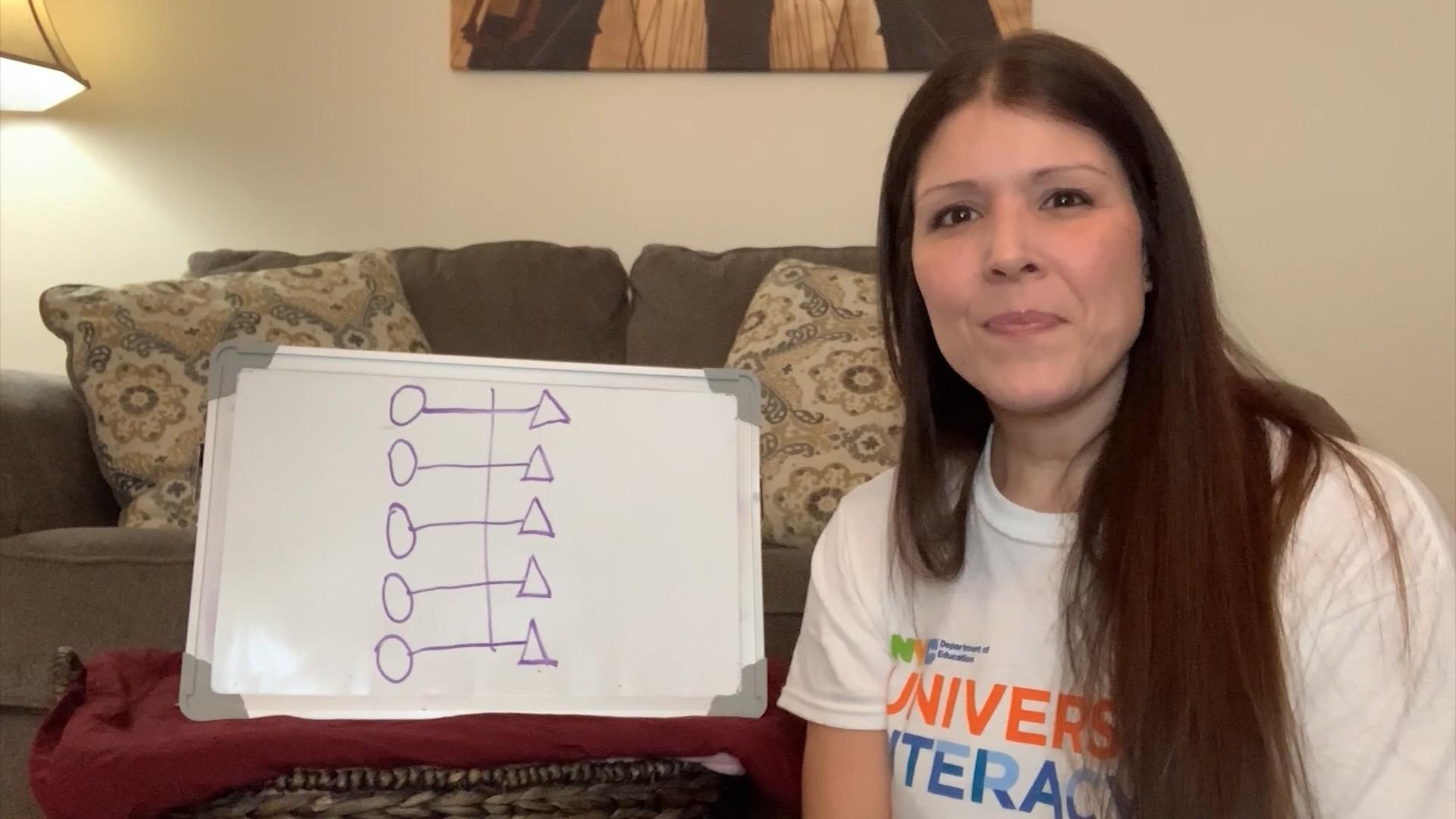
CREATE SETS WITH THE SAME NUMBER
Lauren Olivieri helps students create sets of objects that have the same number.
-
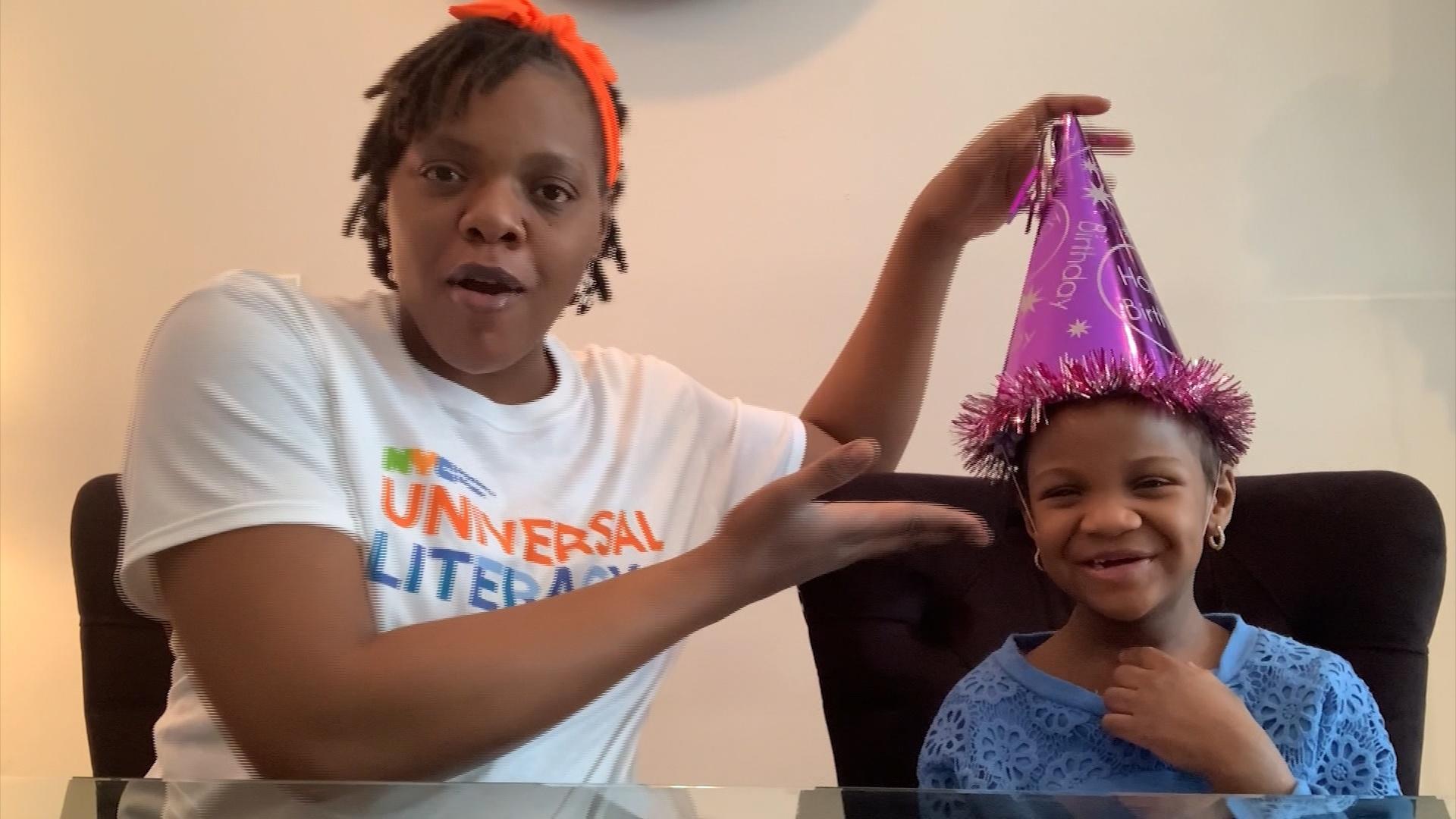
IDENTIFY SOLID FIGURES
Trinette Carruthers and her daughter help students identify solid figures.
-
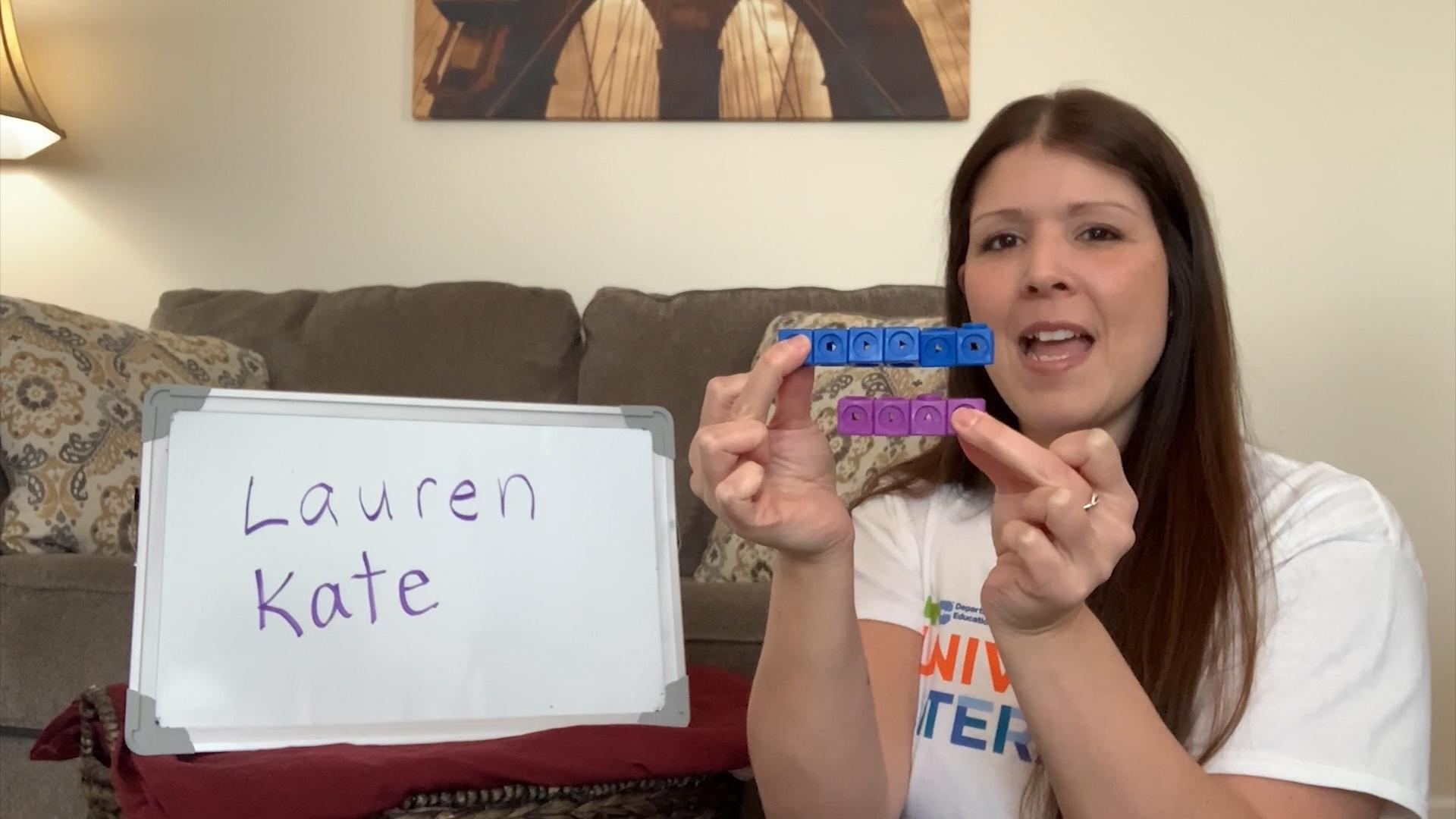
PRACTICE MORE, LESS, AND SAME!
Lauren Olivieri helps learn more/less/same by creating a shape picture.
-
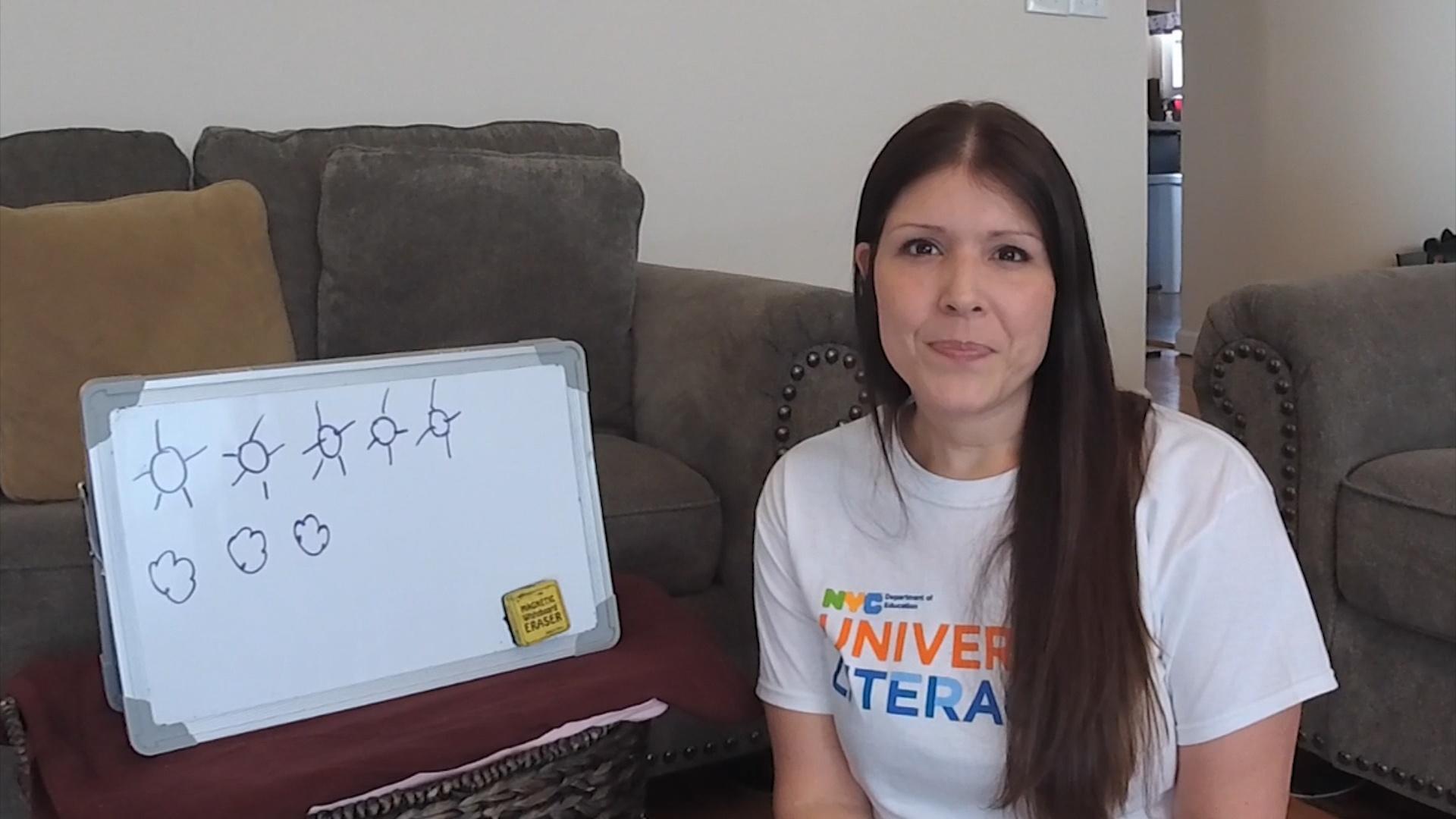
COMPARE USING “FEWER THAN” AND “SAME AS”
Lauren Olivieri compares quantities using “fewer than” and “same as.”
-
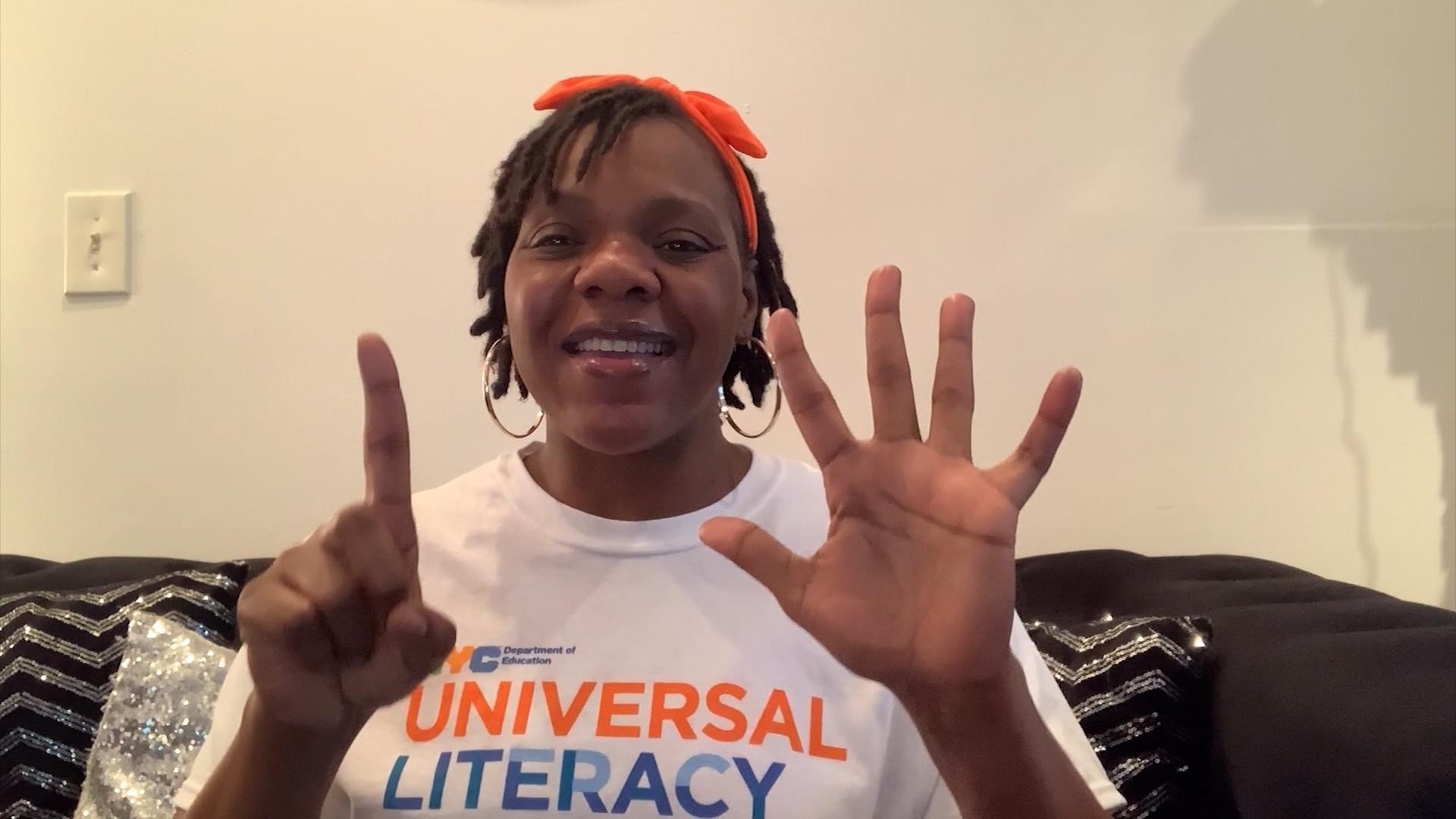
LET’S IDENTIFY HEXAGONS
Trinette Carruthers helps students identify hexagons.
-
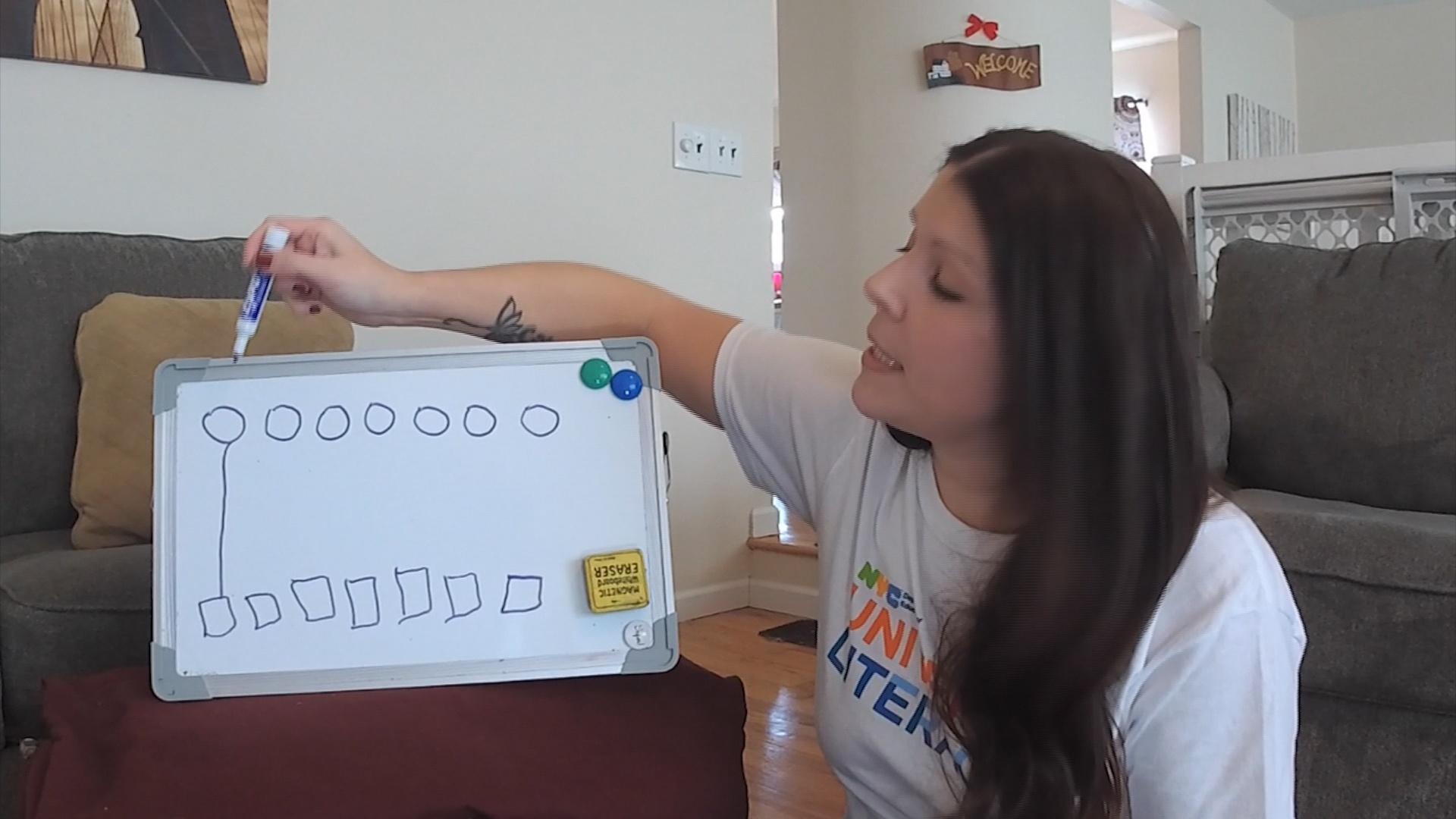
COMPARE USING “MORE THAN” AND “SAME AS”
Lauren Olivieri helps students compare using “more than” and “same as.”
-
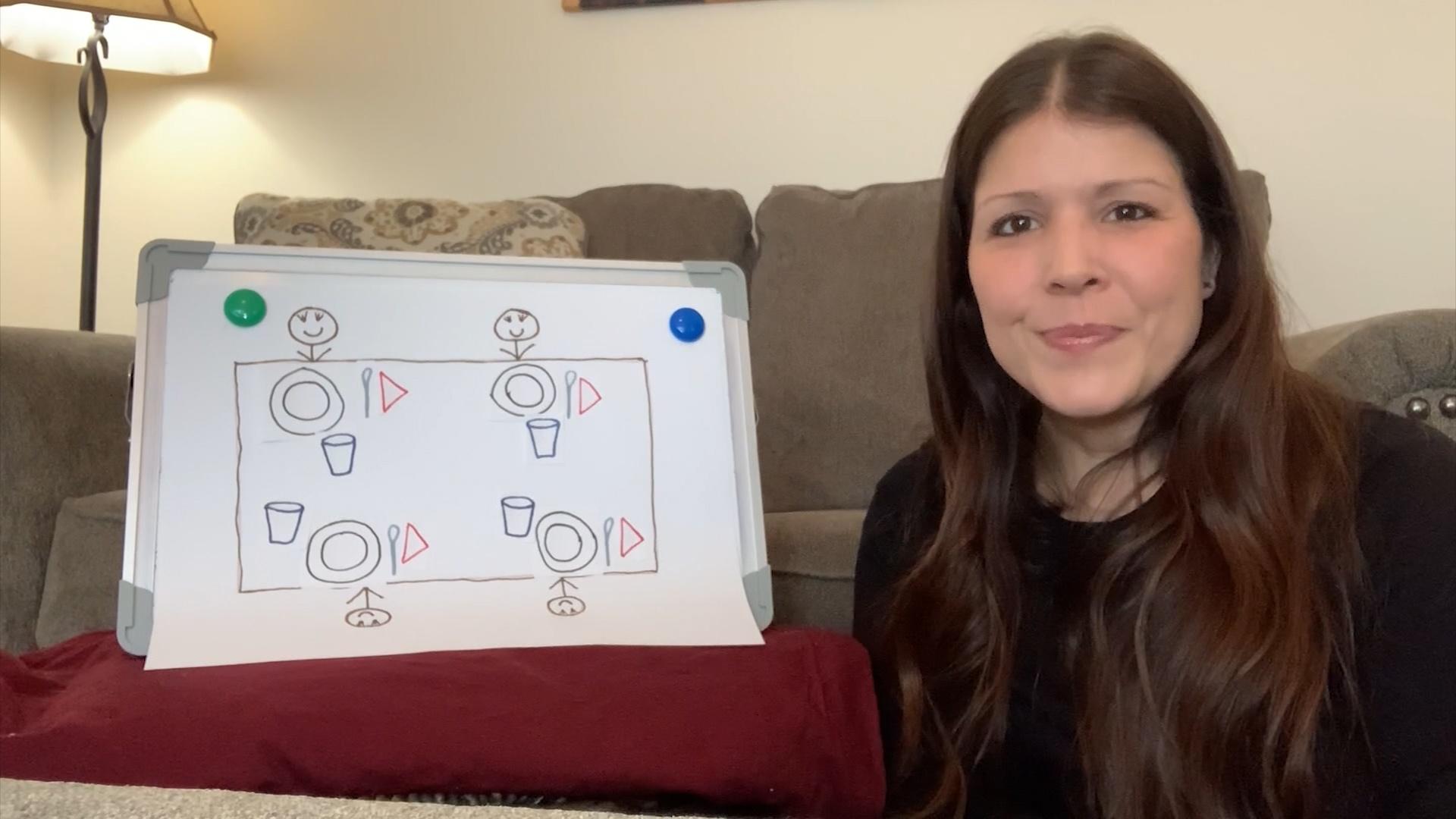
COMPARE TO SEE IF THERE ARE ENOUGH
Lauren Olivieri helps students match objects to numbers as they pretend to set a table.
-
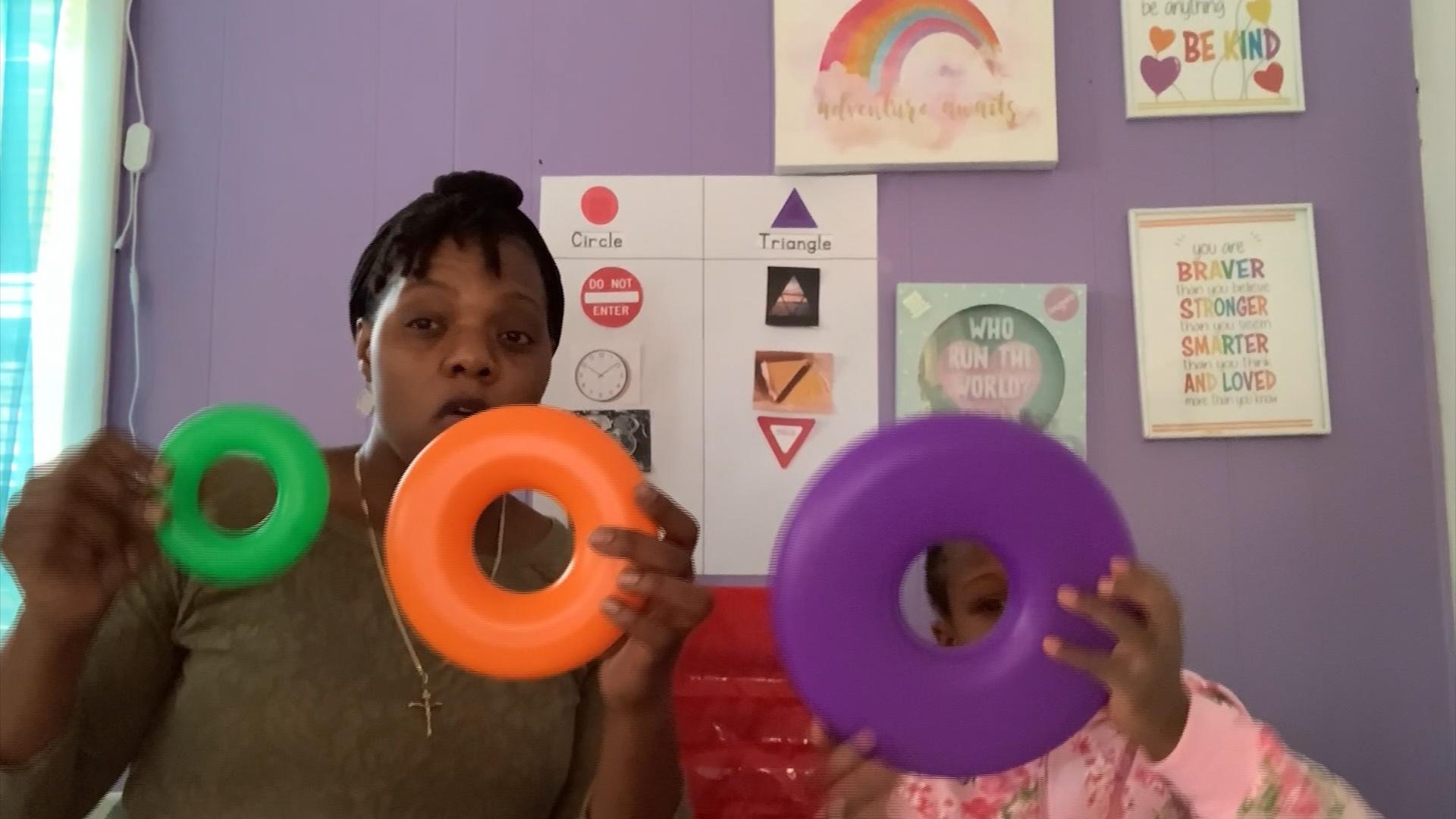
IDENTIFY CIRCLES AND TRIANGLES
Trinette Carruthers helps students identify circles and triangles.
-
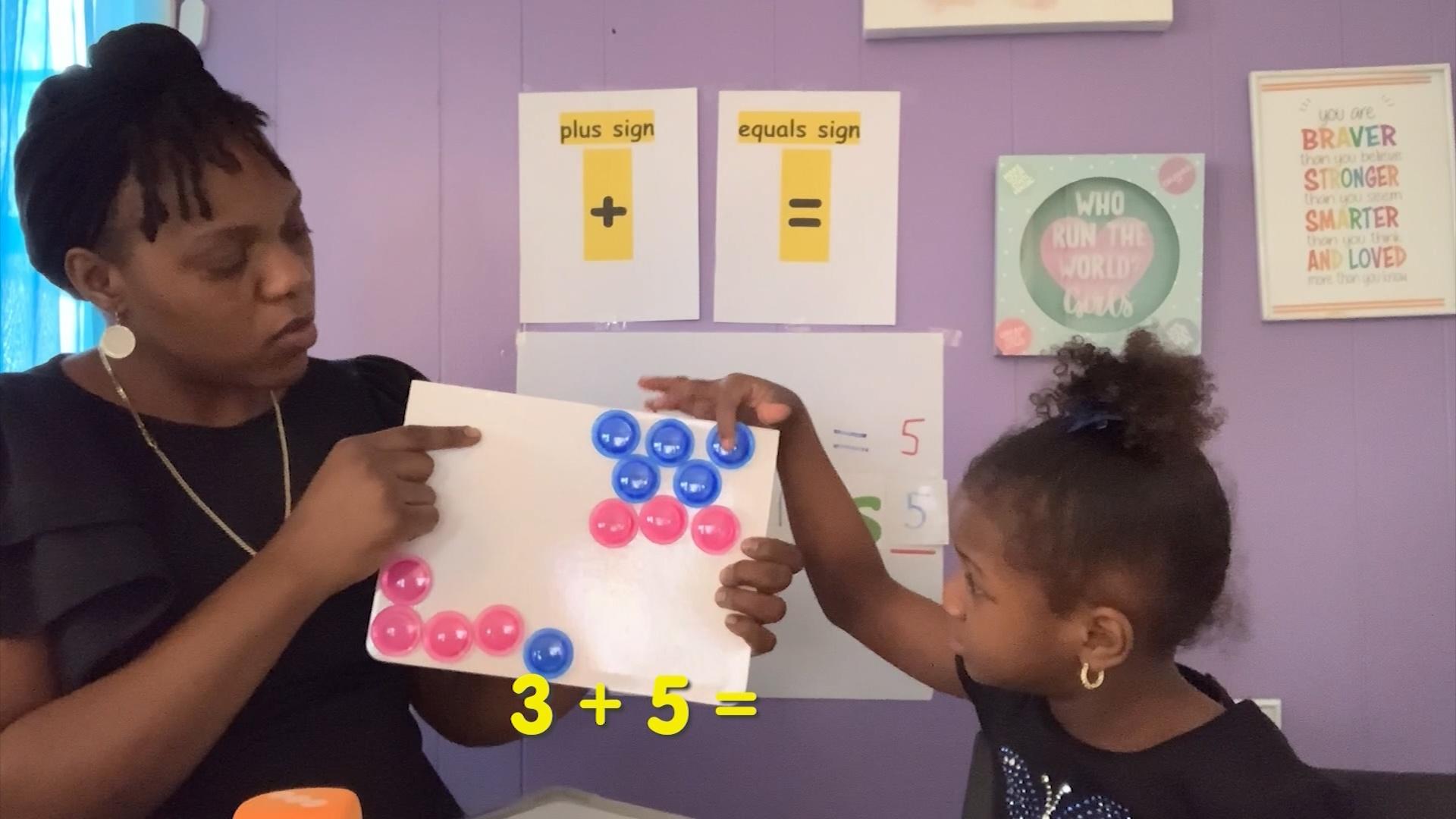
WRITE EQUATIONS TO SHOW ADDITION
Trinette Carruthers and her daughter help students write equations to show addition.
-
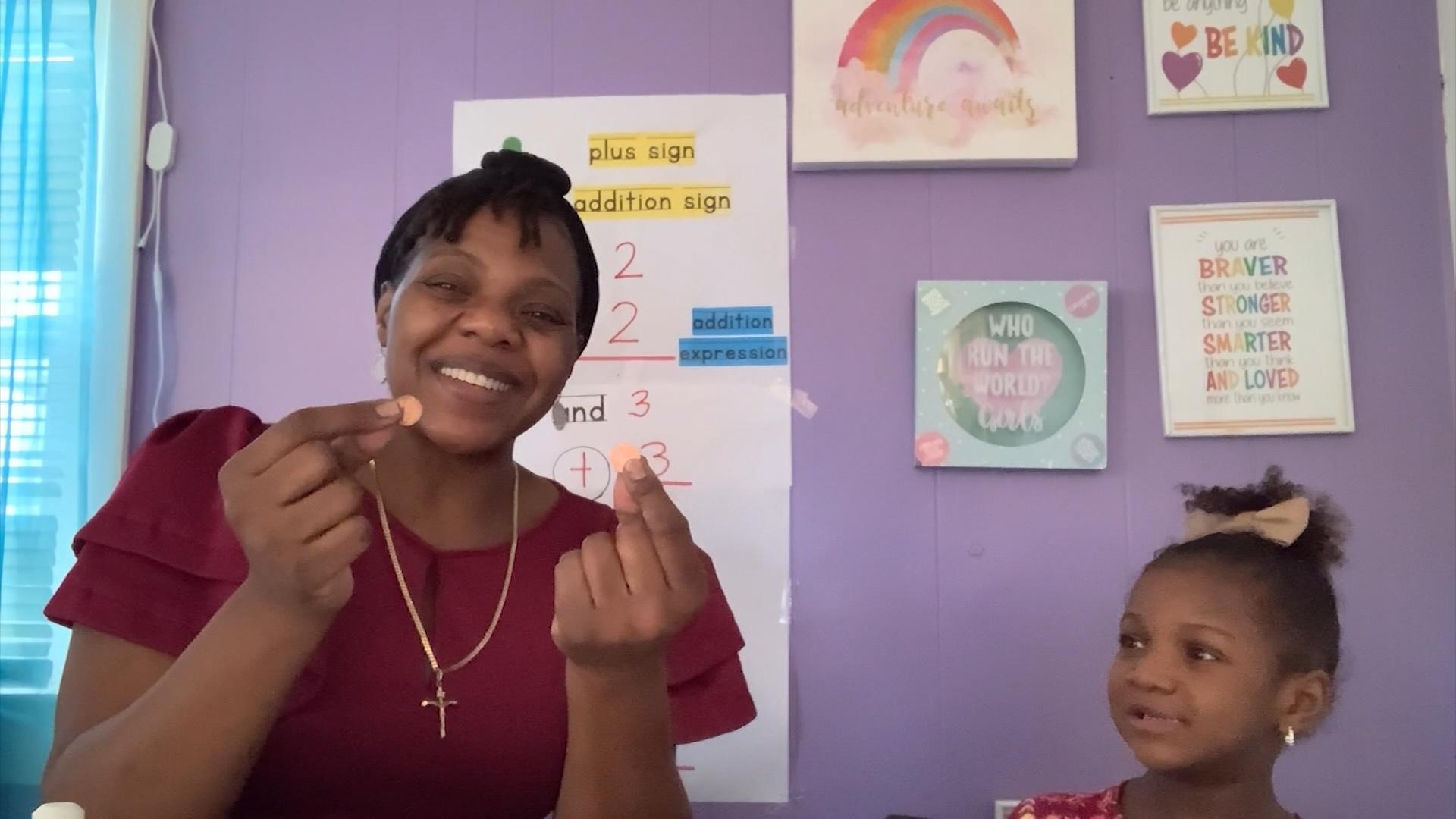
USE + TO WRITE AN ADDITION EXPRESSION!
Trinette Carruthers help students use the plus sign to write an addition expression.
-
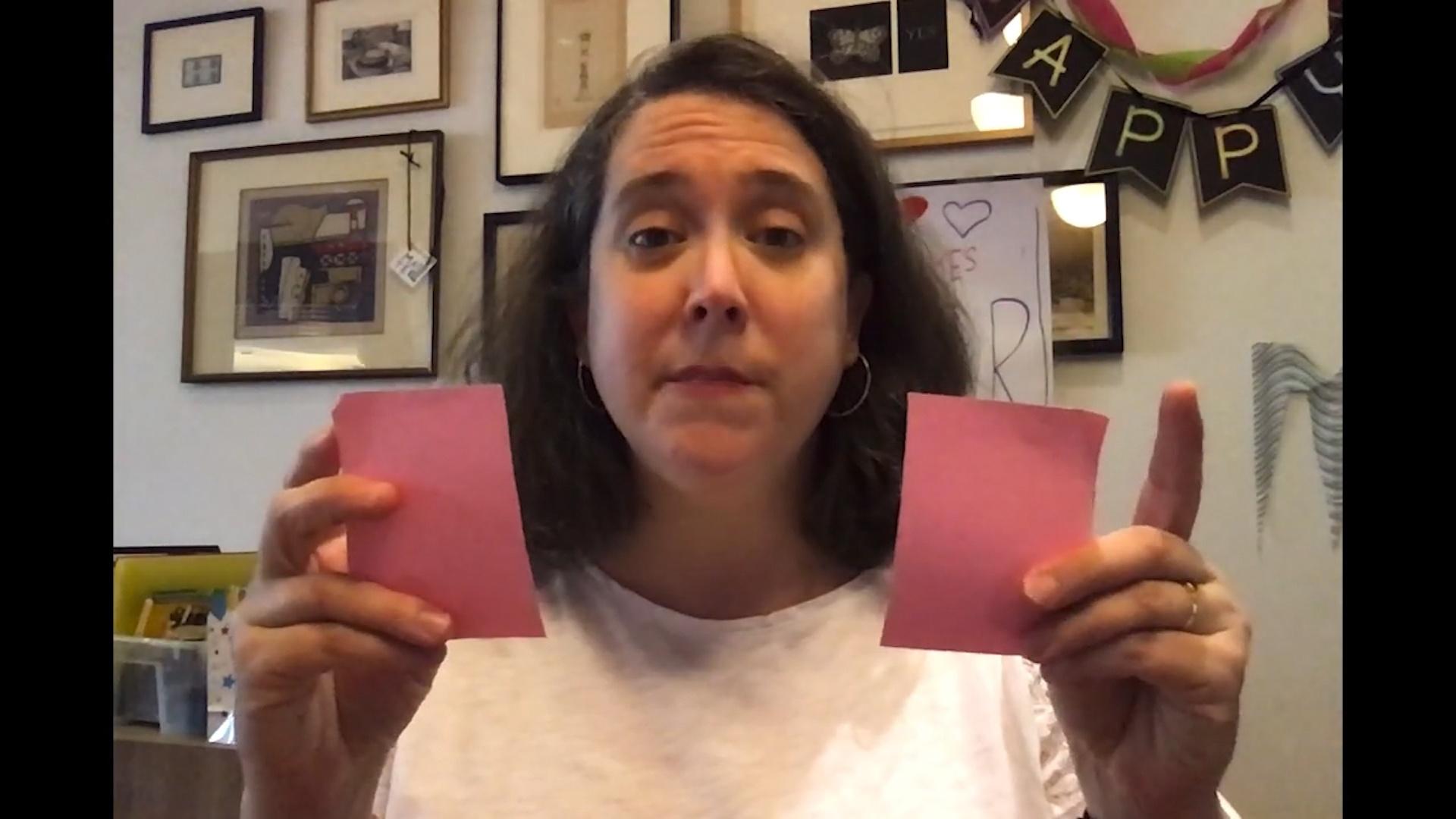
WHAT ARE FRACTIONS?
Rachel Benoff and her daughters help students understand fractions.
-
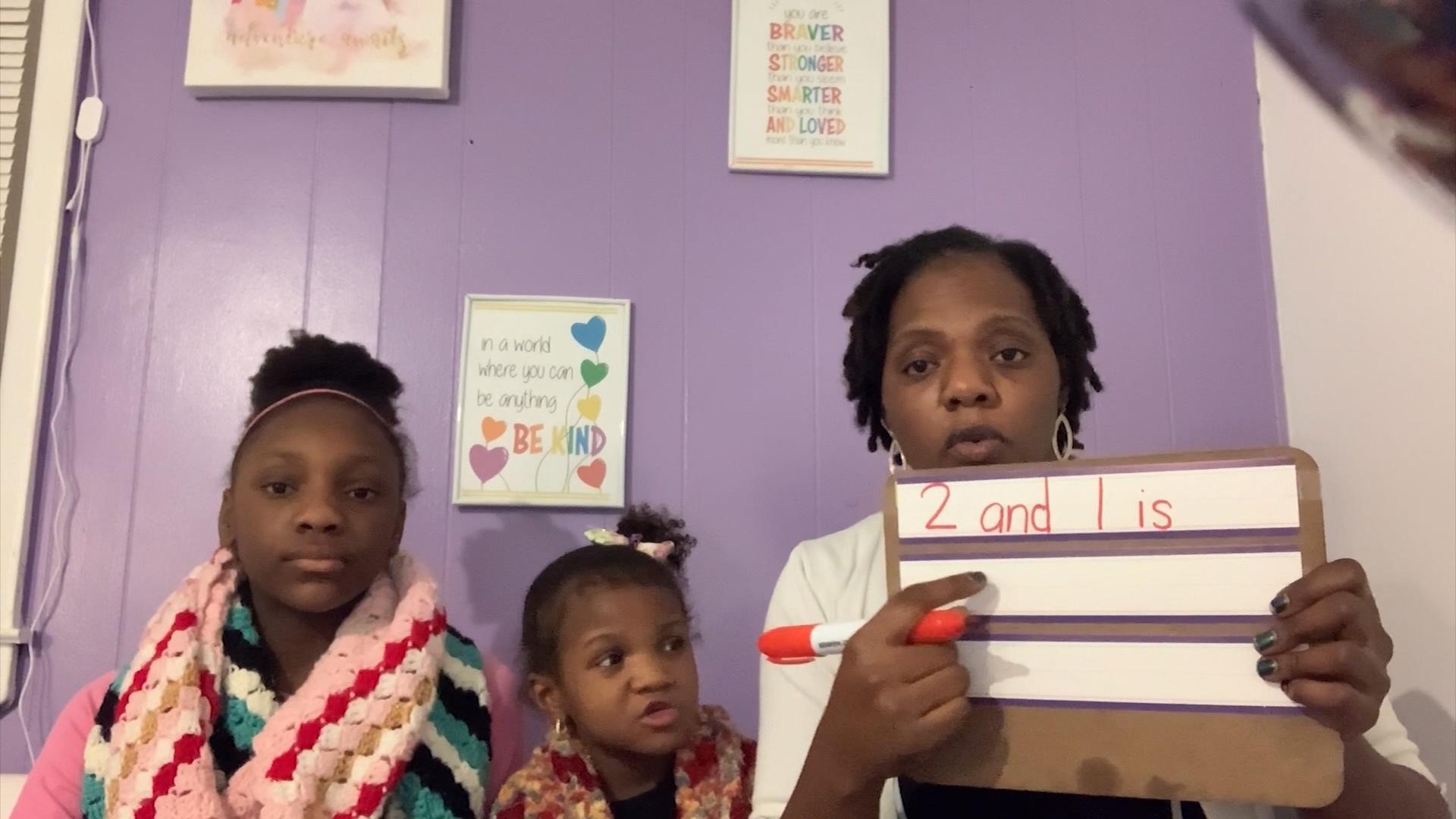
LET’S PUT NUMBERS TOGETHER
Trinette Carruthers and her daughters help students write addition sentences.
-
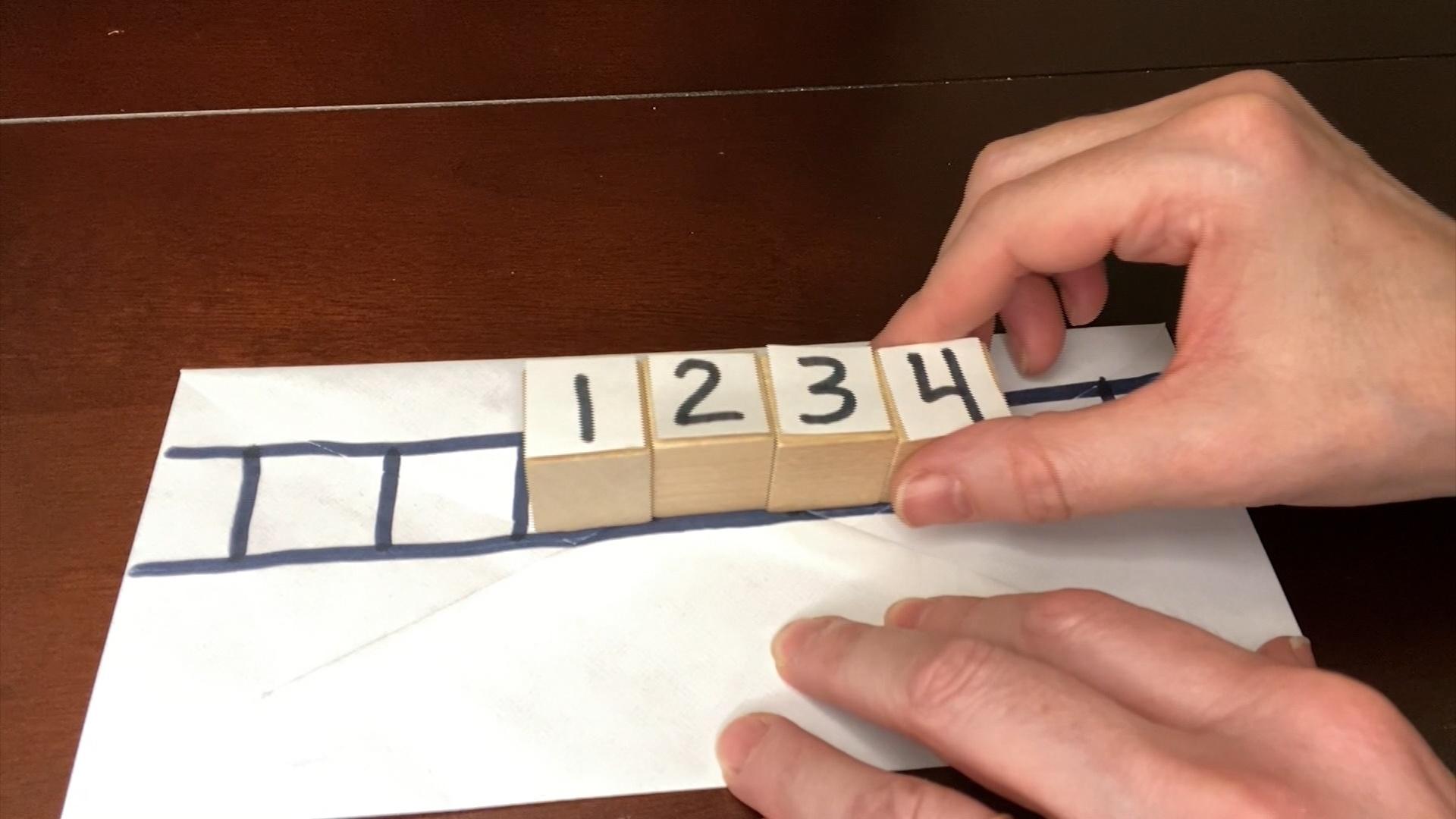
COUNTING WITH TRAINS
Liz McDonald prompts students to practice counting with trains.
-
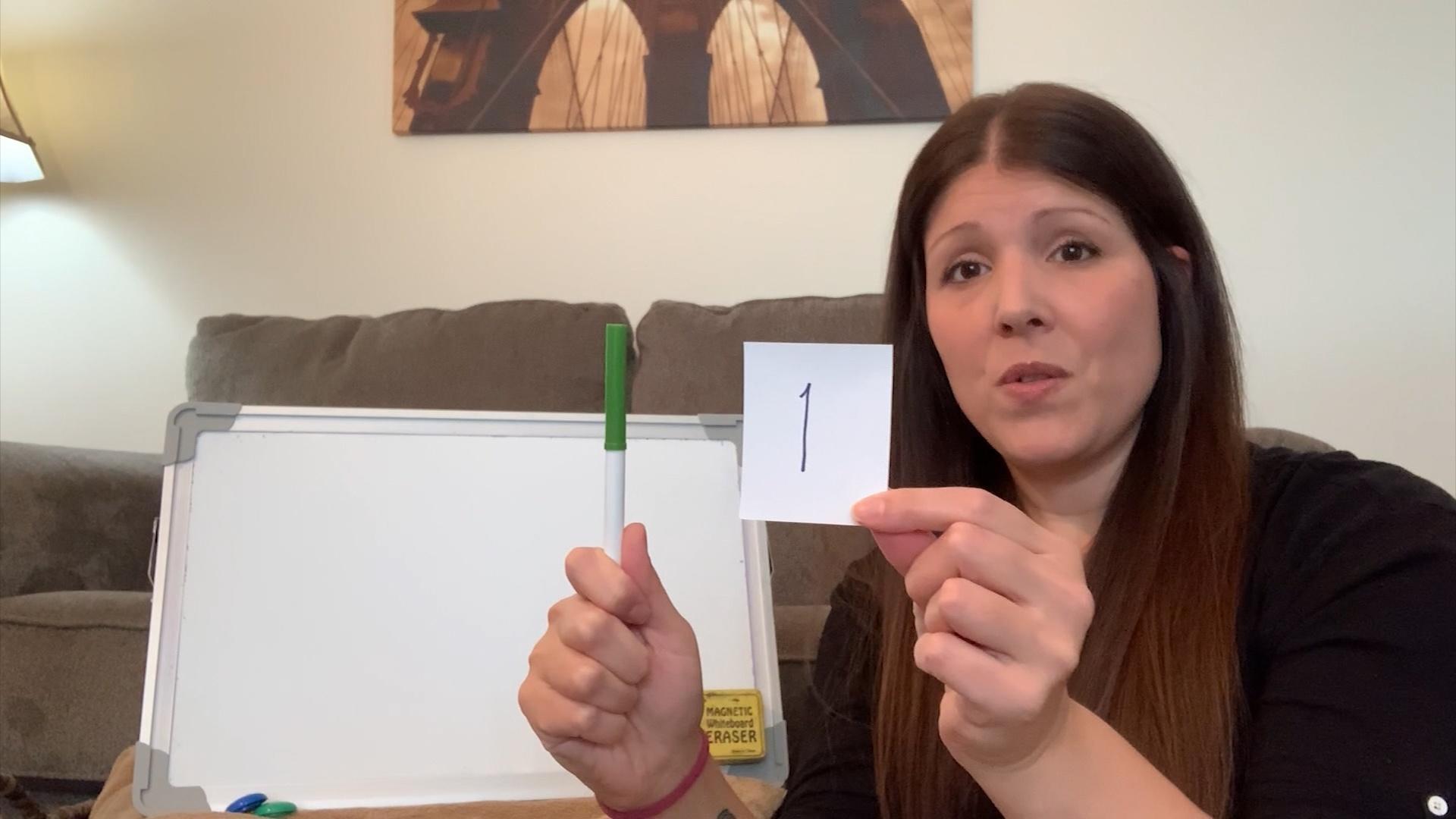
COUNT AND COMPARE FROM 1-10
Lauren Olivieri helps students count and compare groups of objects from 1-10.
-
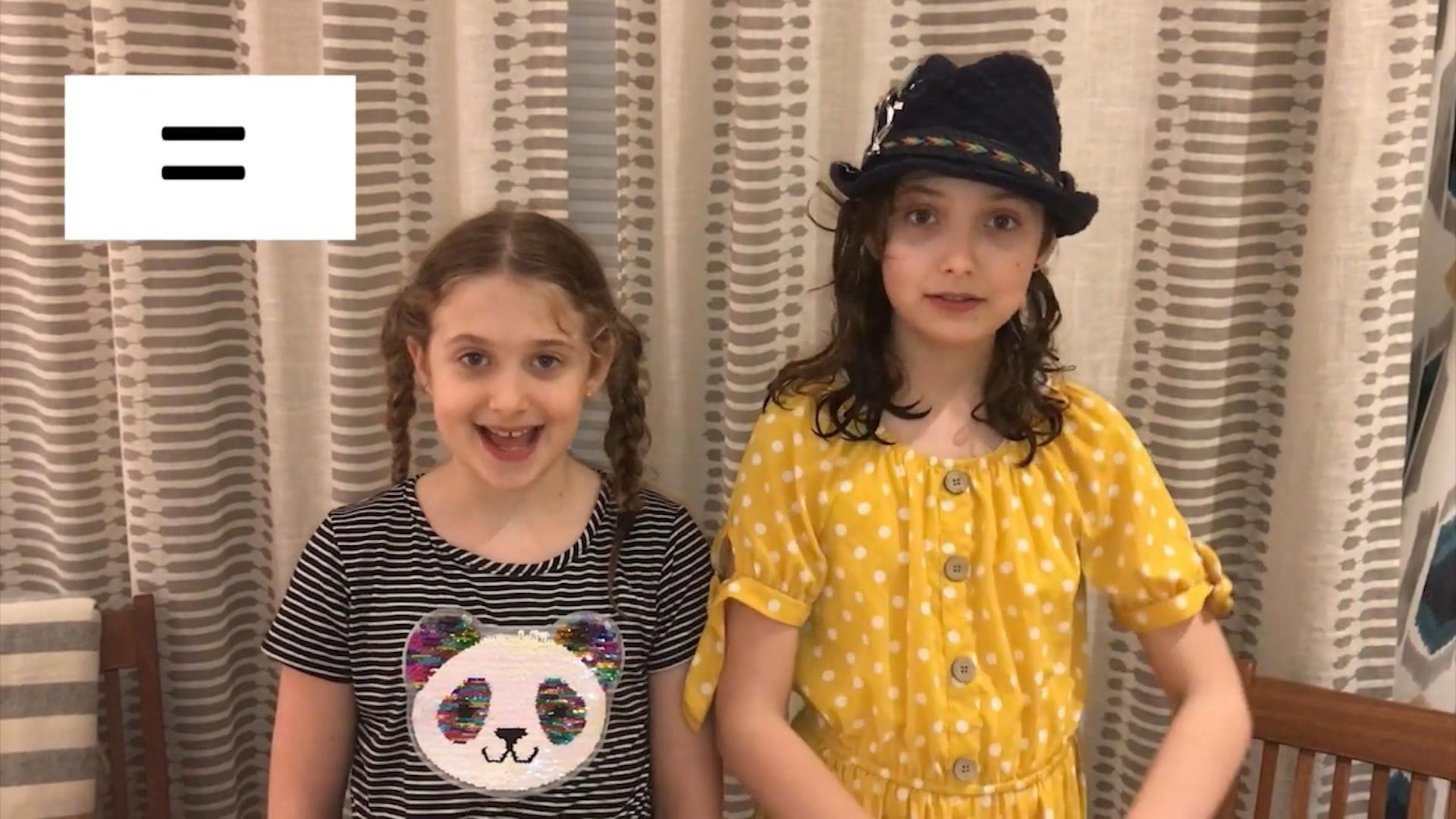
WHAT DOES THE EQUAL SIGN MEAN?
Rachel Benoff and her daughters explore the meaning of the equal sign.
-
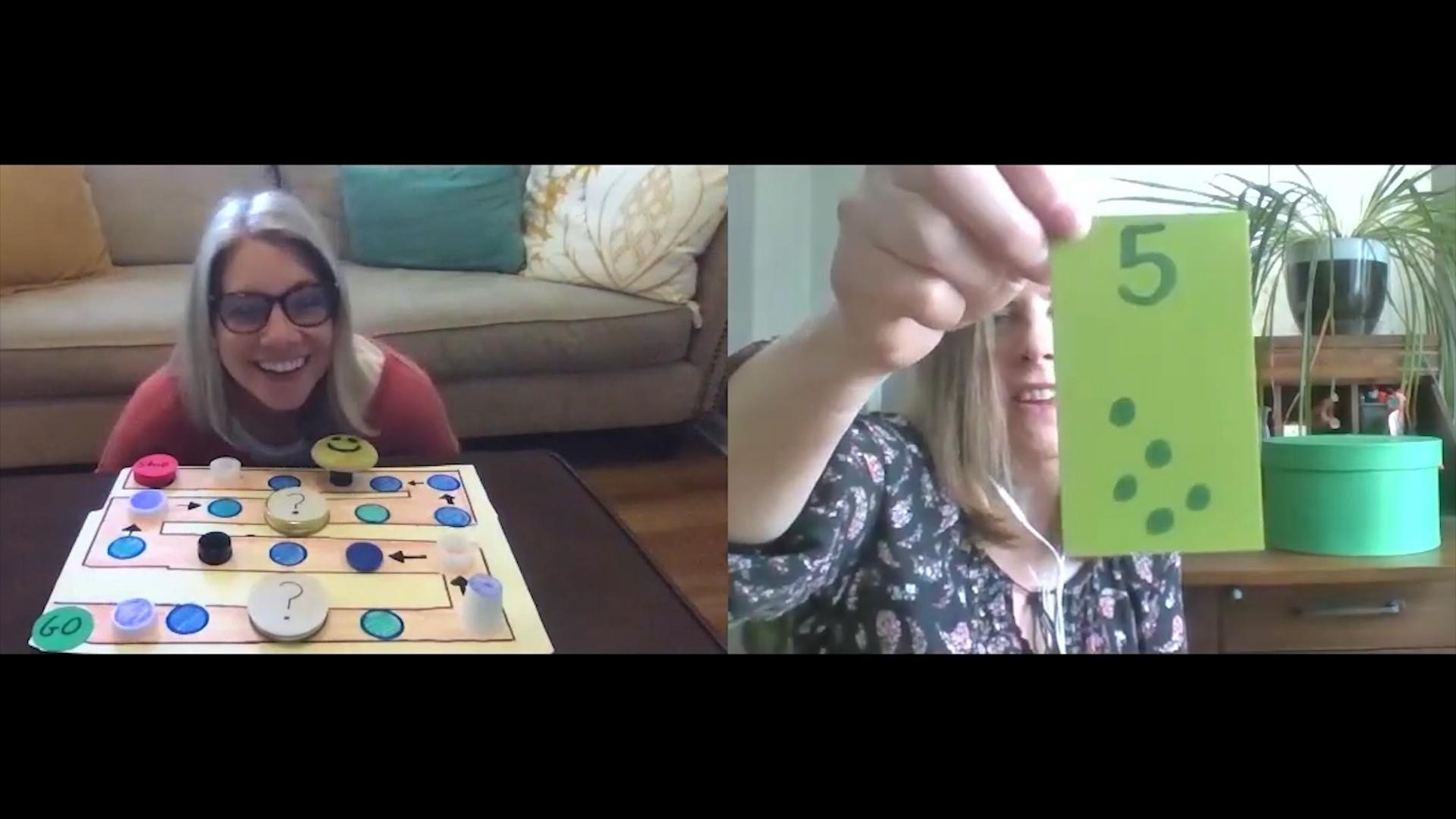
MATH GAMES WITH FRIENDS
Krista Kaiser and Helen Poje show students how to play math games.
-
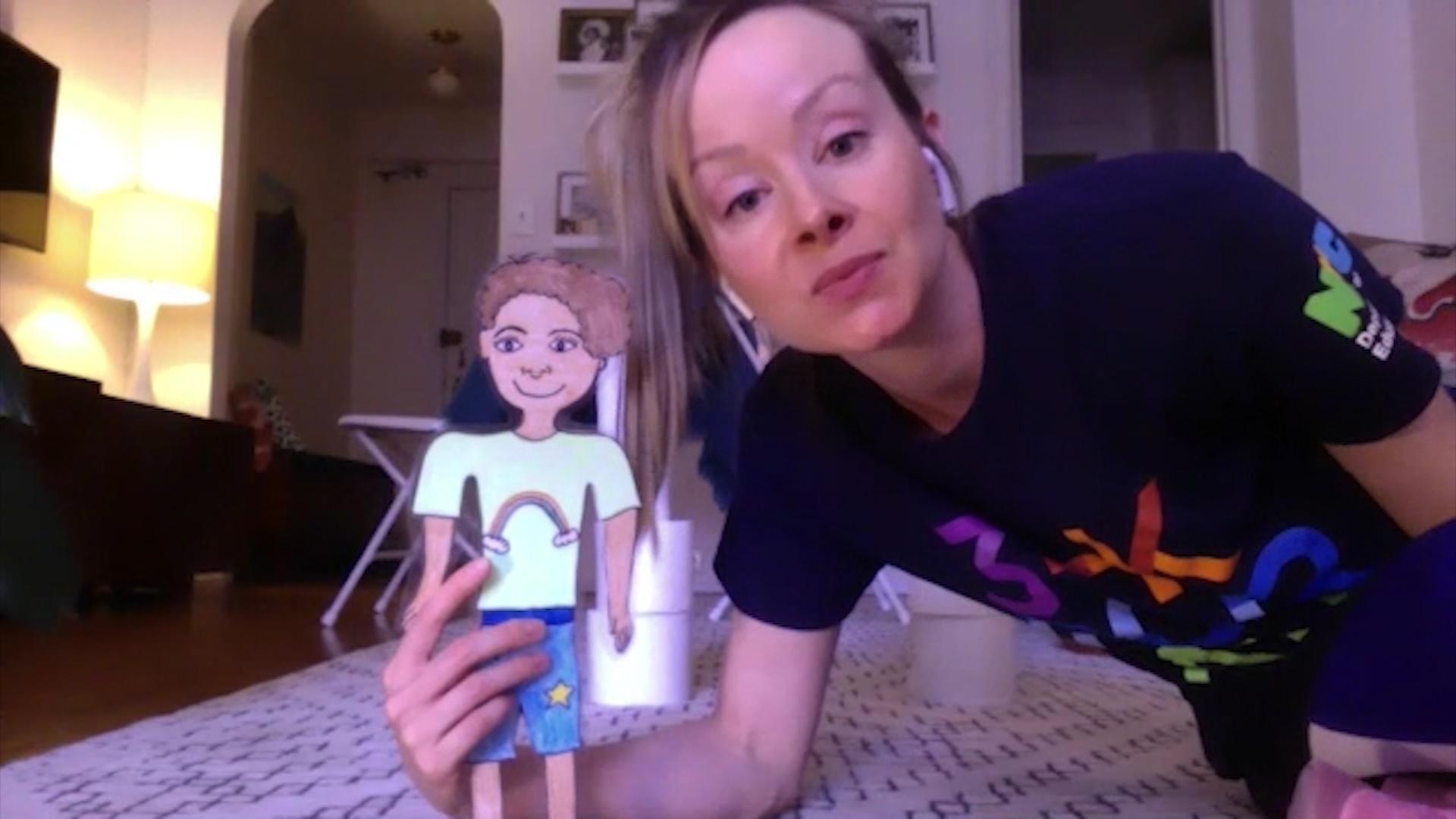
SPATIAL LANGUAGE
Lily Fincher and Omar Etman help students learn spatial language.
-
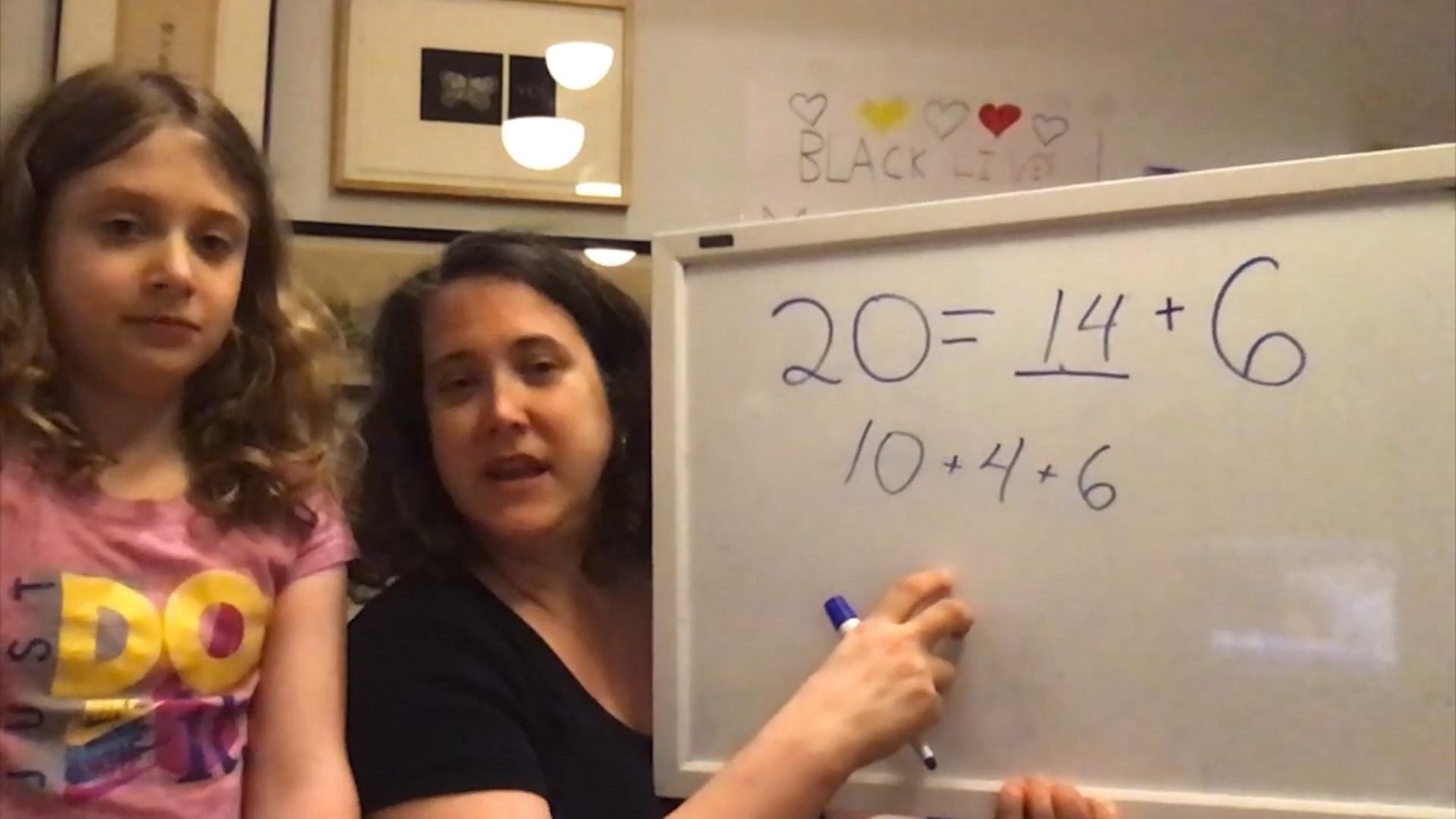
NUMBER BONDS
Rachel Benoff and her daughters explore number bonds.
-
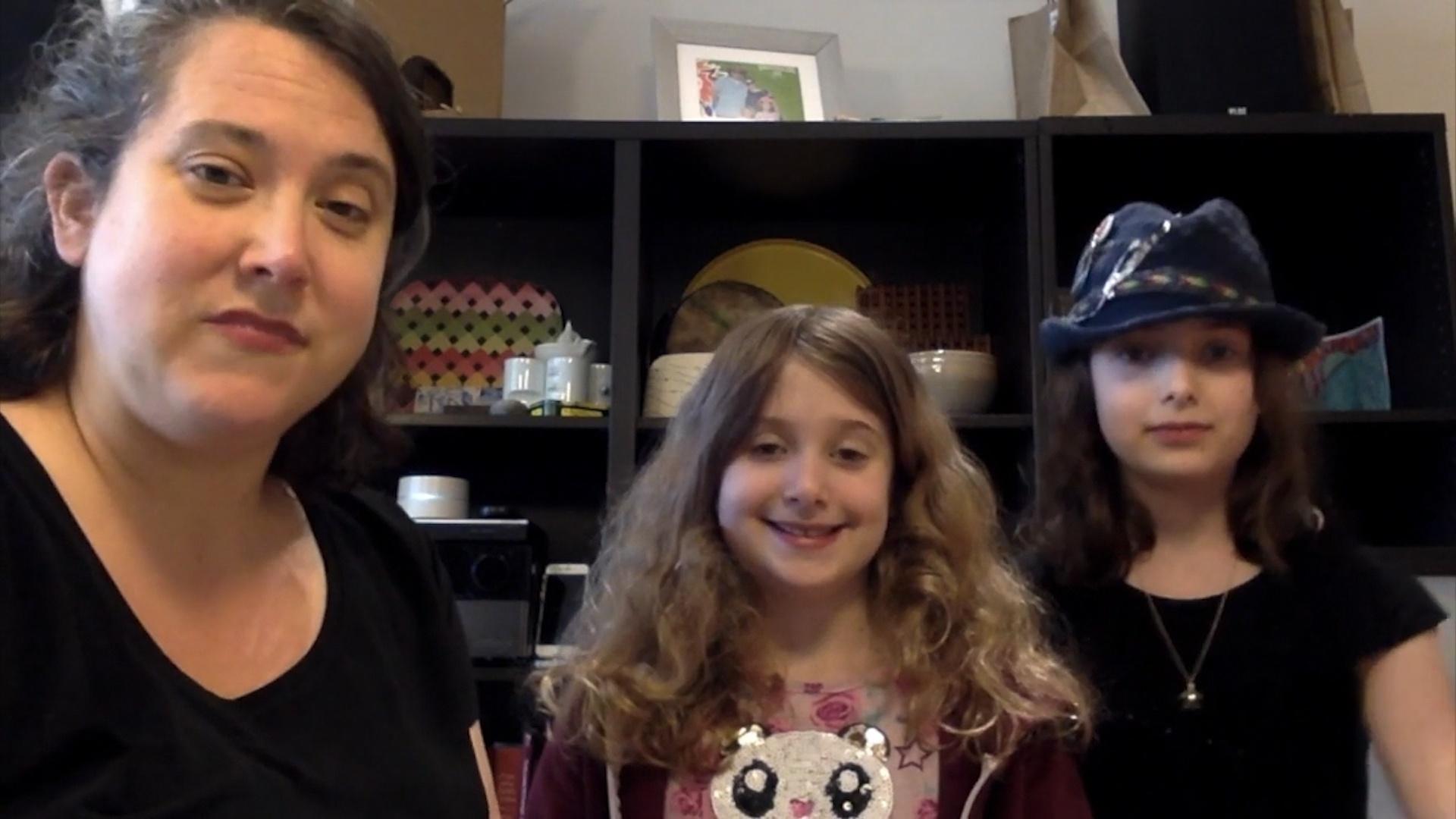
WHAT IS ADDITION? WHAT IS SUBTRACTION?
Rachel Benoff and her daughters explore addition and subtraction.
-
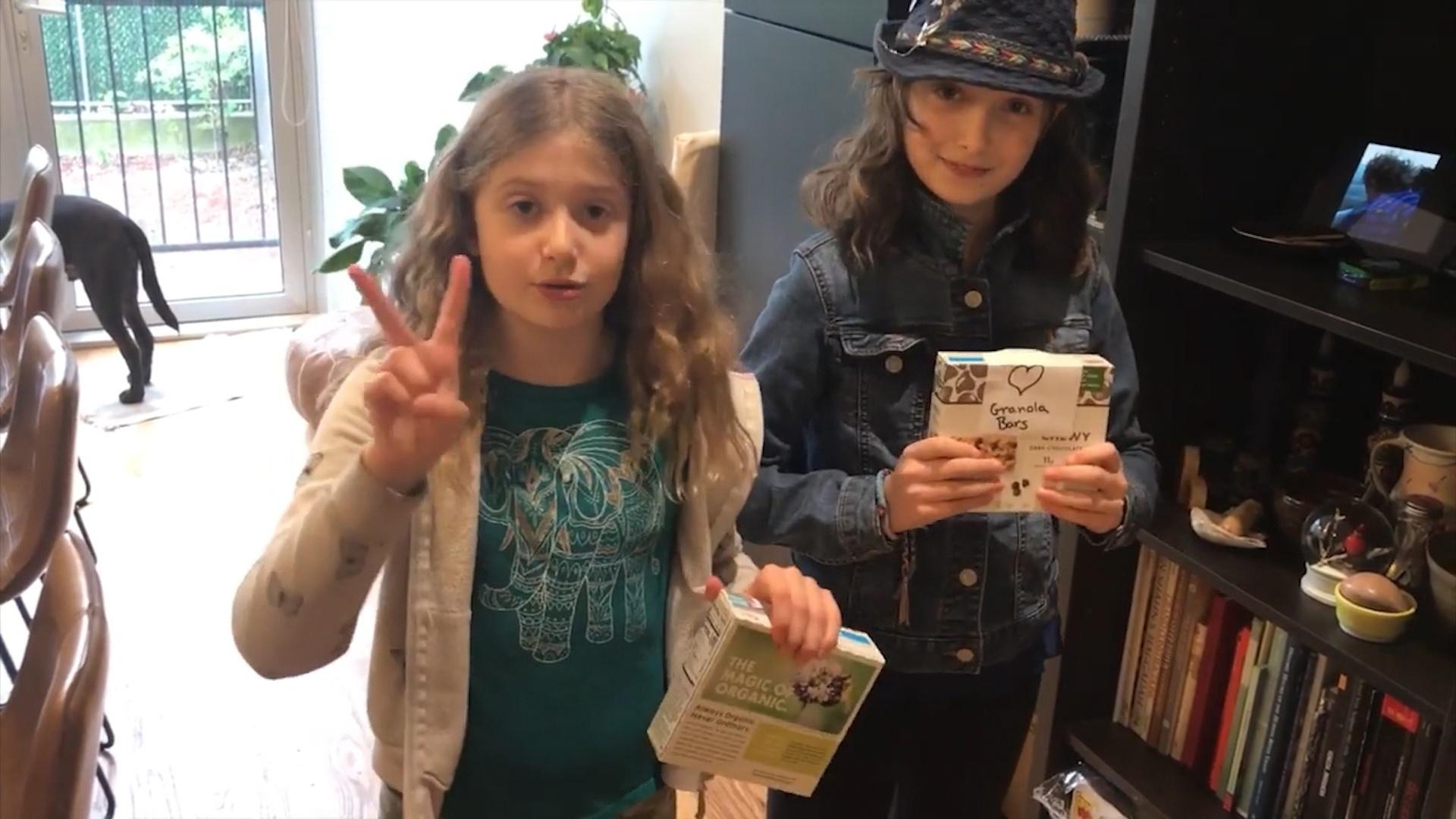
ARE THESE GROUPS EQUAL?
Rachel Benoff helps students determine if groups of objects are equal or unequal.
-
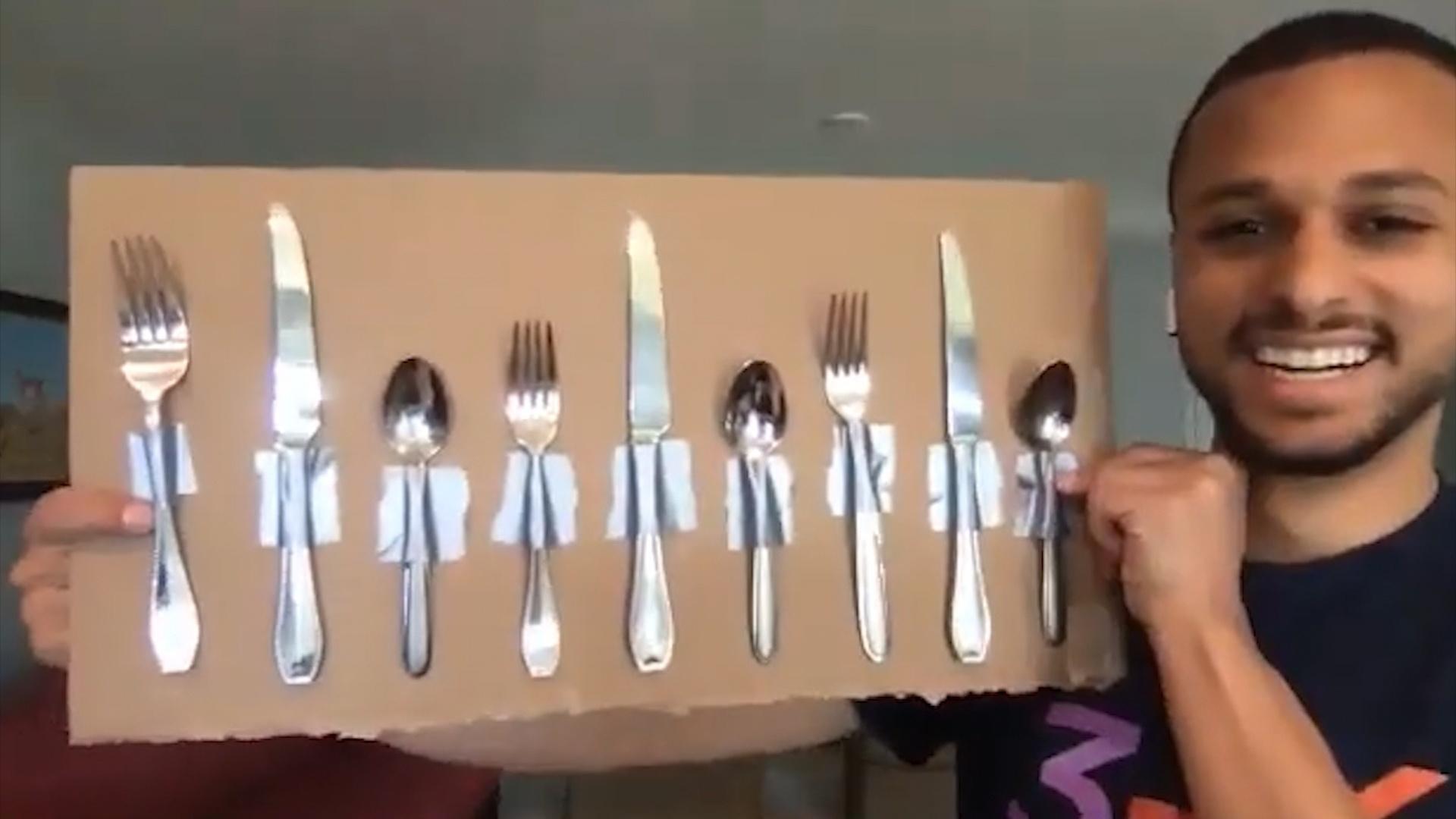
WHAT’S THE CORE UNIT?
Lily Fincher and Omar Etman help students learn about the core unit in patterns.
-
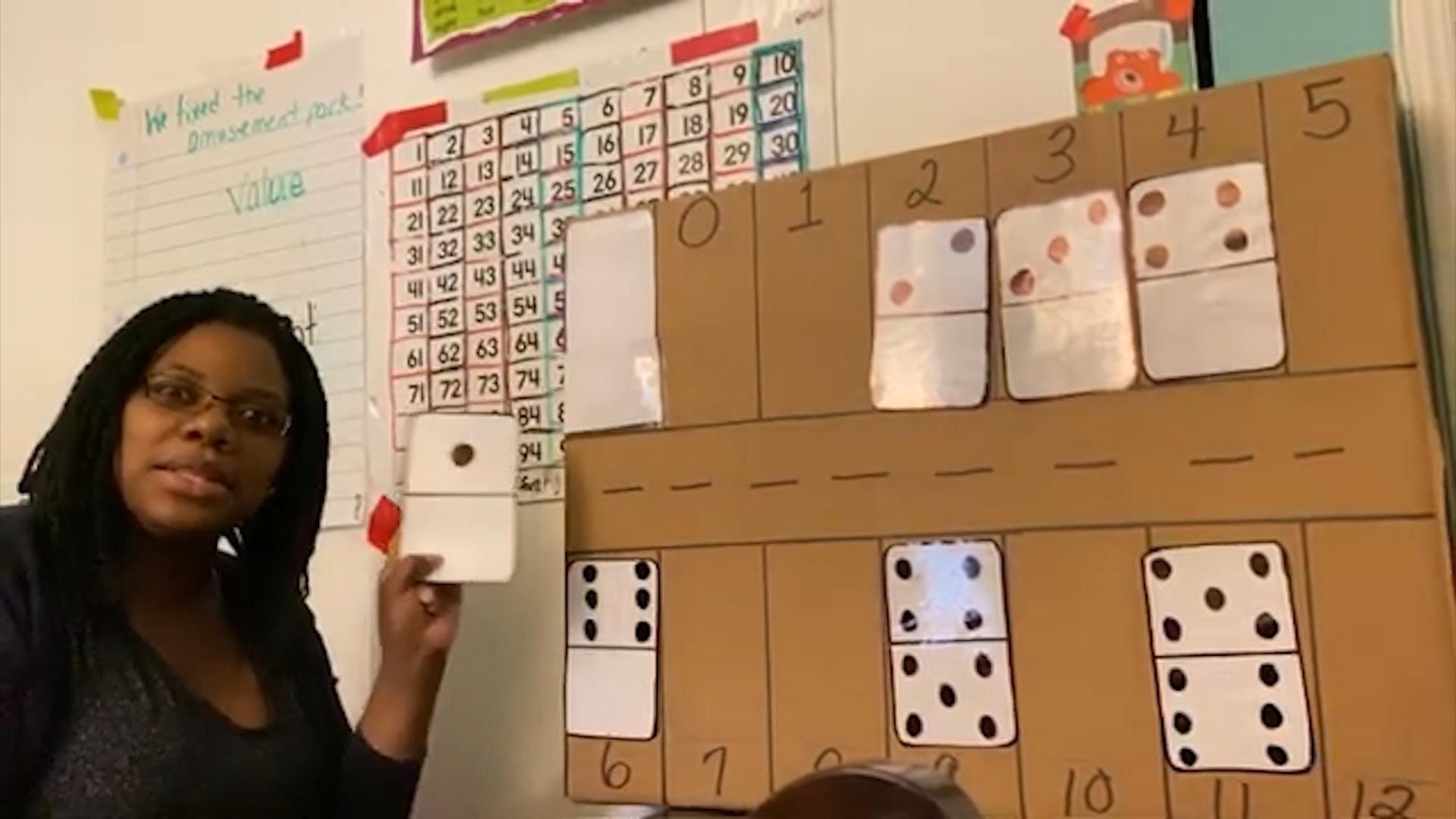
DOMINO PARKING LOT
Glenda Esperance helps students to build math skills playing “domino parking lot.
-
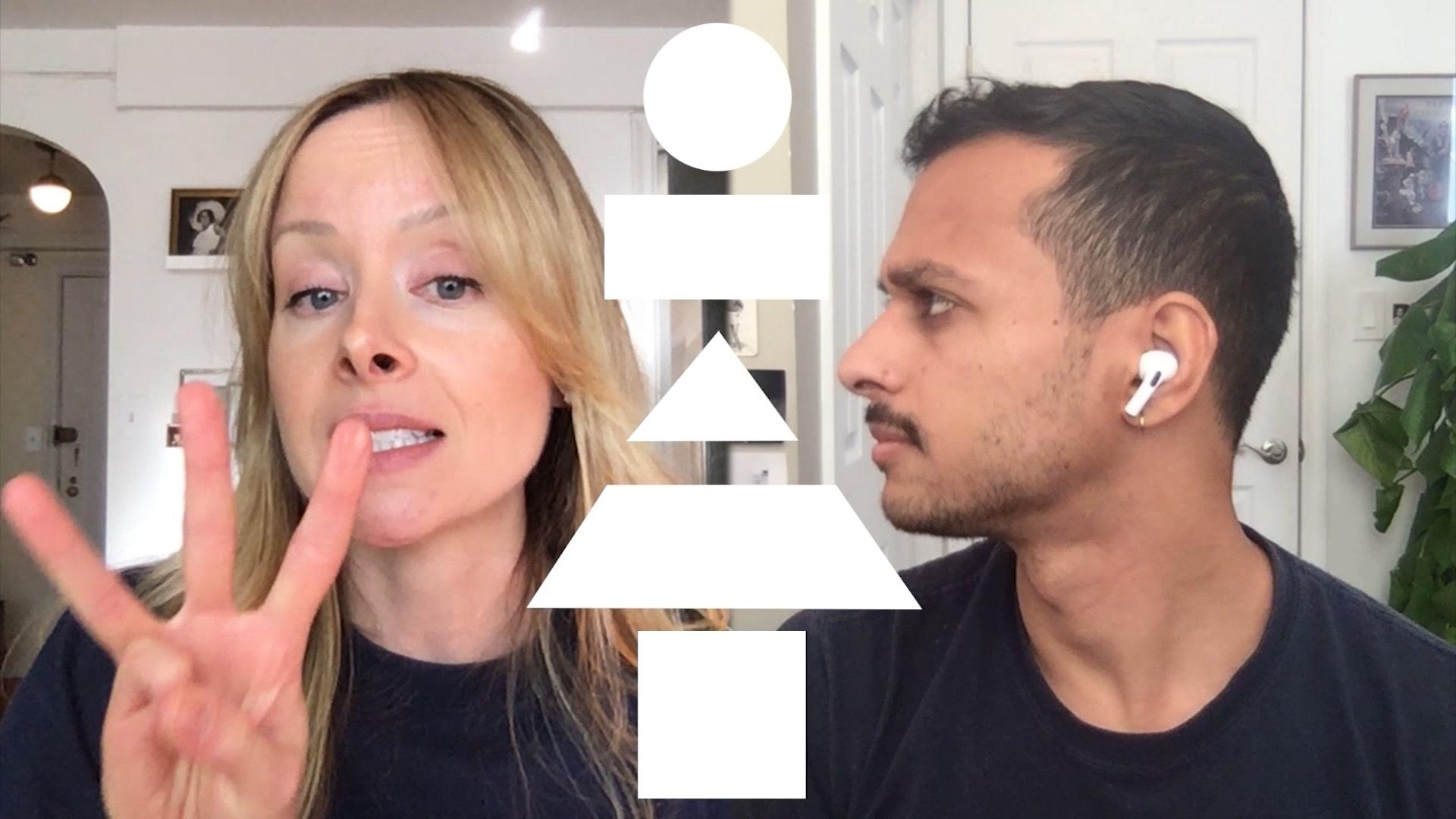
SHAPE VEHICLES
Lily Fincher and Omar Etman show students how to make images of vehicles from shapes.
-
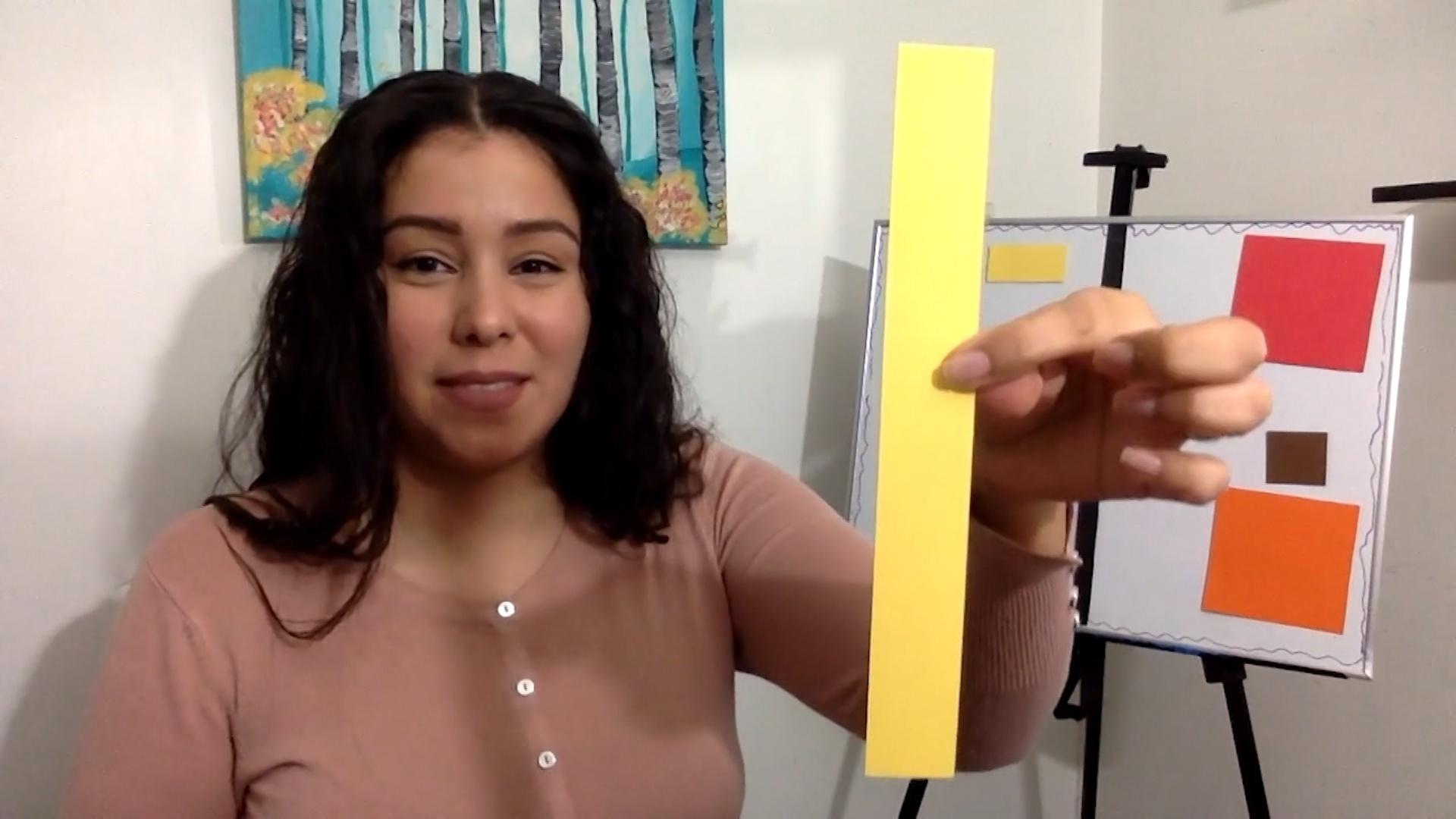
LET’S SORT!
Damaris Rosado-James shows students how to sort shapes by their attributes.
-
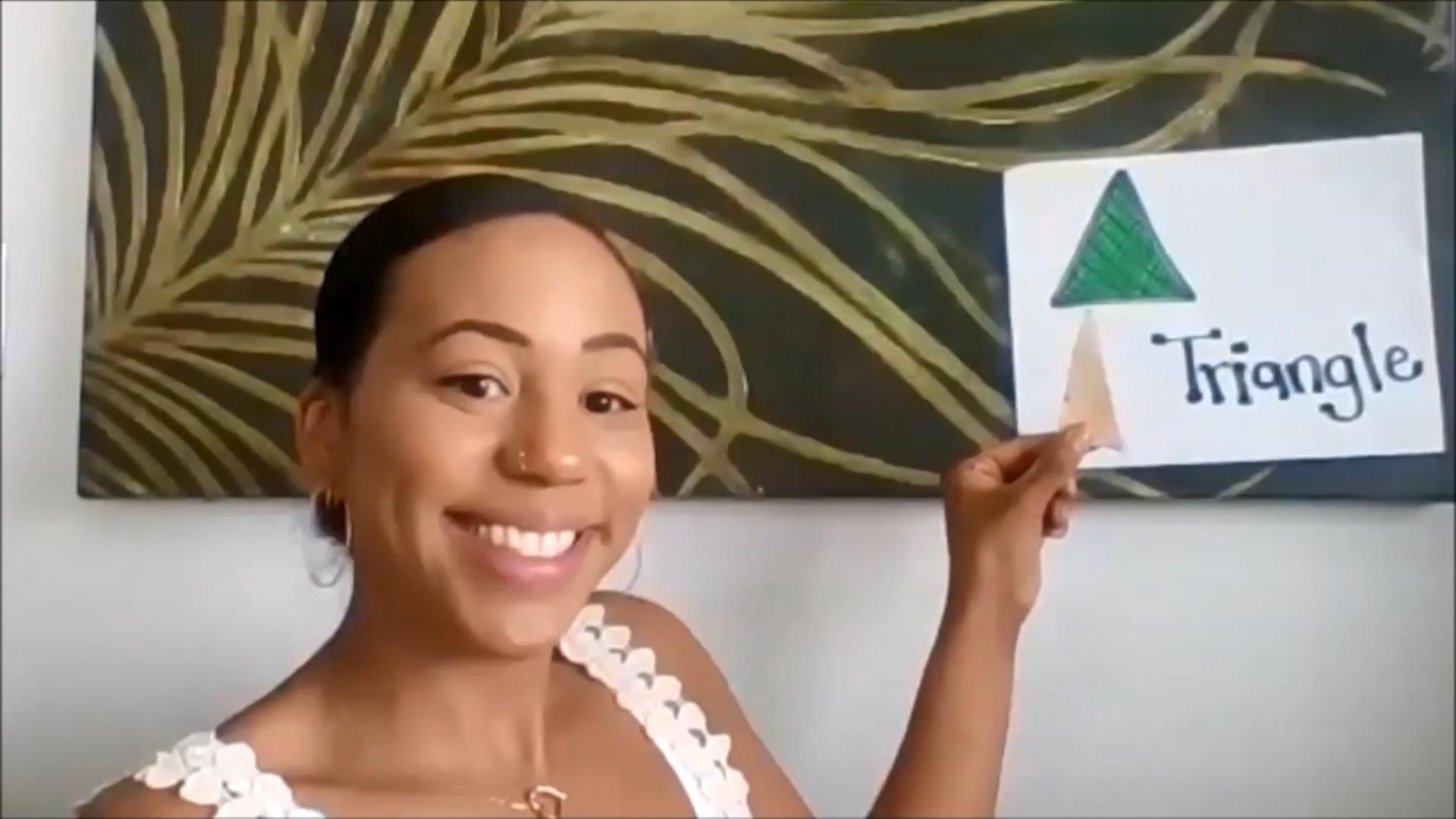
FOUR BASIC SHAPES
Shana Davis leads students on a scavenger hunt for shapes in household items.
-
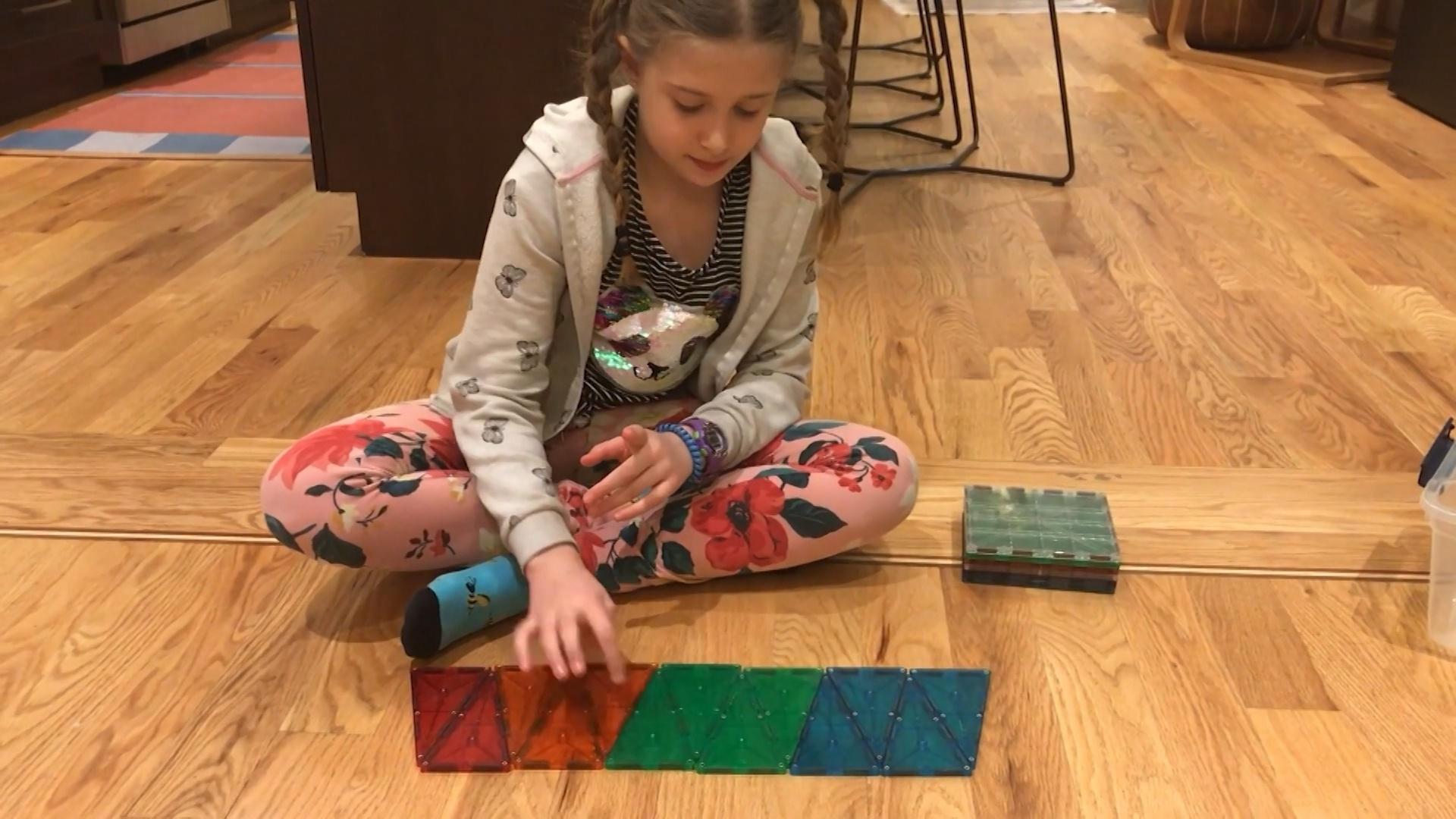
WE CAN SEE AND HEAR PATTERNS
Rachel Benoff and her daughters help children analyze patterns of shapes and sounds.
-
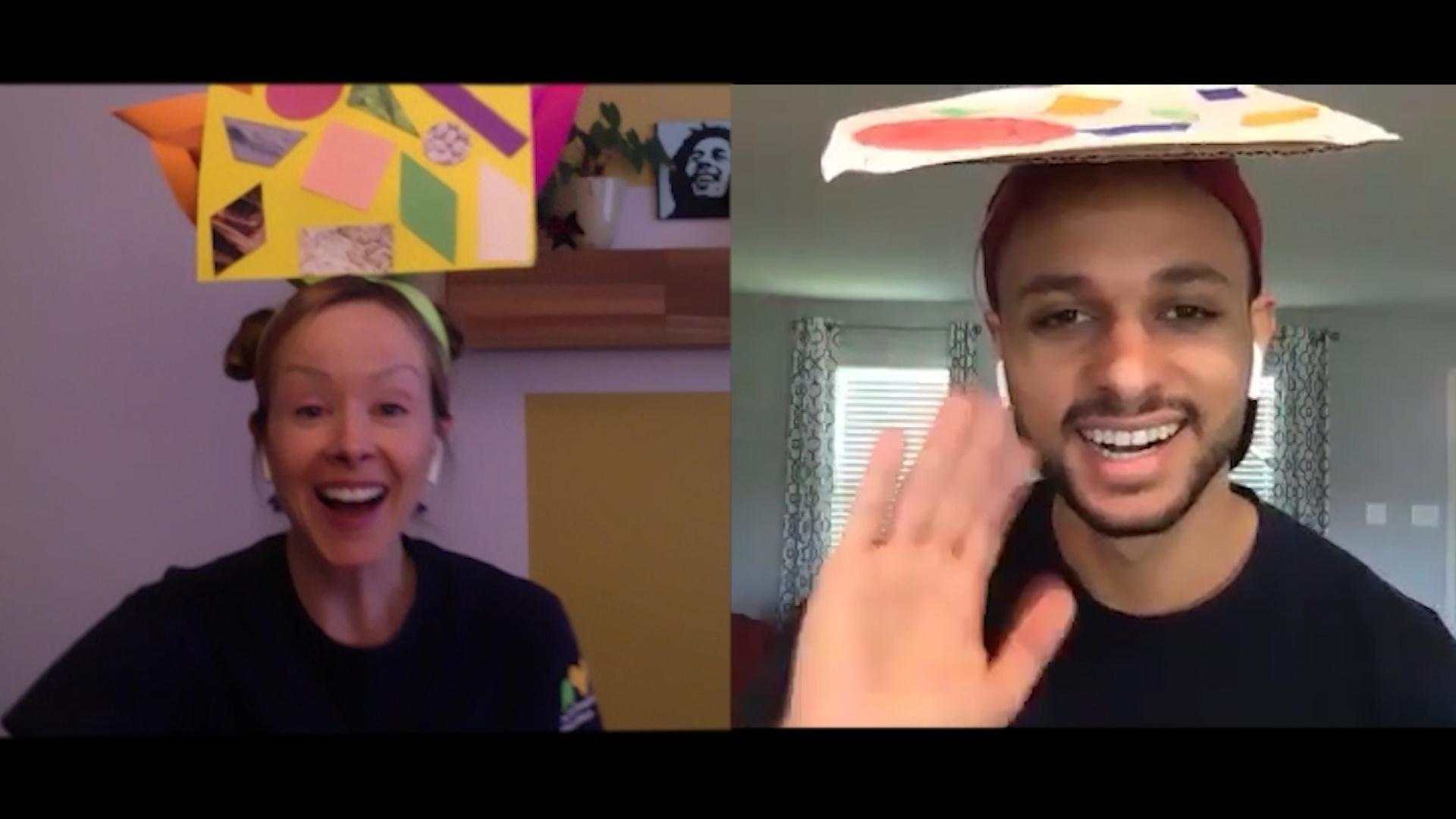
SHAPES
Wearing shape hats, Lily Fincher and Omar Etan help students learn about shapes.
-
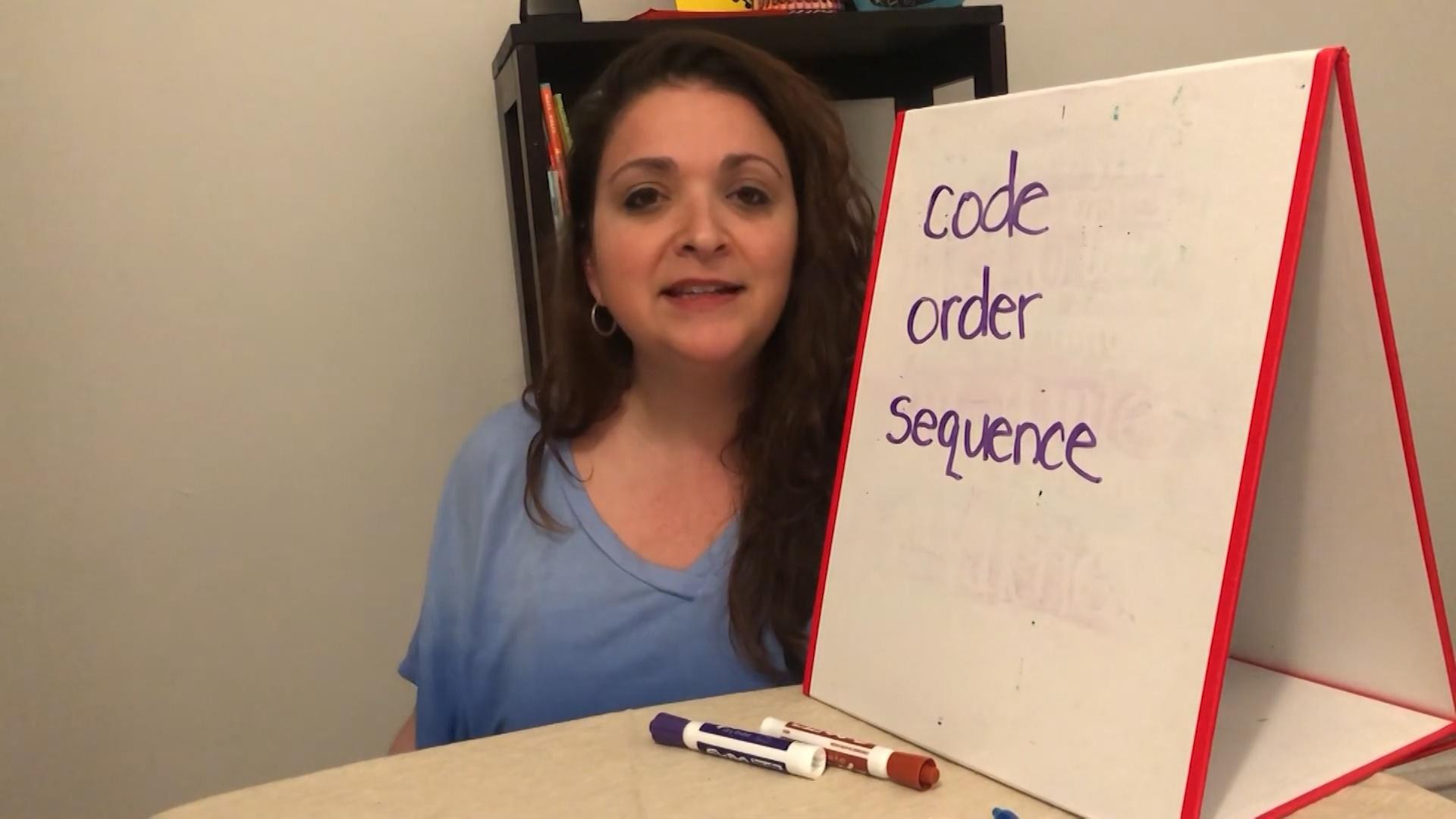
THINK LIKE A COMPUTER
Valerie Brock explores how thinking like a computer can help with counting.
-
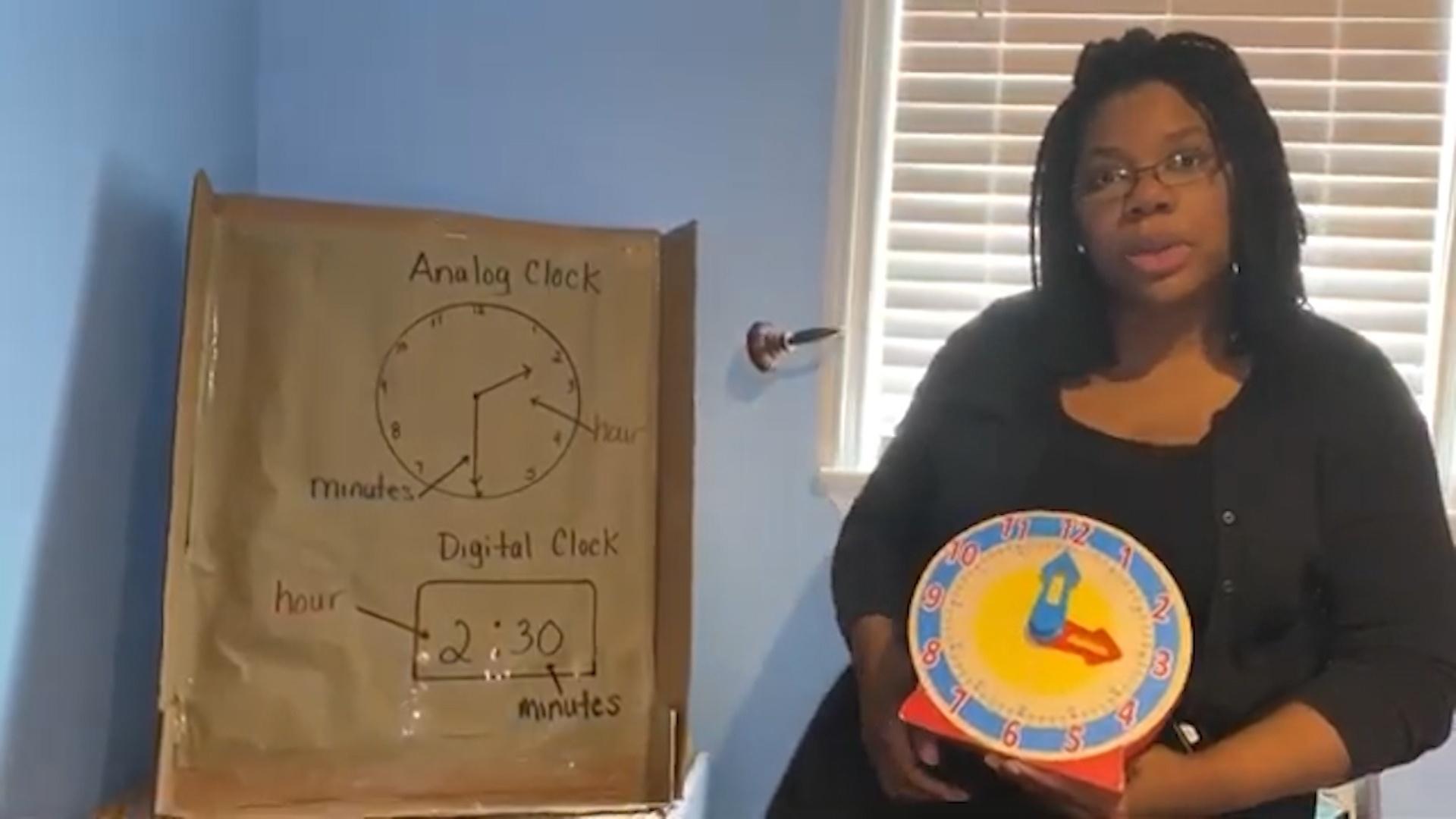
TICK TOCK
Glenda Esperance helps students learn to tell time with both digital and analog clocks.
-
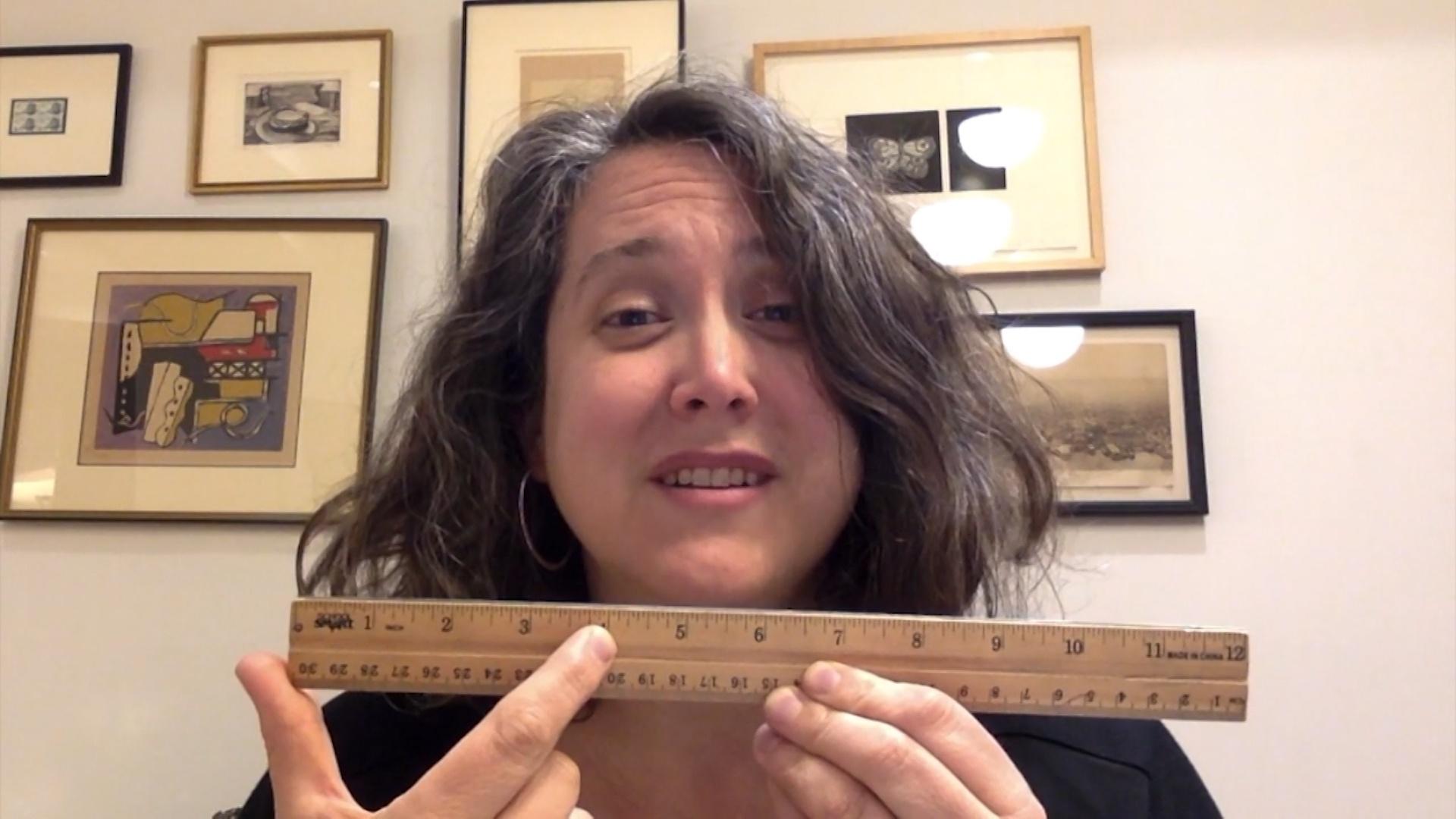
MEASURING AT HOME
Rachel Benoff helps students measure using non-standard and standard units.
-
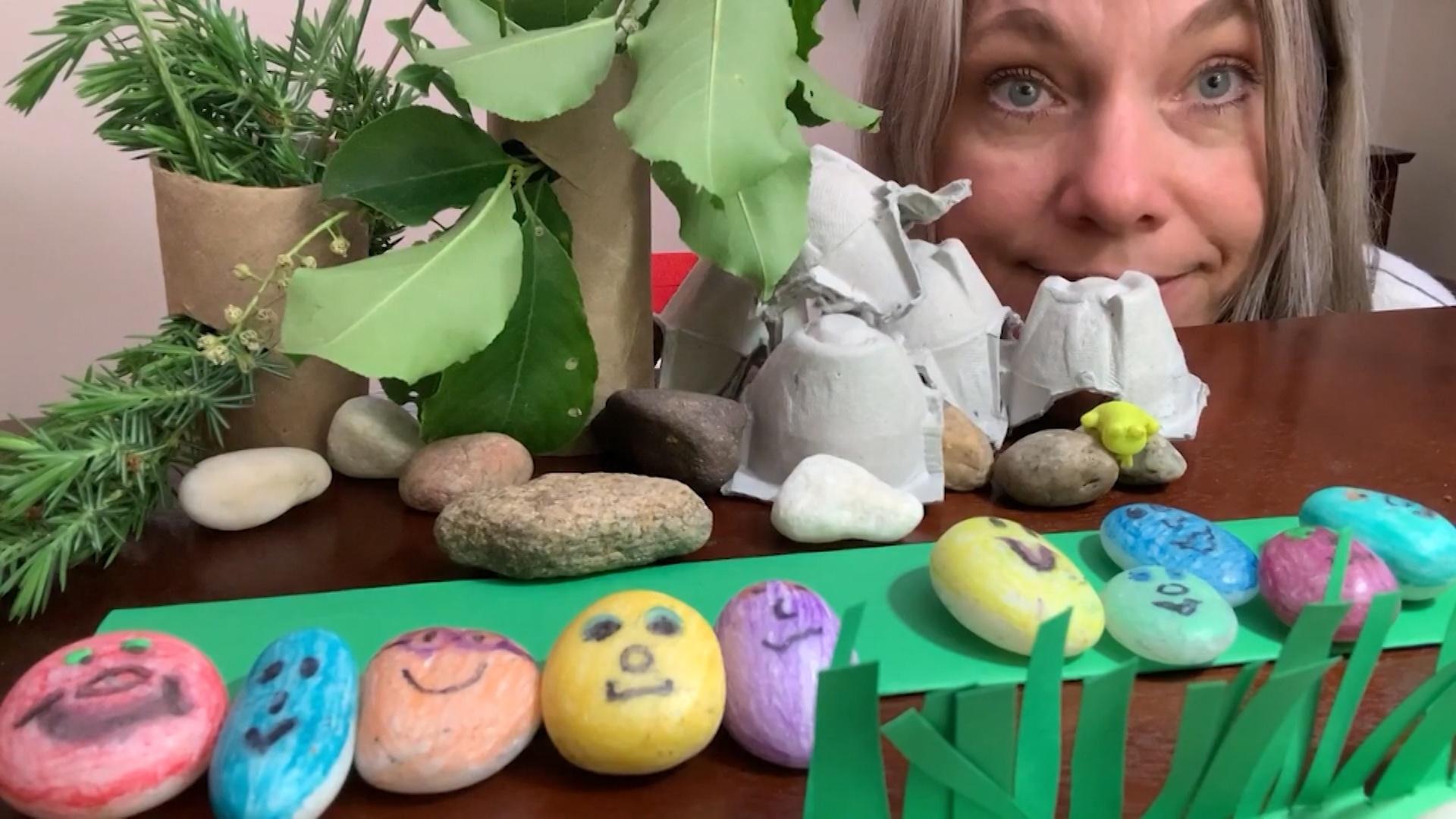
NUMBER STORIES
Helen Poje, Jenny Ottinger, and Krista Kaiser show how to make number stories.
-
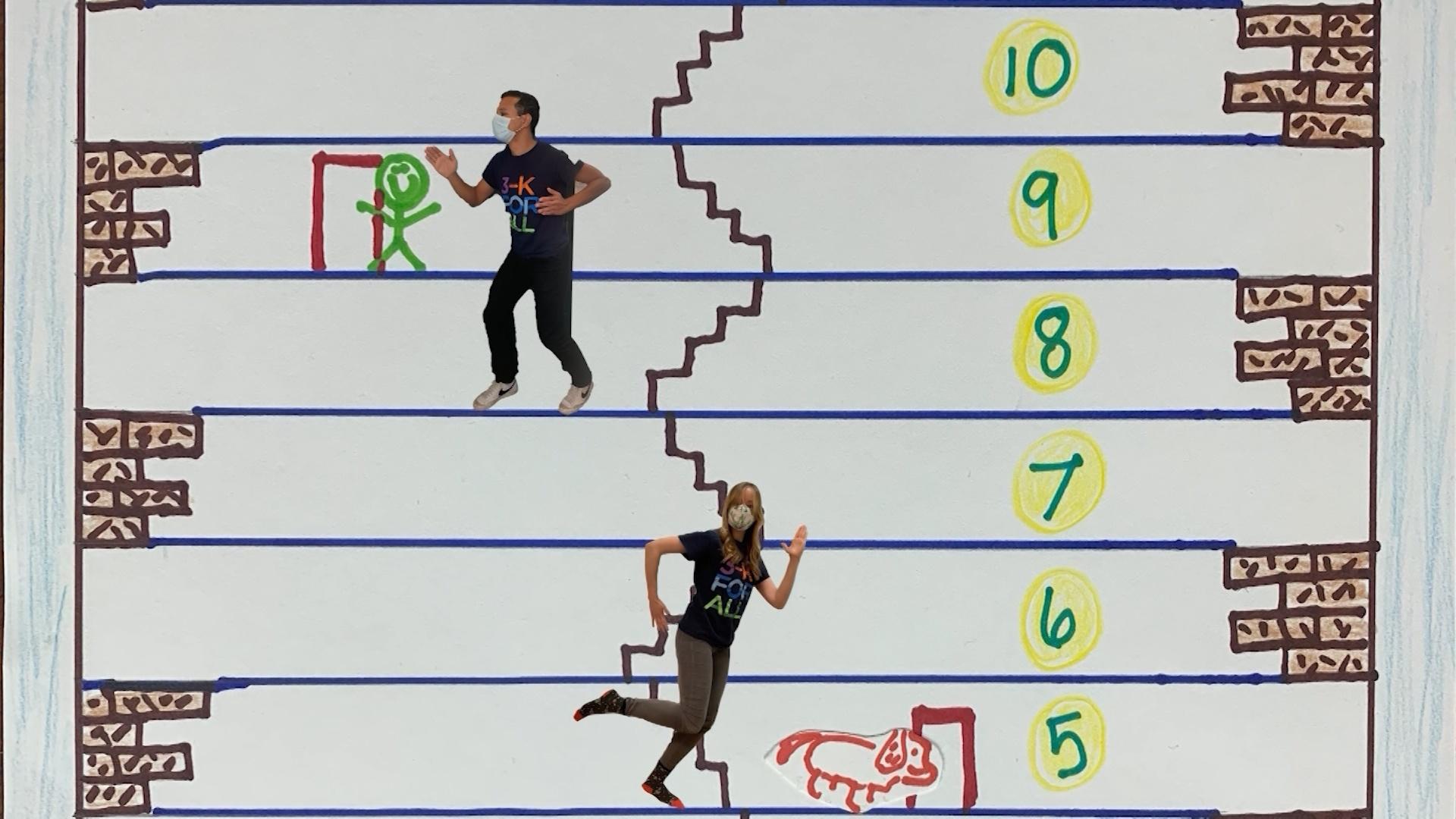
RACE TO THE TOP FLOOR
Lily Fincher and Omar Etman play a board game that involves counting.
-
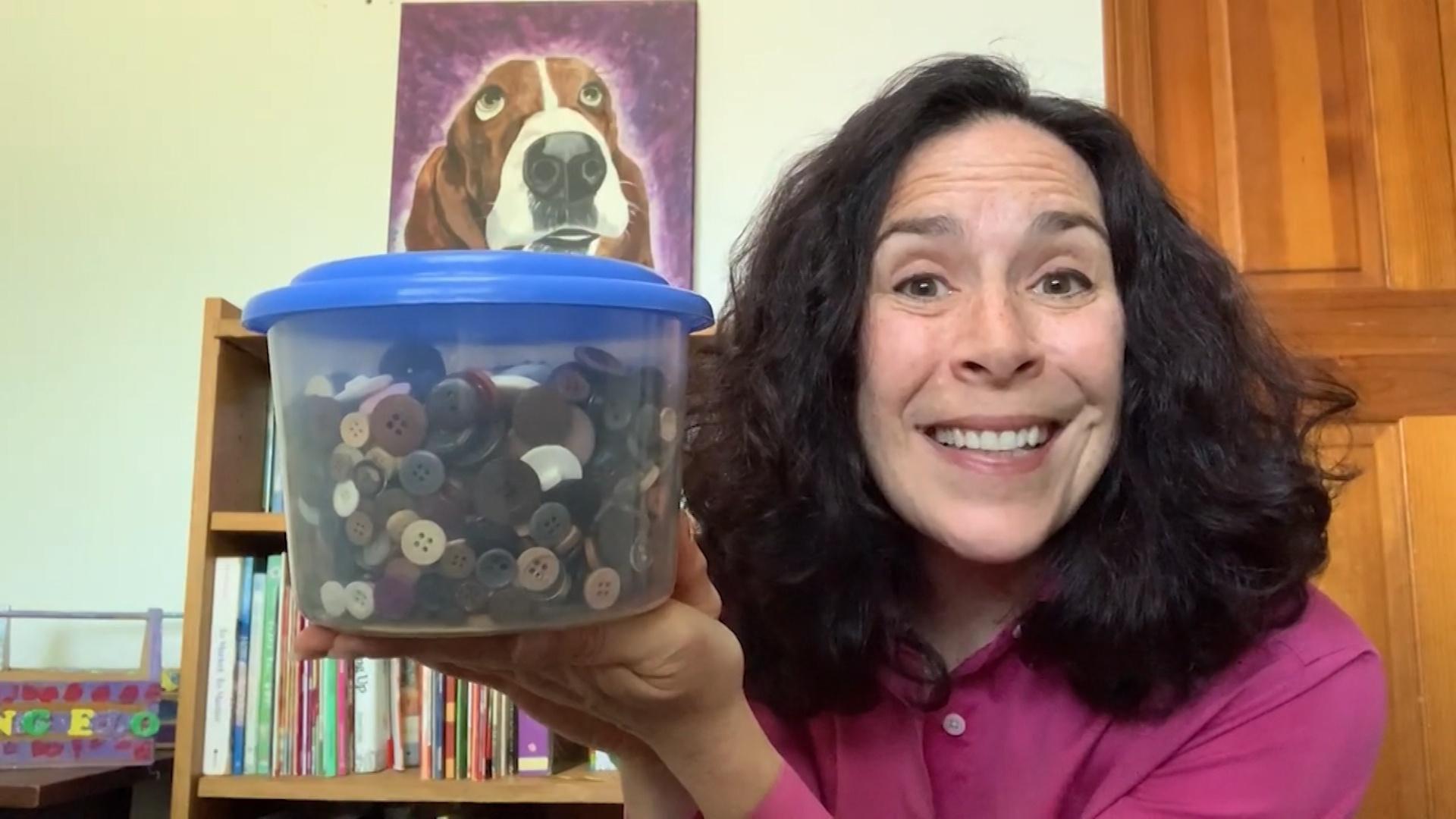
THE BUTTON BOX
Marisa Gubbins reads THE BUTTON BOX, then sorts objects with her children.
-
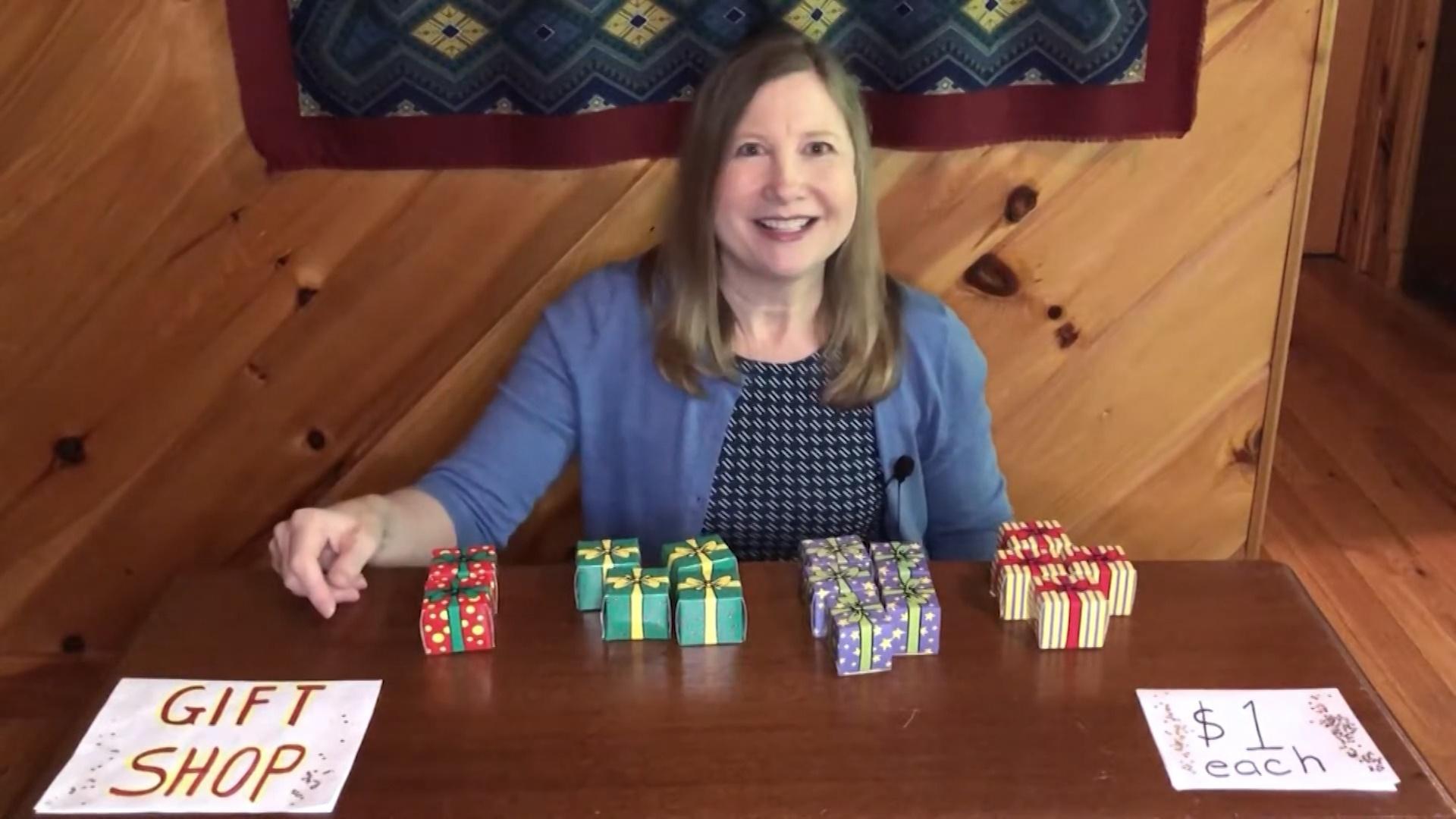
SHOPPING GAME
In a shopping game, Liz McDonald prompts students to buy items from her pretend store.
-
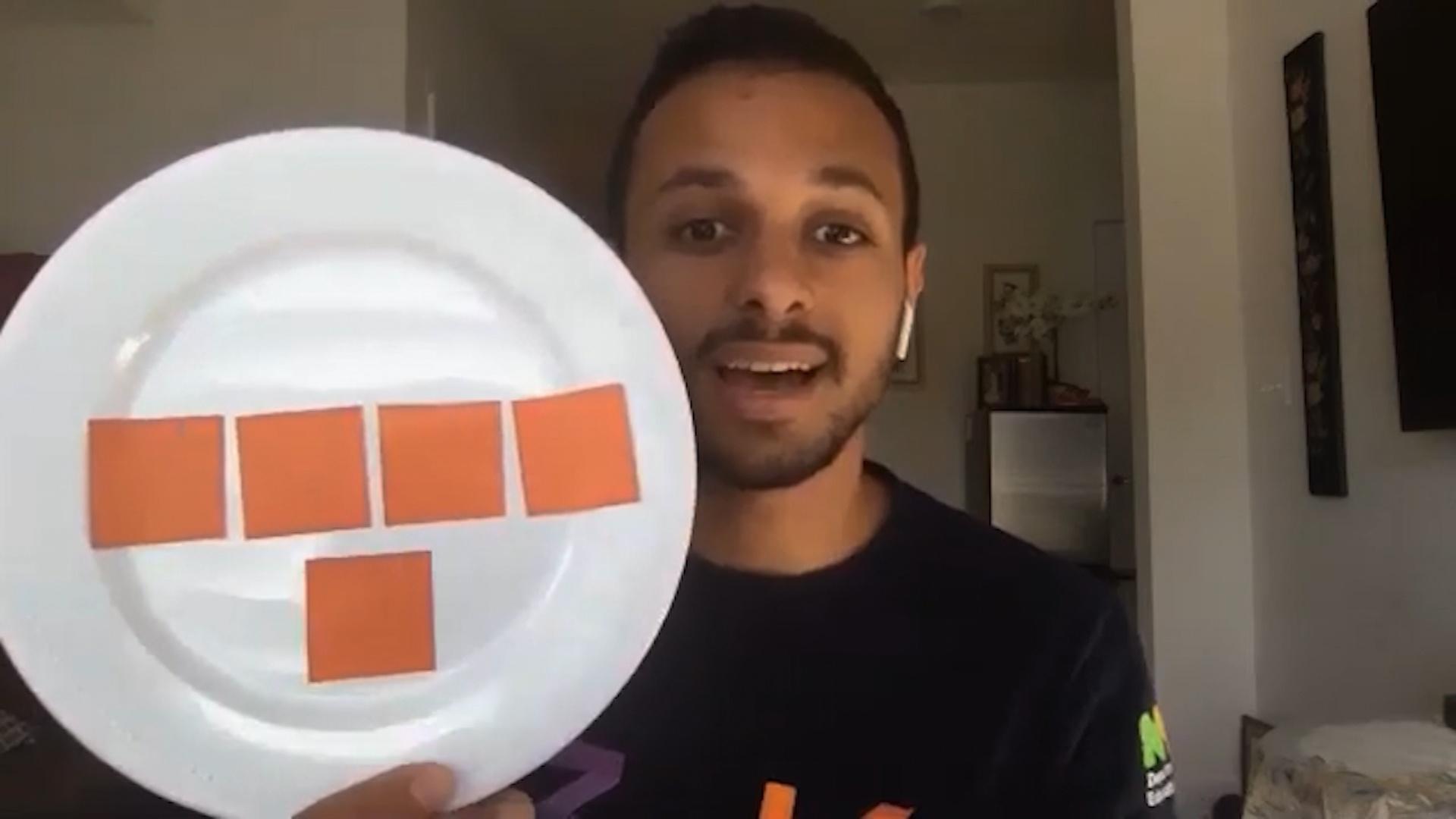
FAST AND SLOW
Lily Fincher and Omar Etan play fast and slow games about shapes and numbers.
-
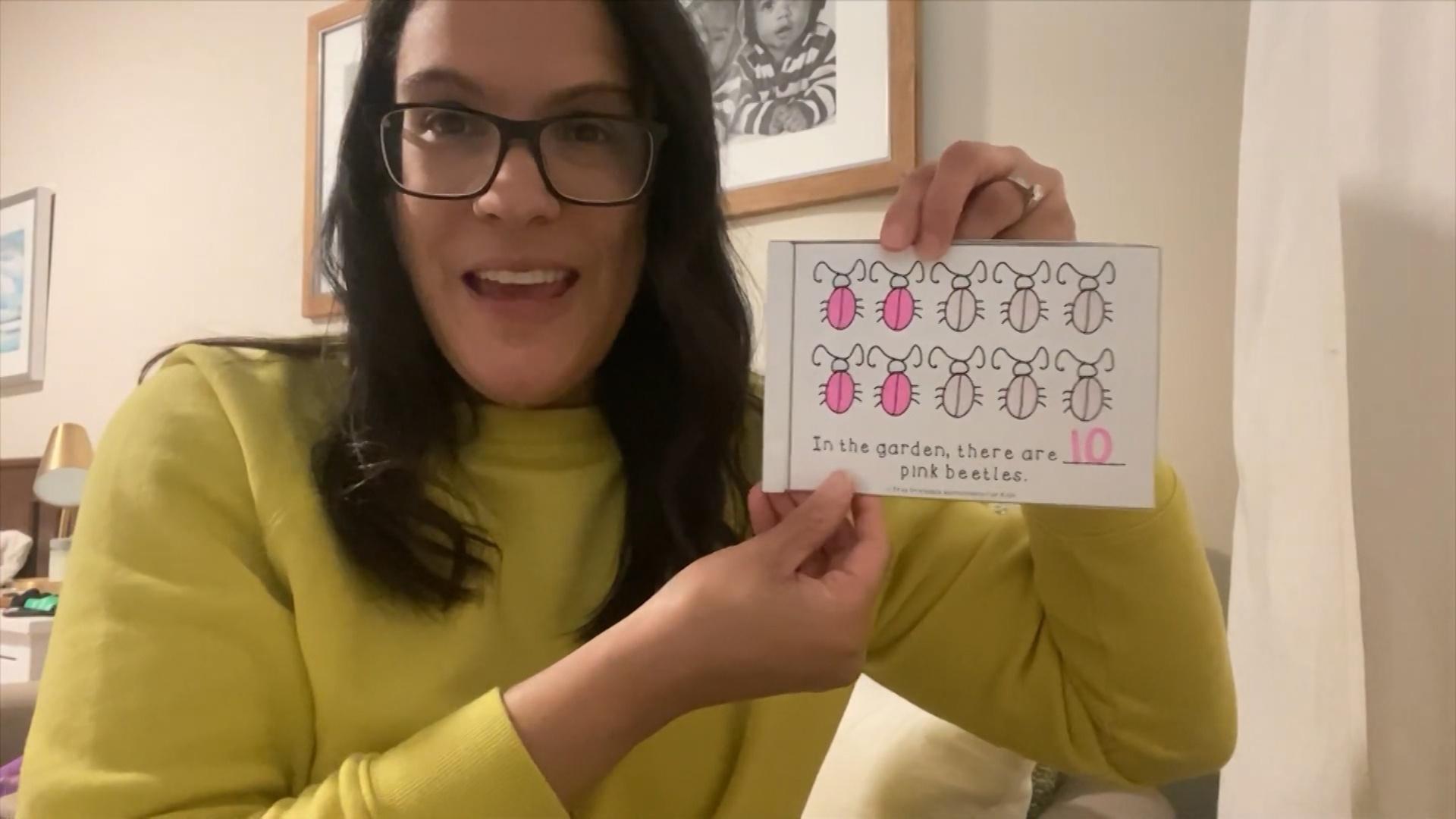
VERBAL COUNTING, LEARNING DIGITS
Tanya Coupet helps students with verbal counting and representing numbers with objects.
-
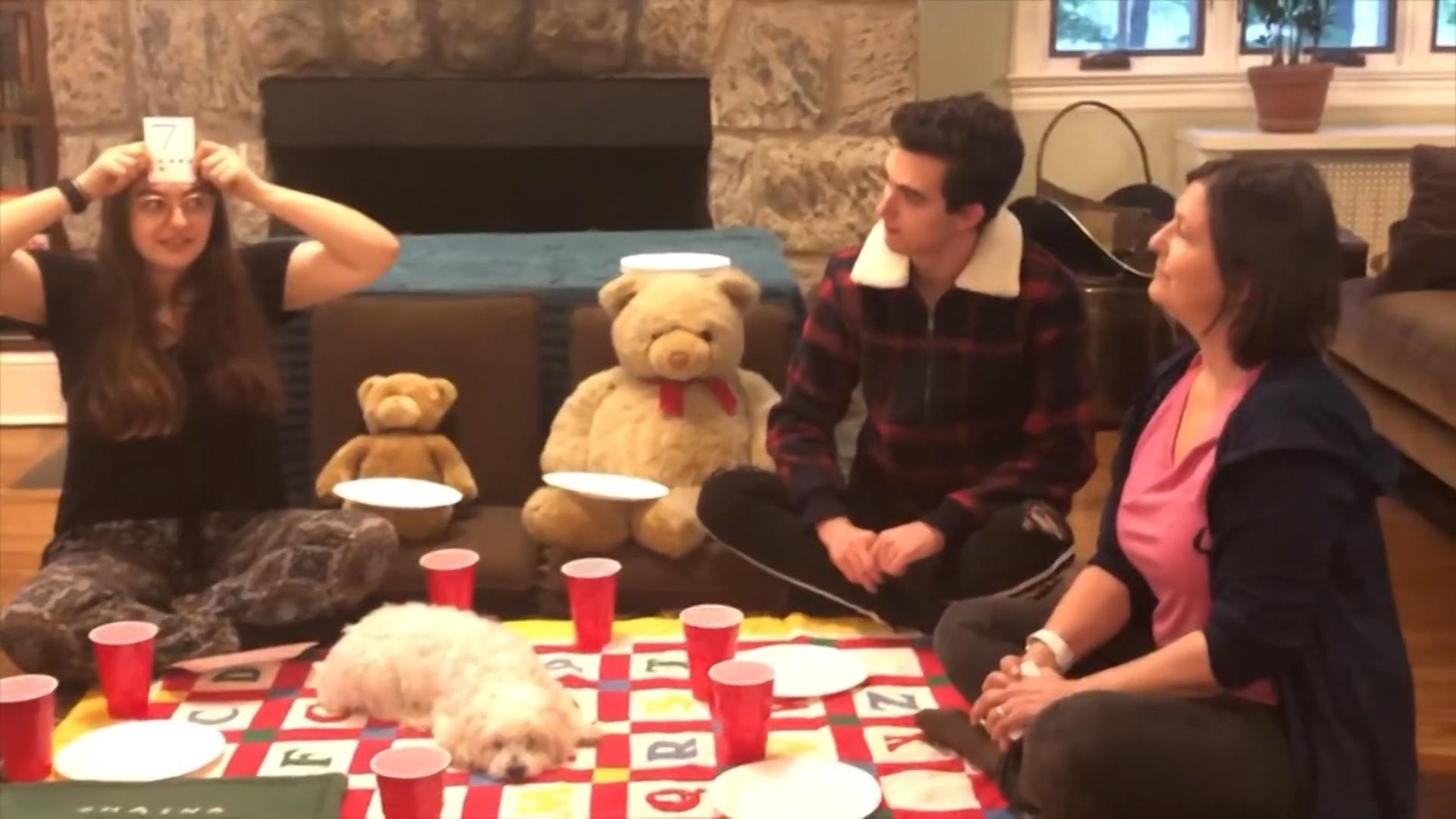
PICNIC WITH EARLY NUMERACY
At a pretend picnic Jenny Ottinger engages students in a variety of math-based games.
-
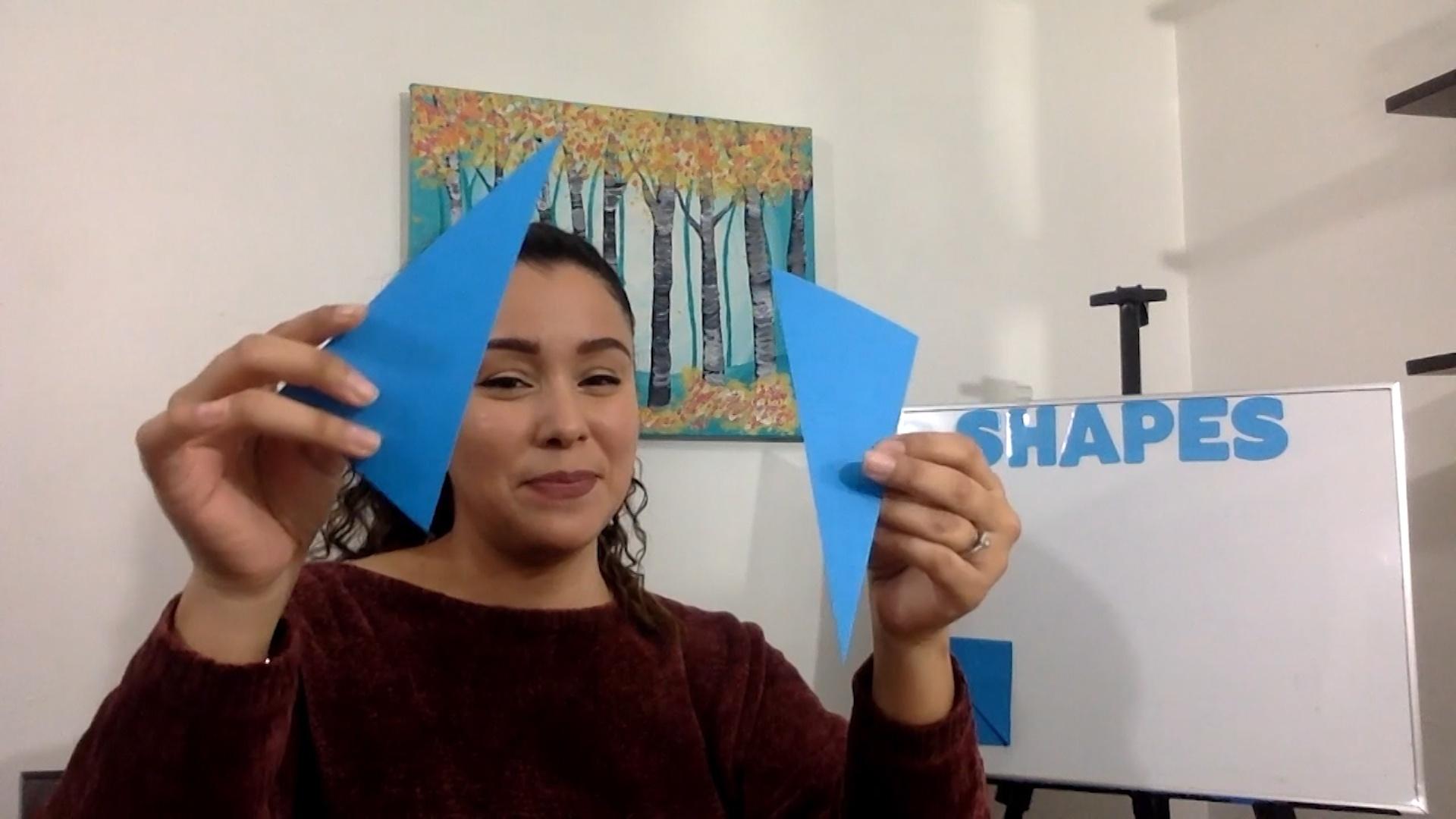
WORKING AND PLAYING WITH SHAPES
Damaris Rosado-James helps students learn shapes and find examples among household items.
-
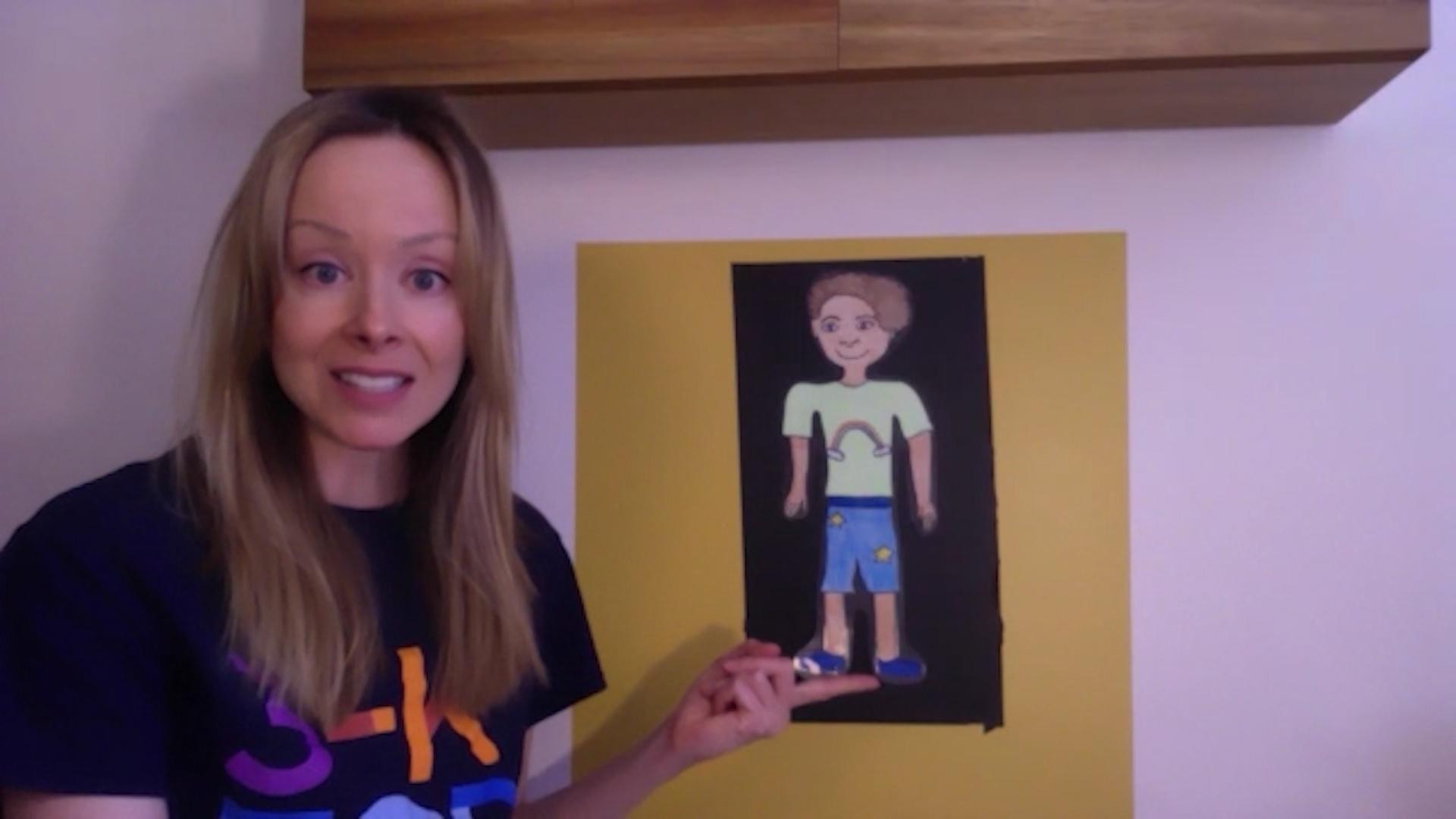
STANLIA’S COAT
Lily Fincher and Omar Etman help students make a coat the right size for a paper doll.
-
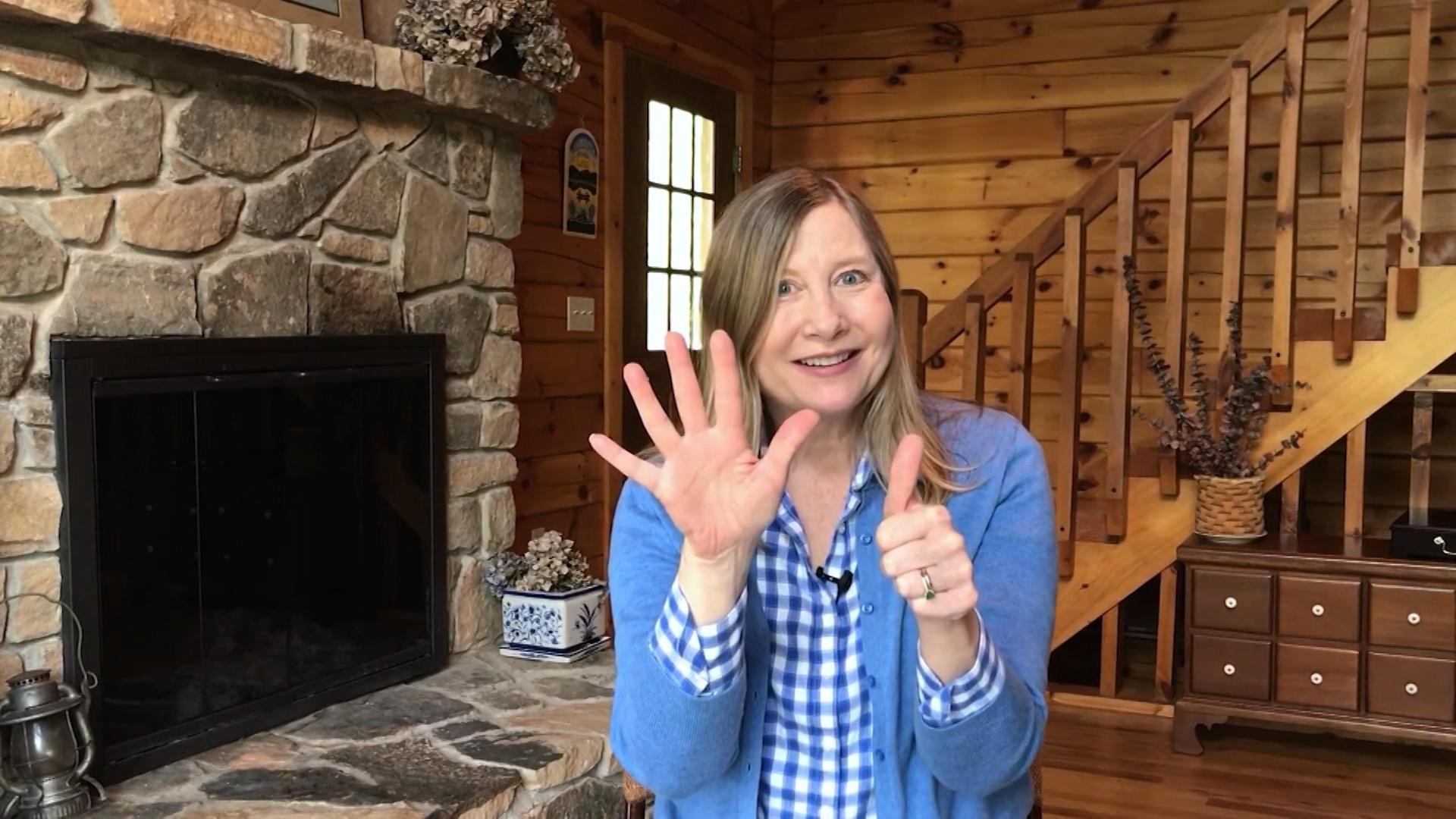
ADD ONE MORE AND CODE
Educators help students practice using a plus 1 pattern and coding basics.
-
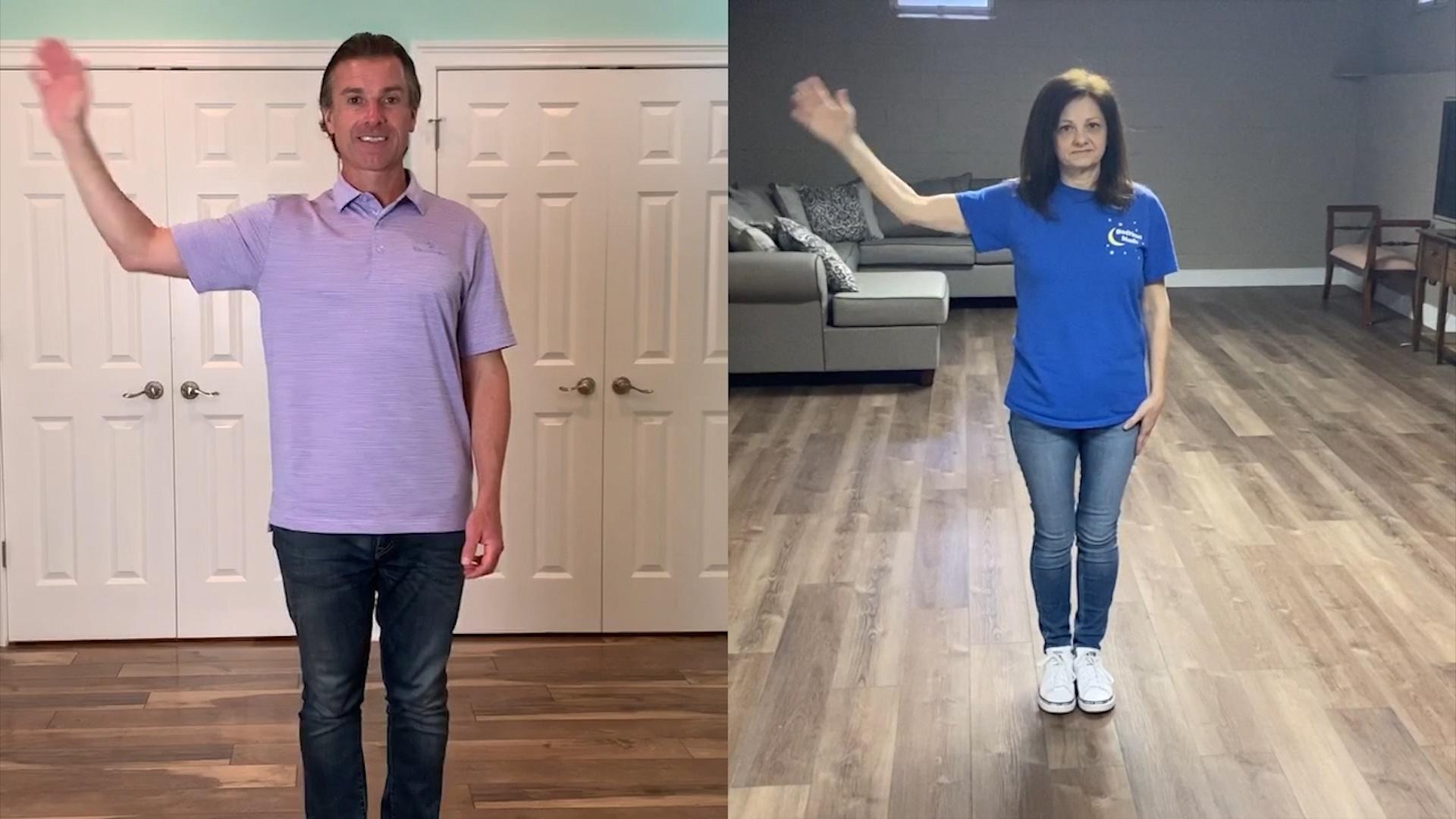
ROBOTICS/CODE – WALK THIS WAY
Educators help students practice using a plus 1 pattern and coding basics.
-
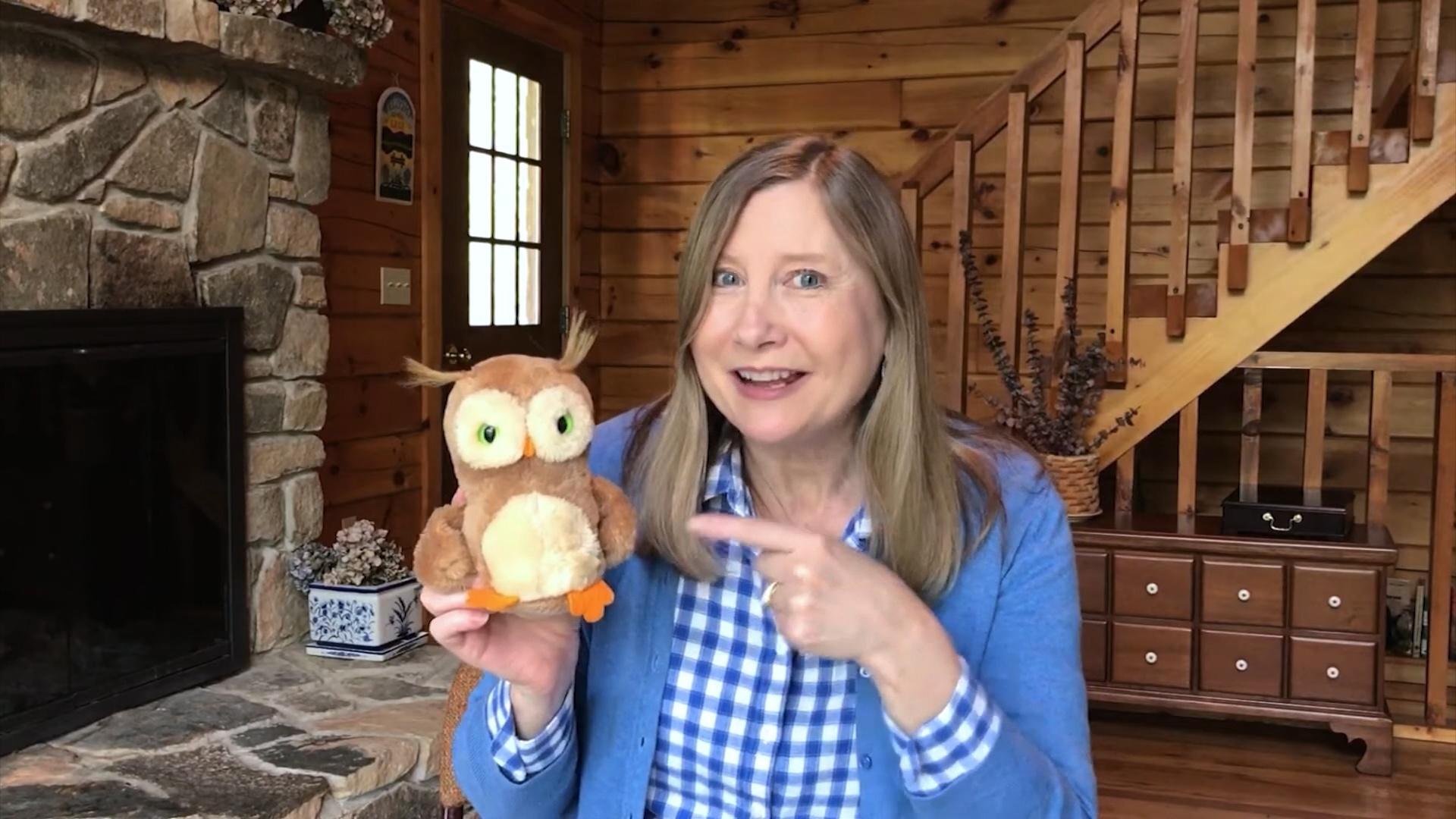
LET’S ADD ONE MORE FOR OWL’S BIRTHDAY
Educators help students practice using a plus 1 pattern and coding basics.
-
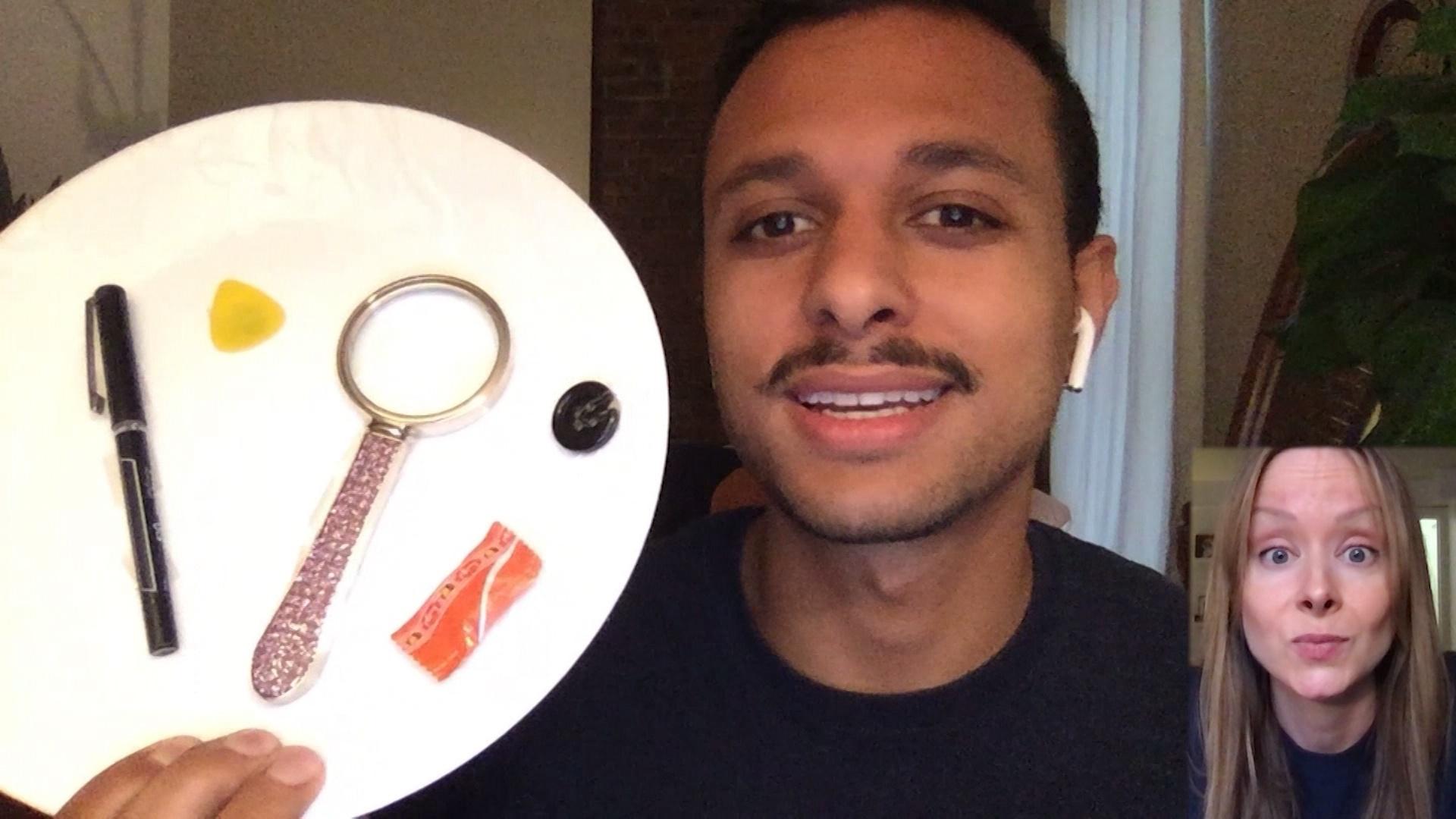
LEARNING ABOUT FRIENDS
Lily Fincher and Omar Etman prompt students to play a memory game about friendship.
-
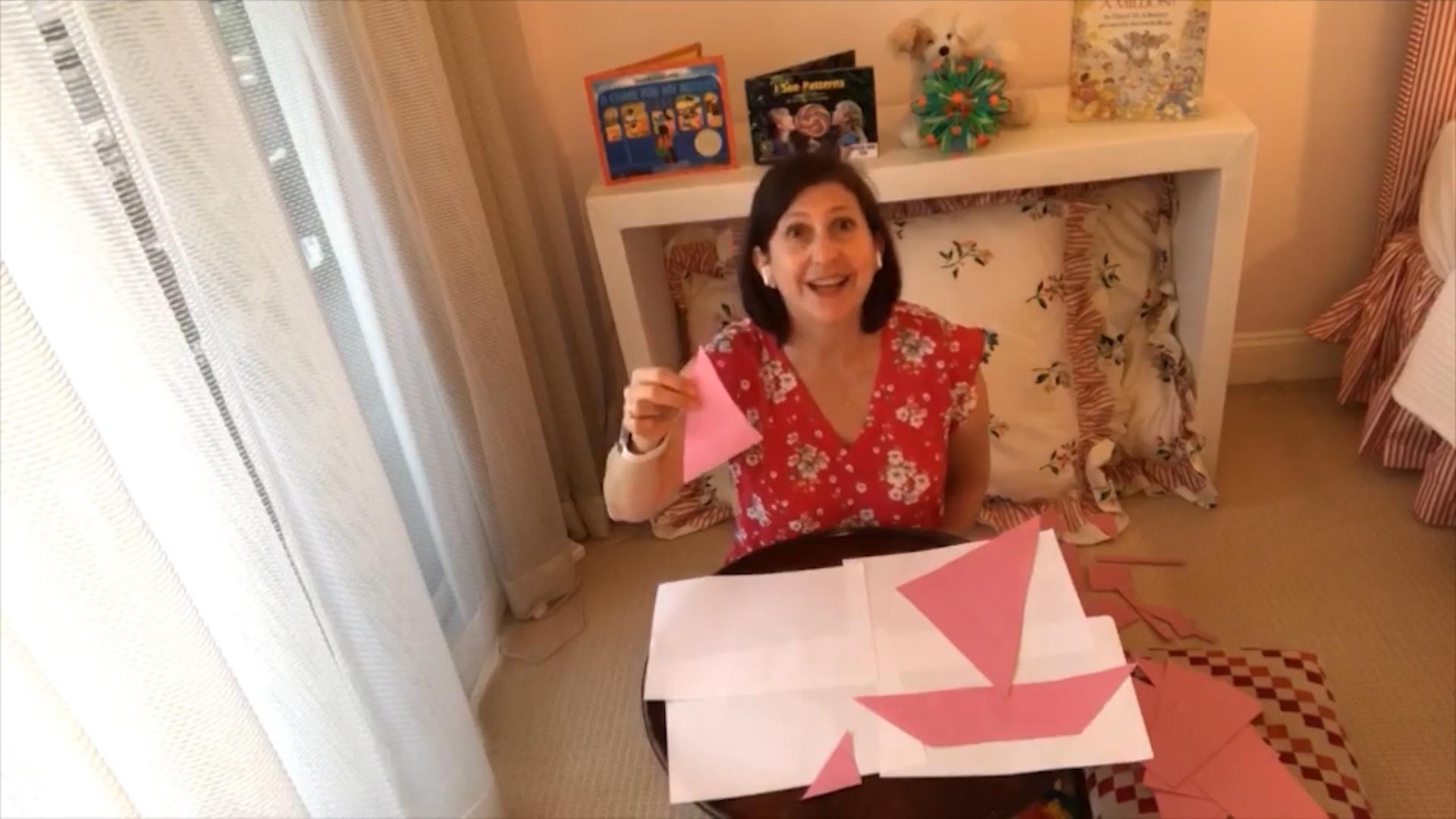
SHAPE STORY
Jenny Ottinger helps students cut out geometric shapes and use them to tell a story.
-
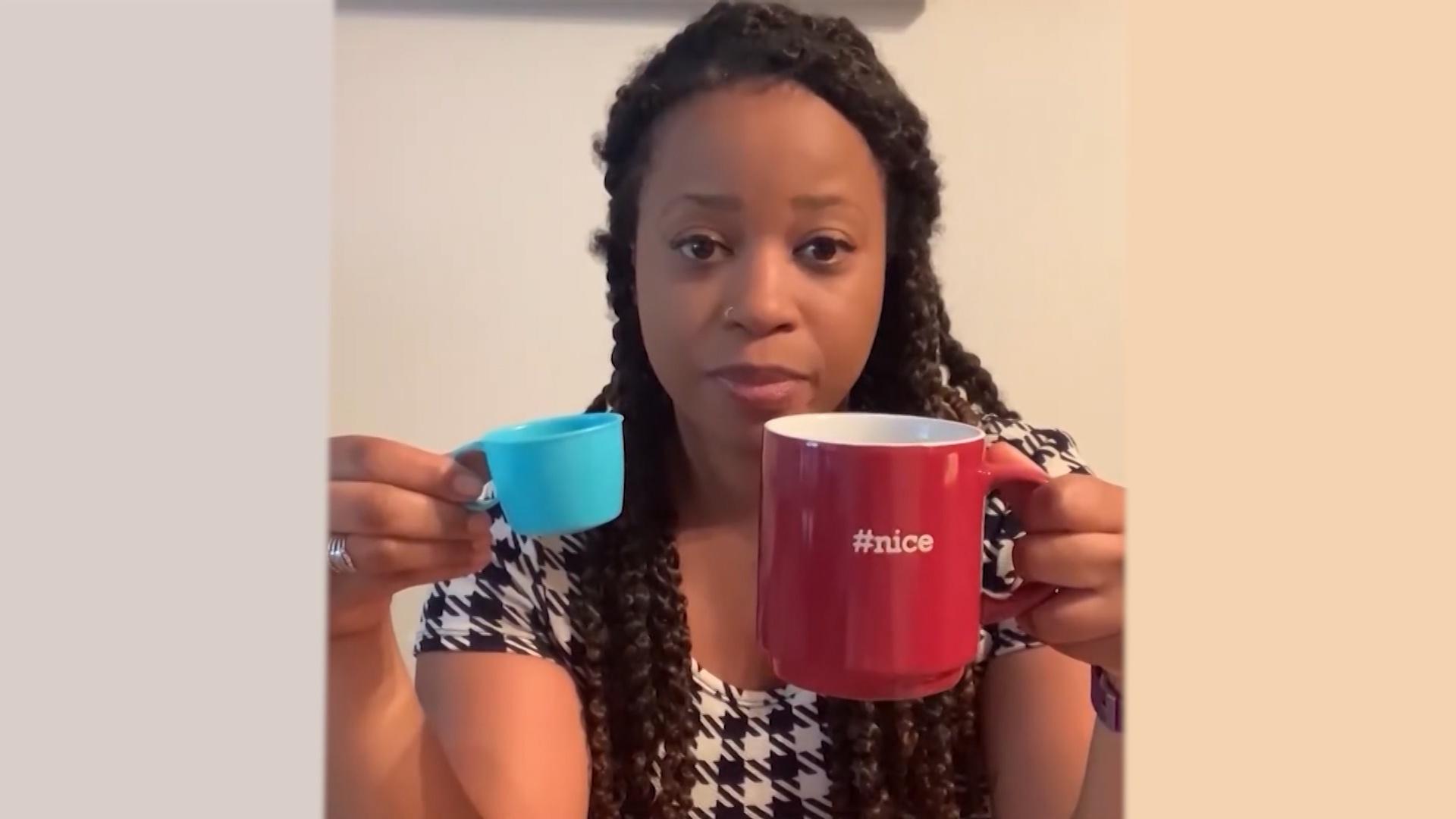
SCALE AND PROPORTION
Malika Khalsa from the Salvadori Center helps students learn about scale and proportion.
-
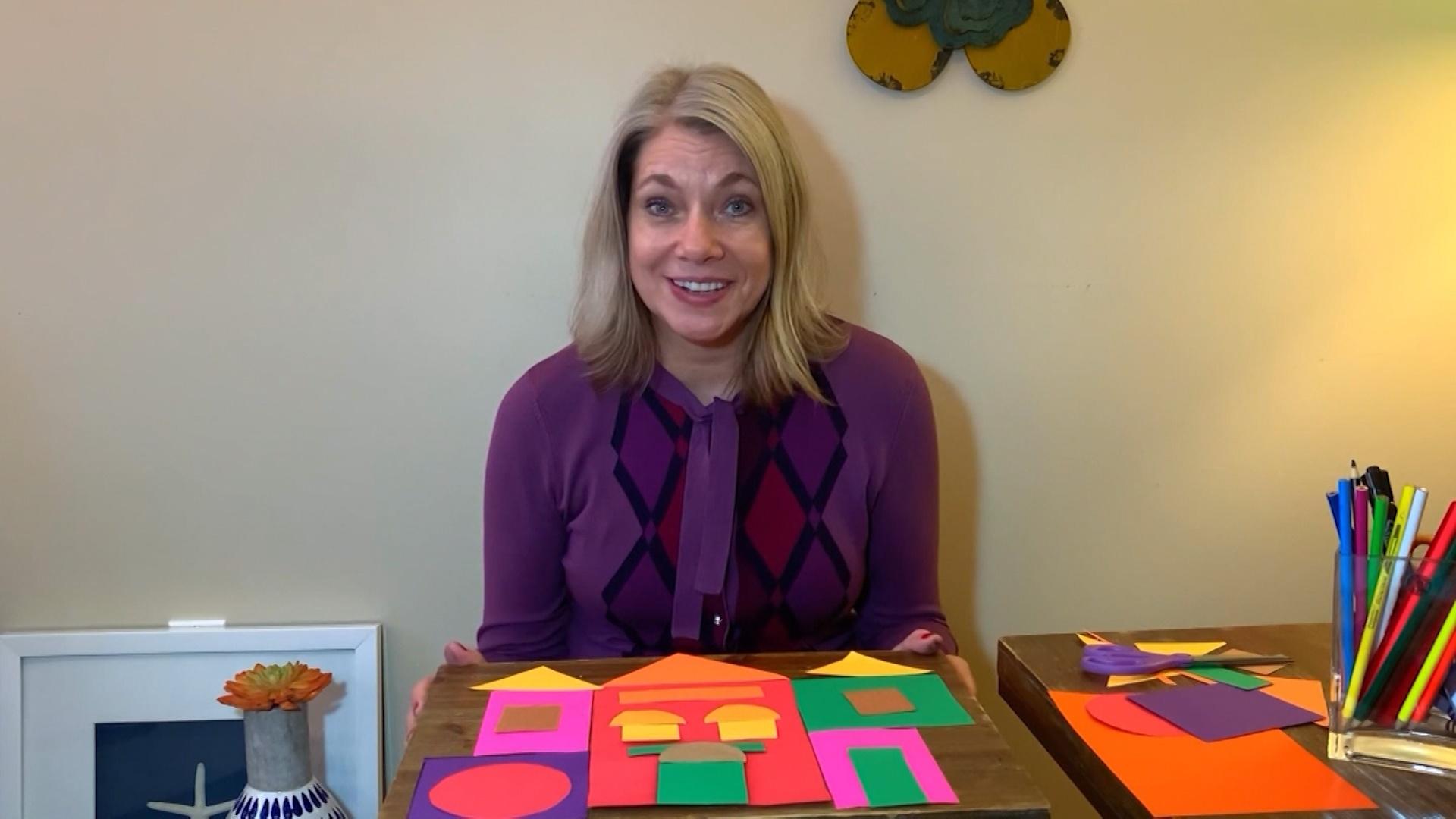
GEOMETRY AND WHERE WE LIVE
Krista Kaiser helps students notice geometric shapes in buildings.
-
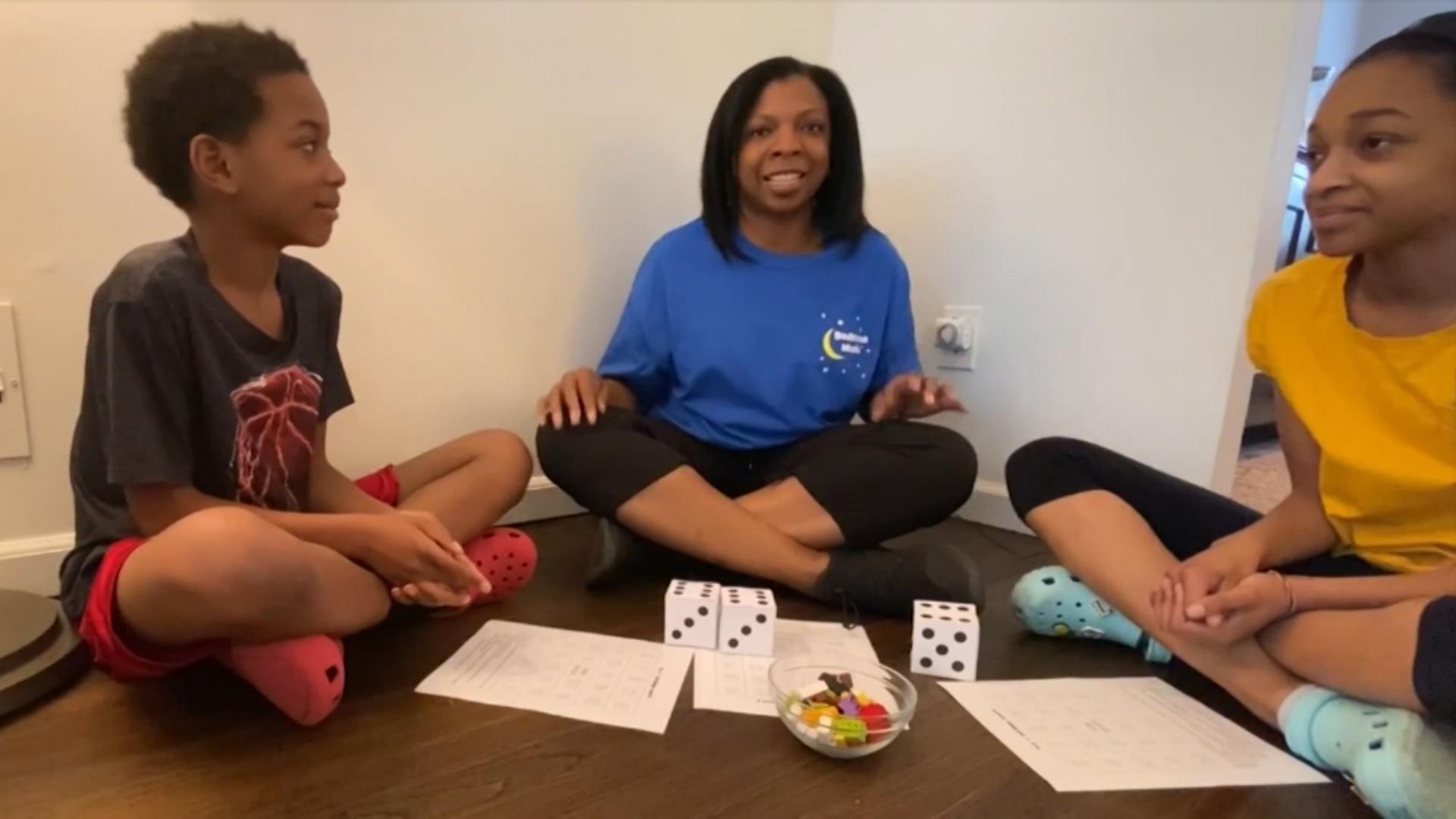
ROCK’N’ROLL BINGO
Shayna Sackett-Gable from Bedtime Math and her children play Bingo with dice they make.
-
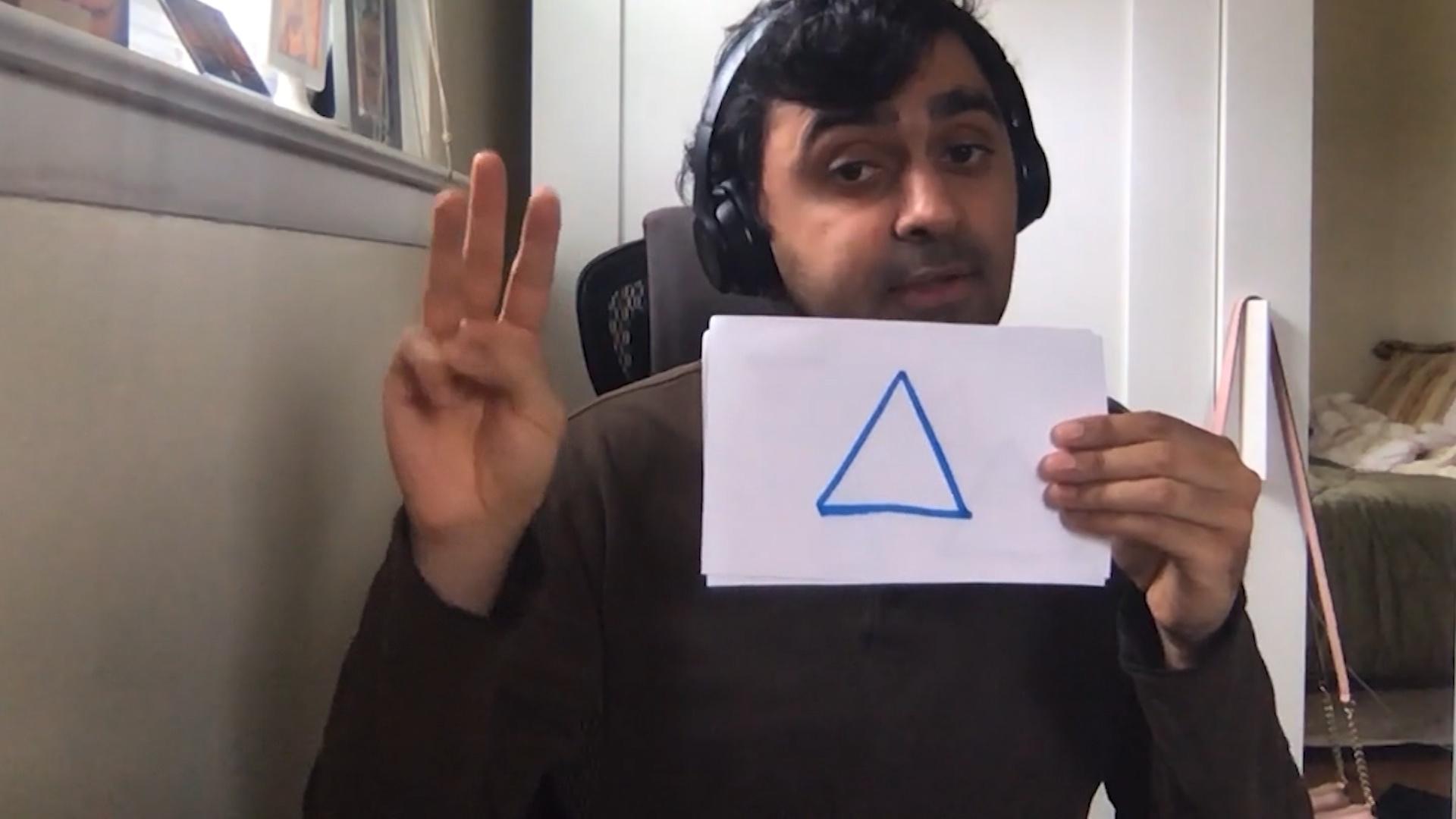
SHAPES IN THE WORLD
Manish Parmer leads students in a version of the “Hokey Pokey” using shapes.
-

FUN WITH COUNTING
Damaris Rosado-James encourages viewers to help her count pictures drawn on paper plates.
-
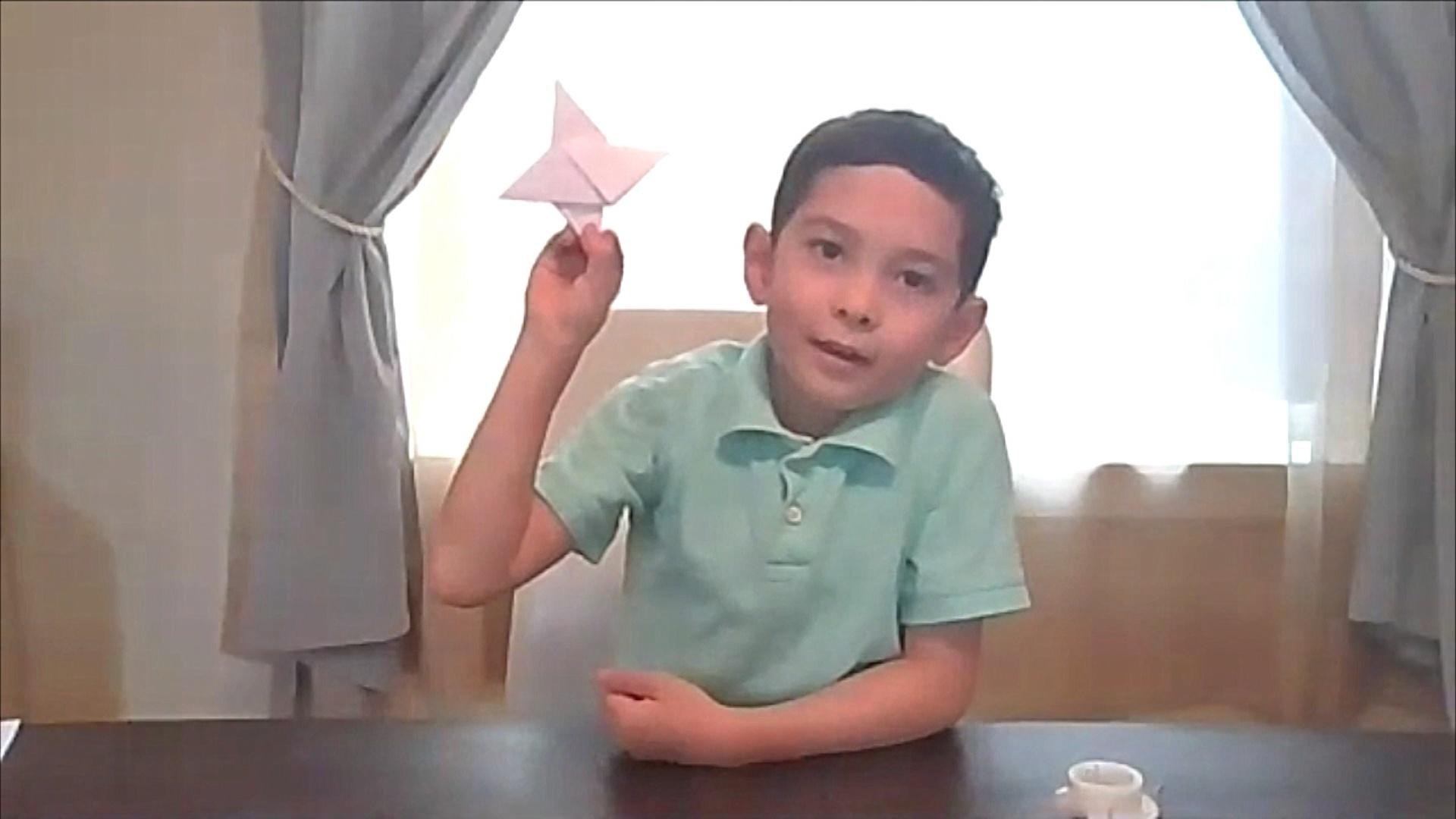
STAR POWER
Laura Overdeck from Bedtime Math and young friends demonstrate how to fold origami stars.
-
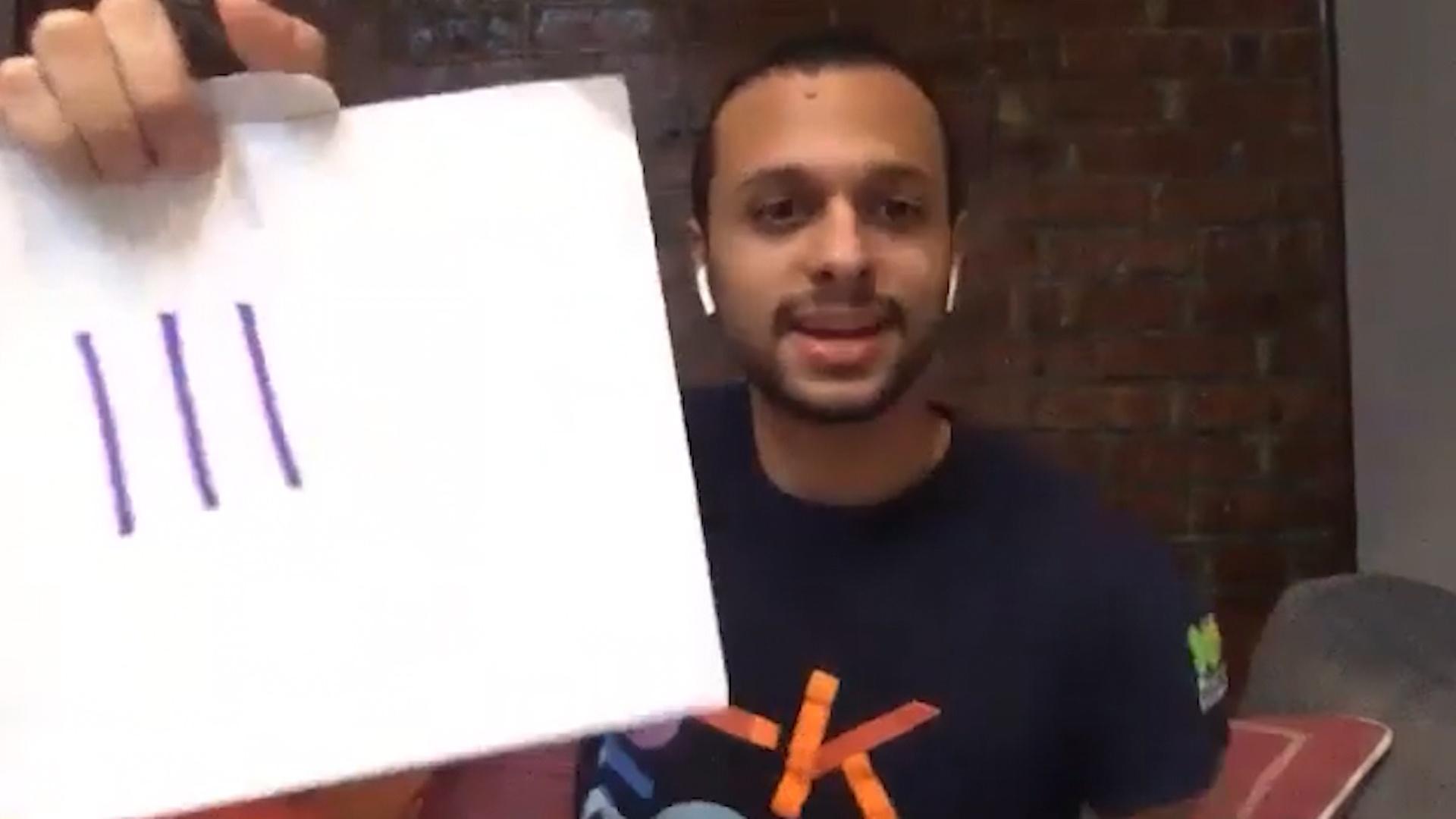
THE SECRET HIDDEN NUMBER
Lily Fincher and Omar Etman play a game to help children develop a mental number line.
-
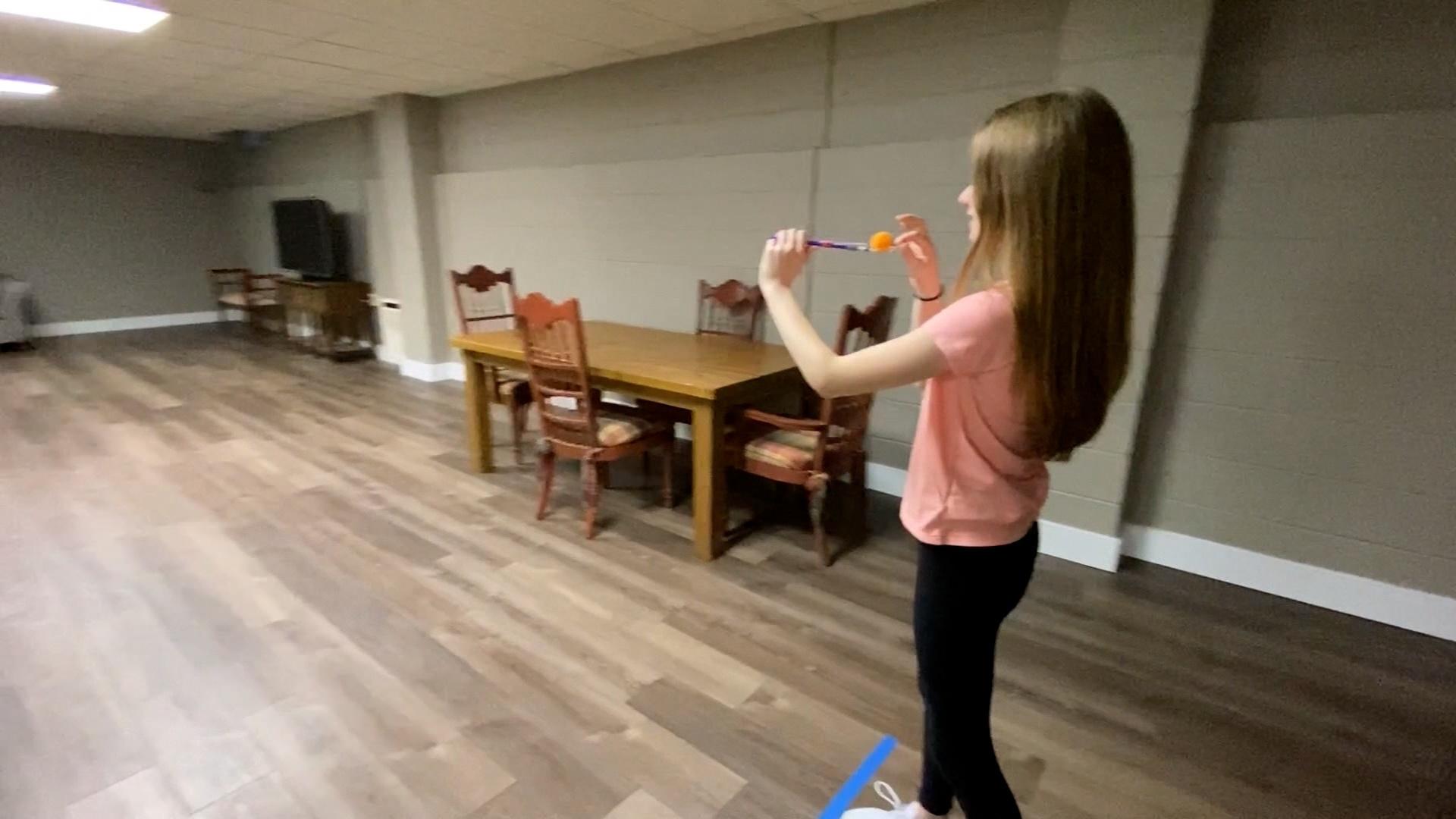
FLYING OBJECTS
Joy Kalfus from Bedtime Math helps students build a catapult.
-
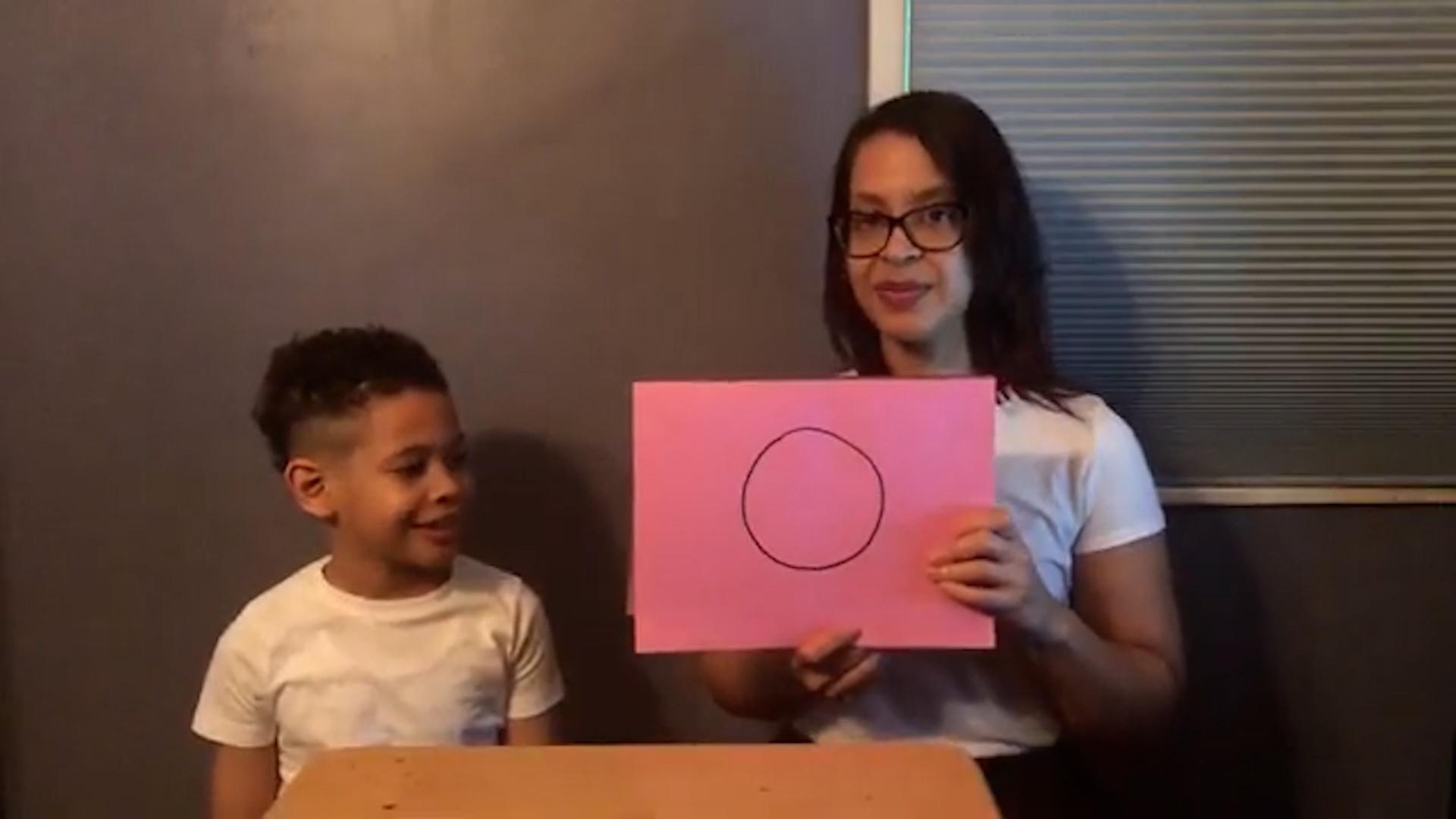
SHAPES AROUND US
Roxanne Mejia from the Salvadori Center helps students learn about shapes and forms.
-
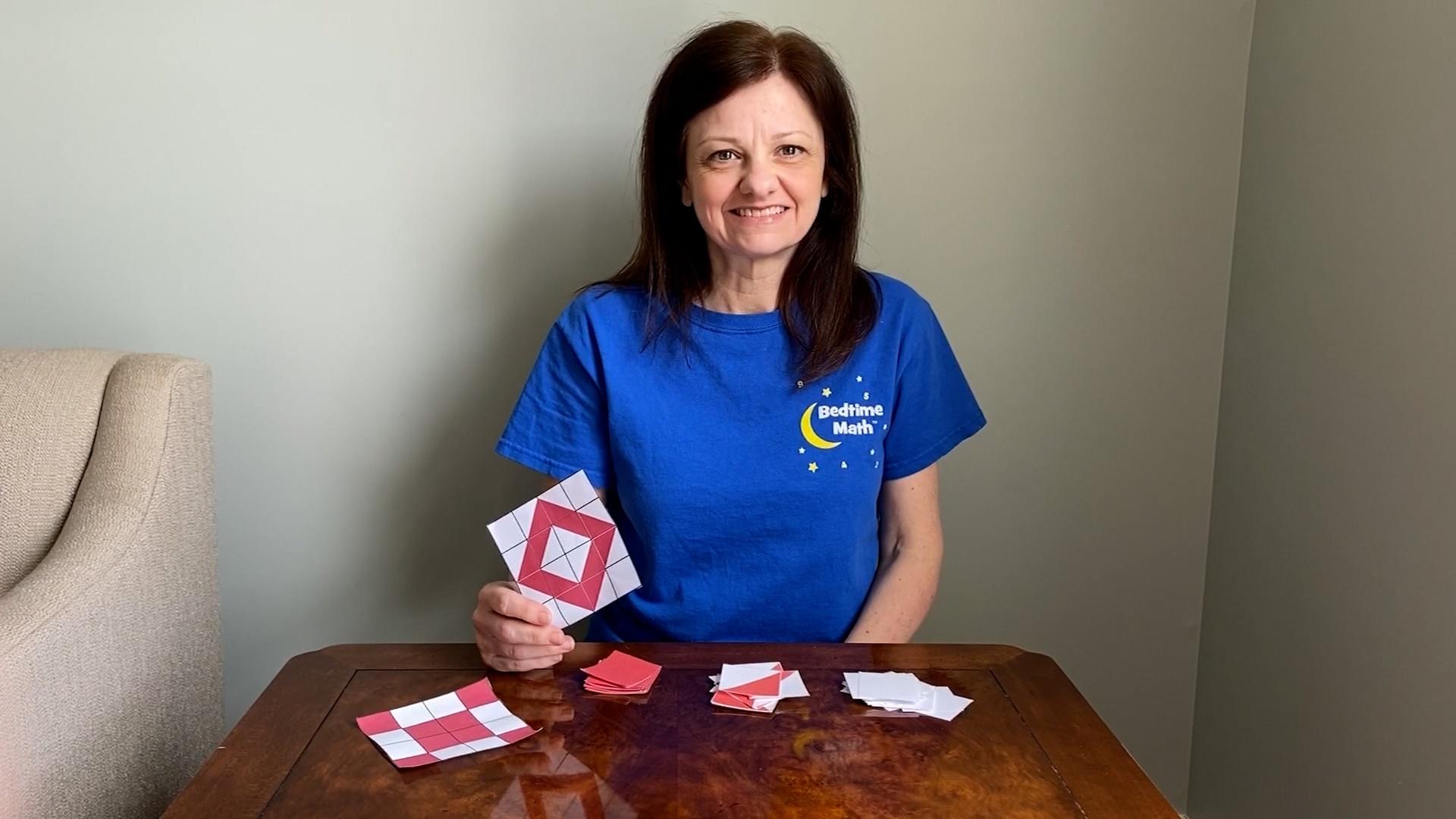
SHAPE SHUFFLE
Joy Kalfus from Bedtime Math shows students how to make and play the game Shape Shuffle.
-
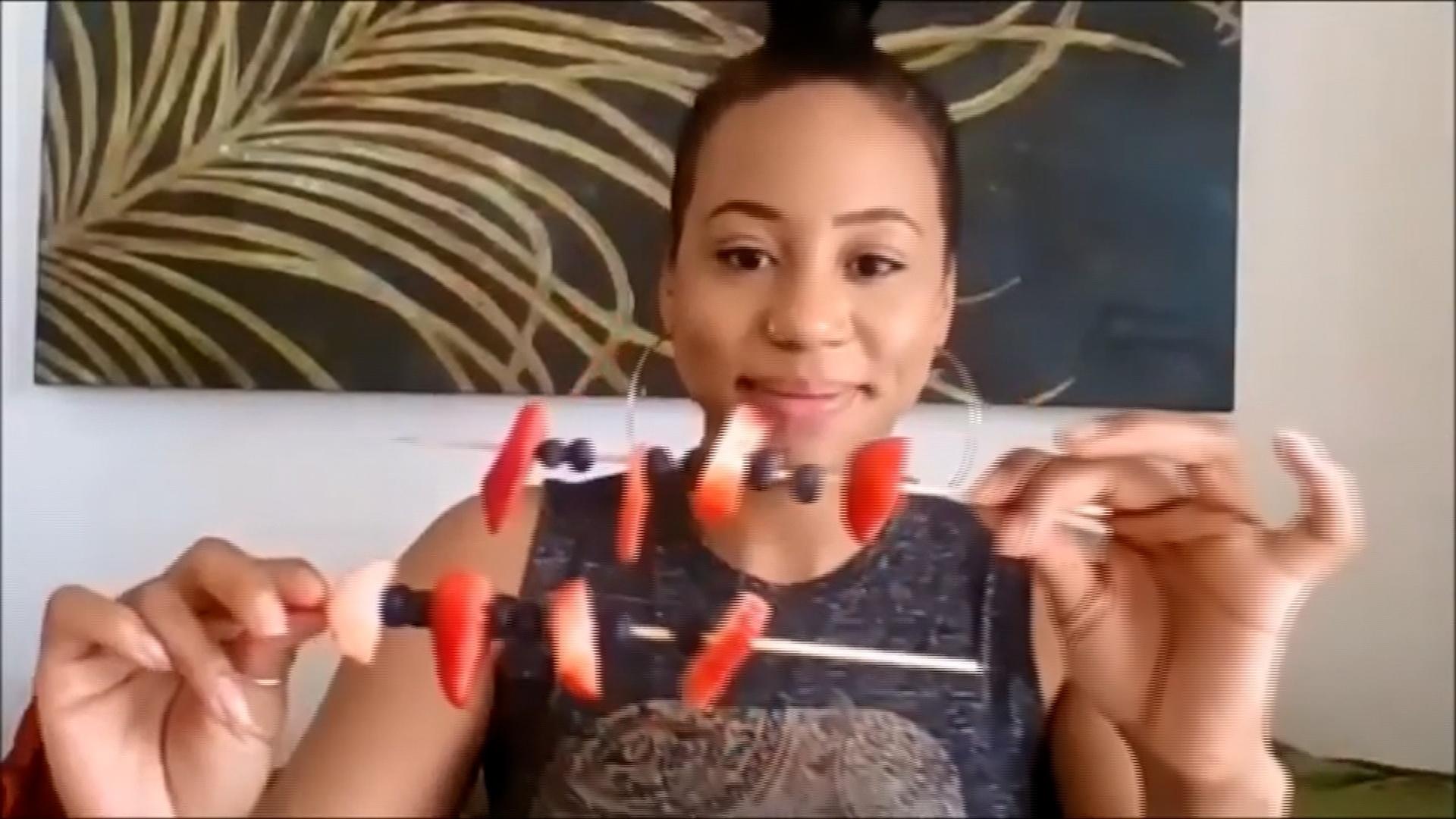
ALL ABOUT PATTERNS
Shana Davis helps children identify and construct patterns.
-
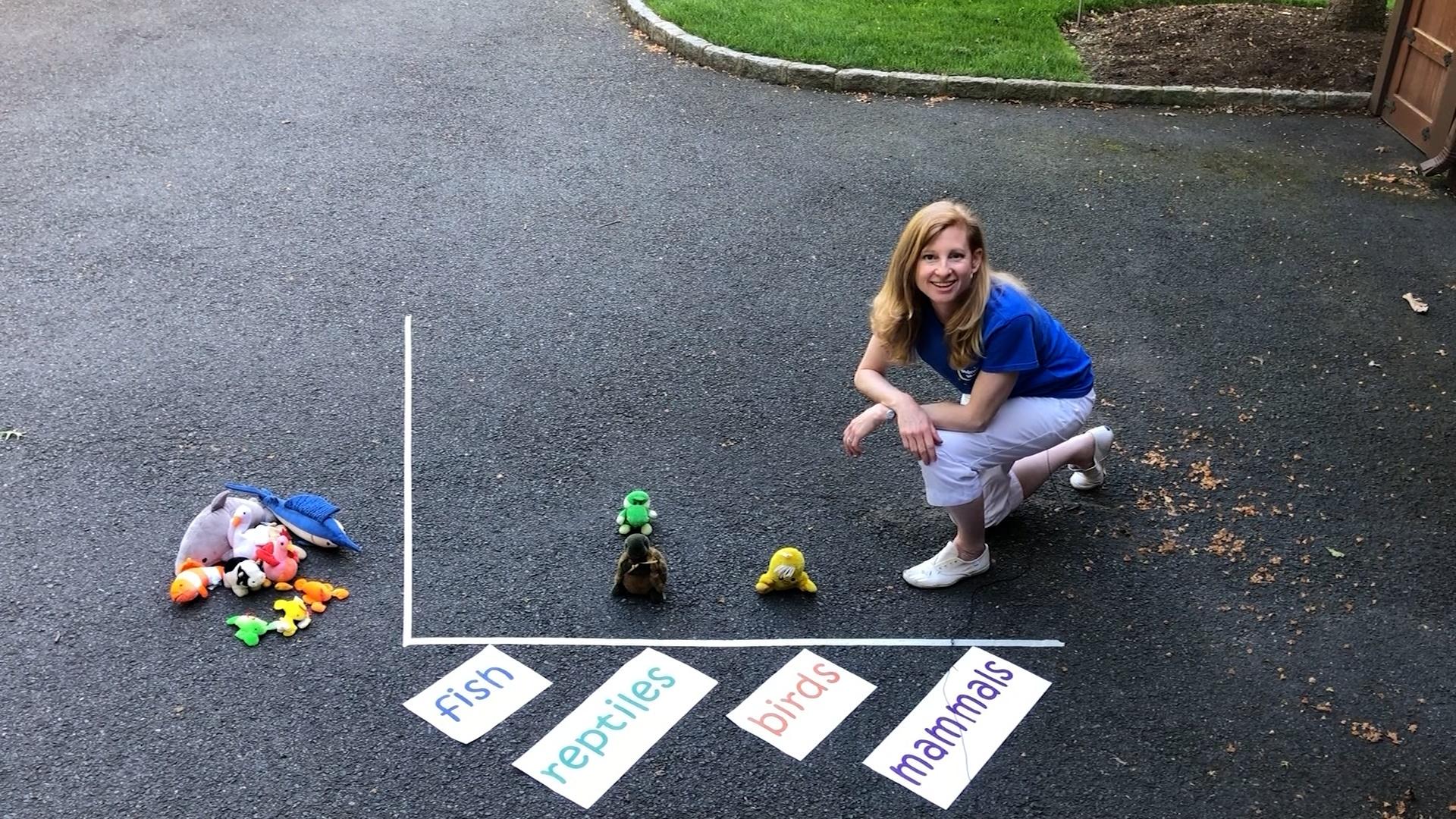
GAGA OVER GRAPHS
Laura Overdeck from Bedtime Math helps students make graphs with items on the ground.
Clips by Subject

